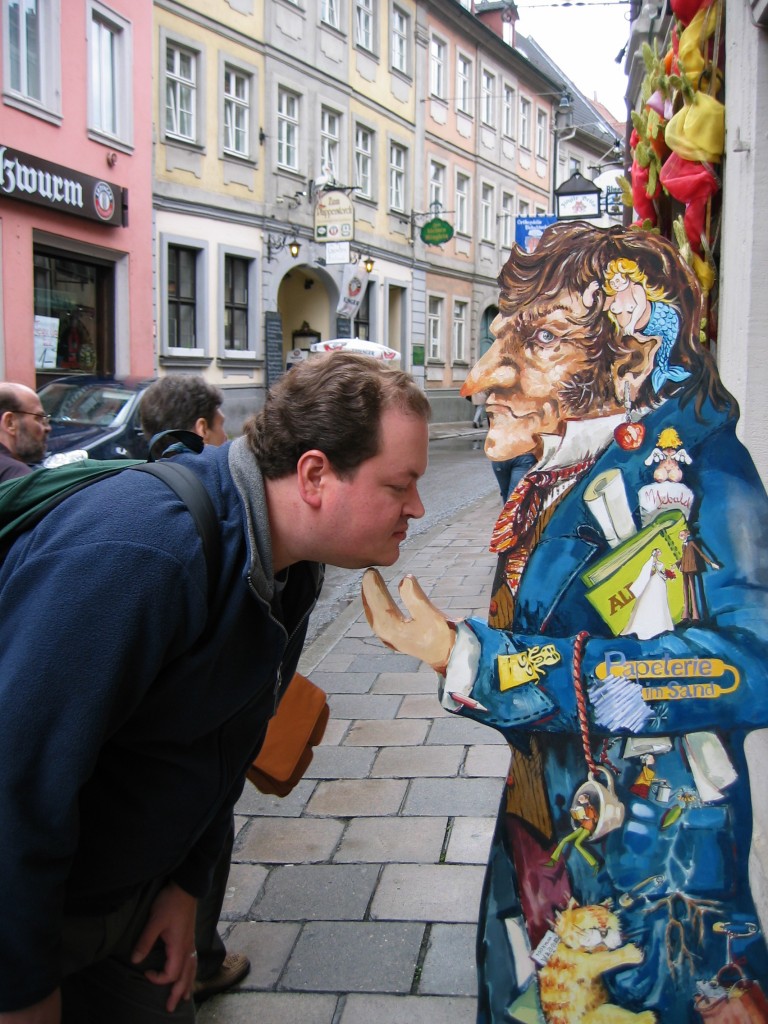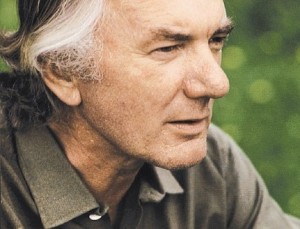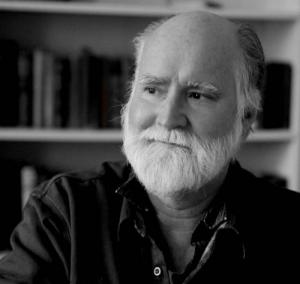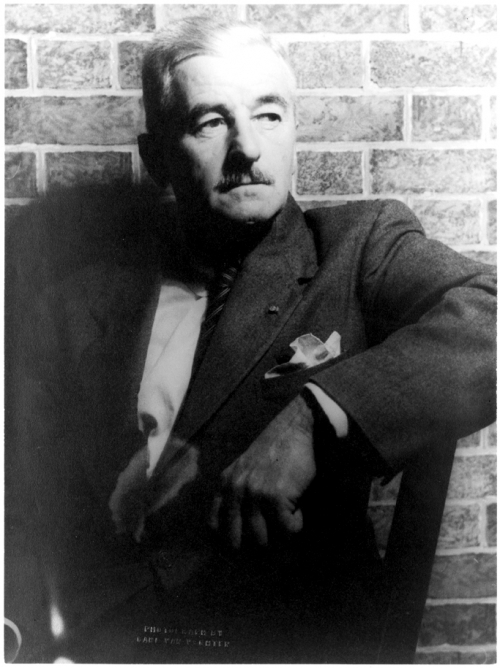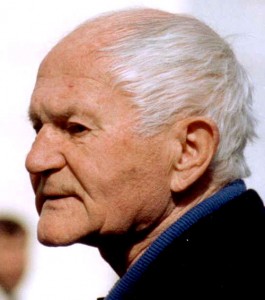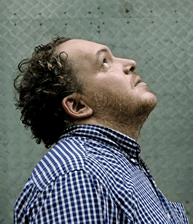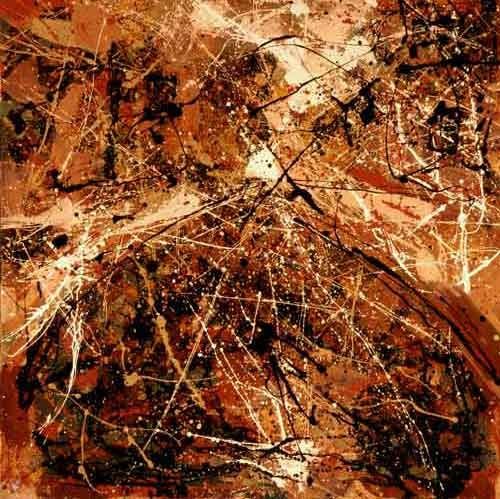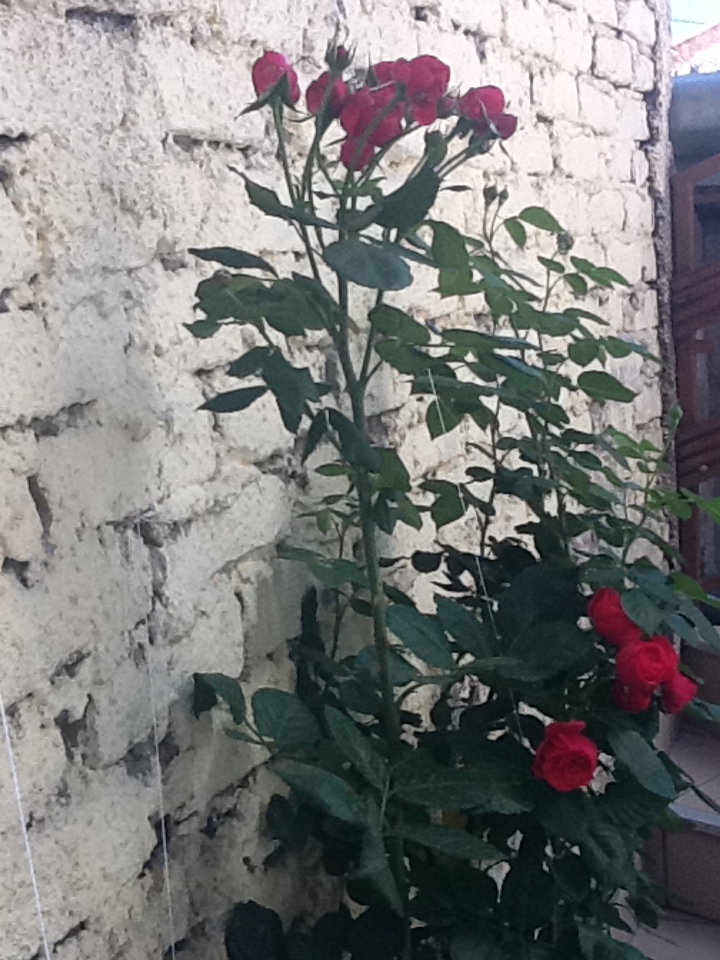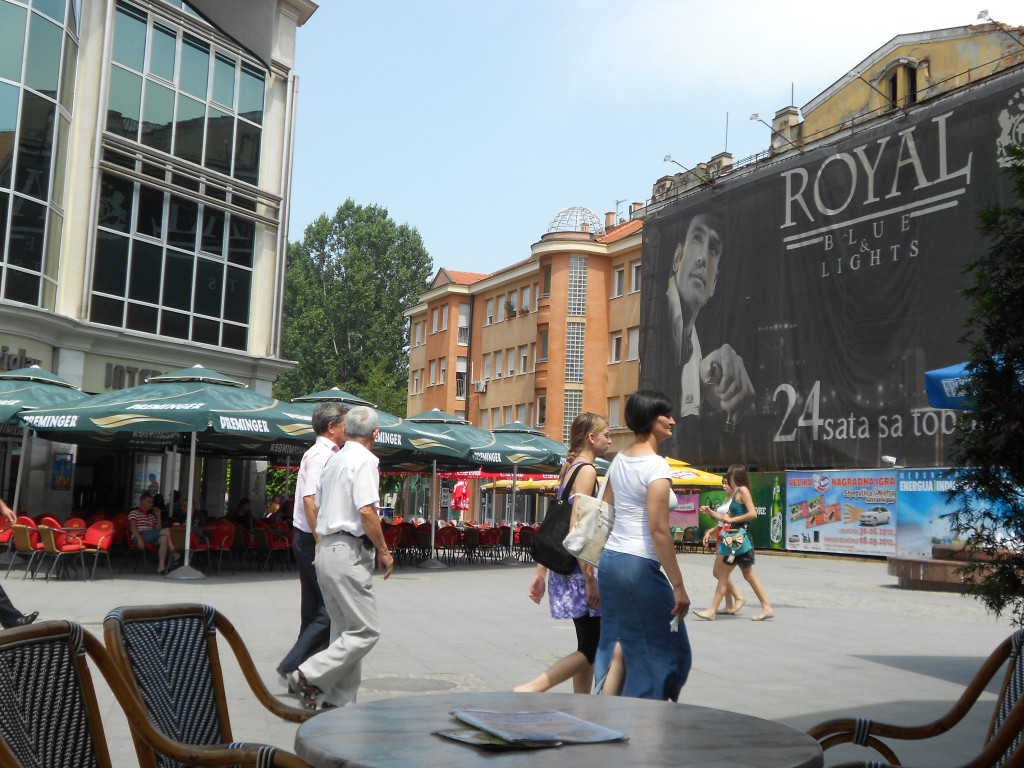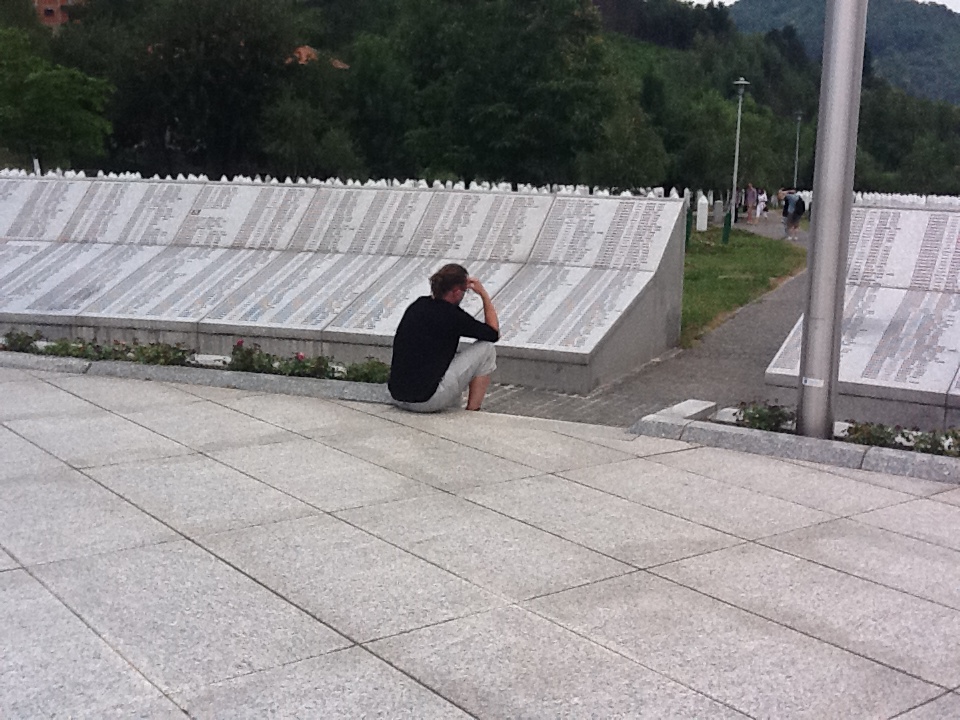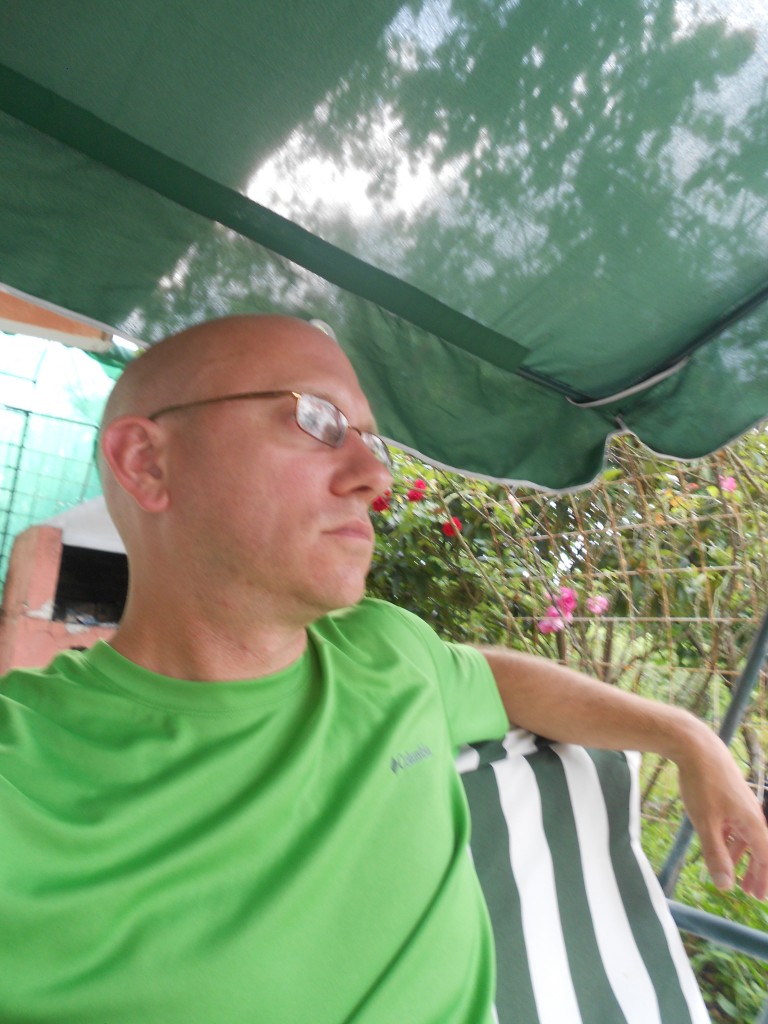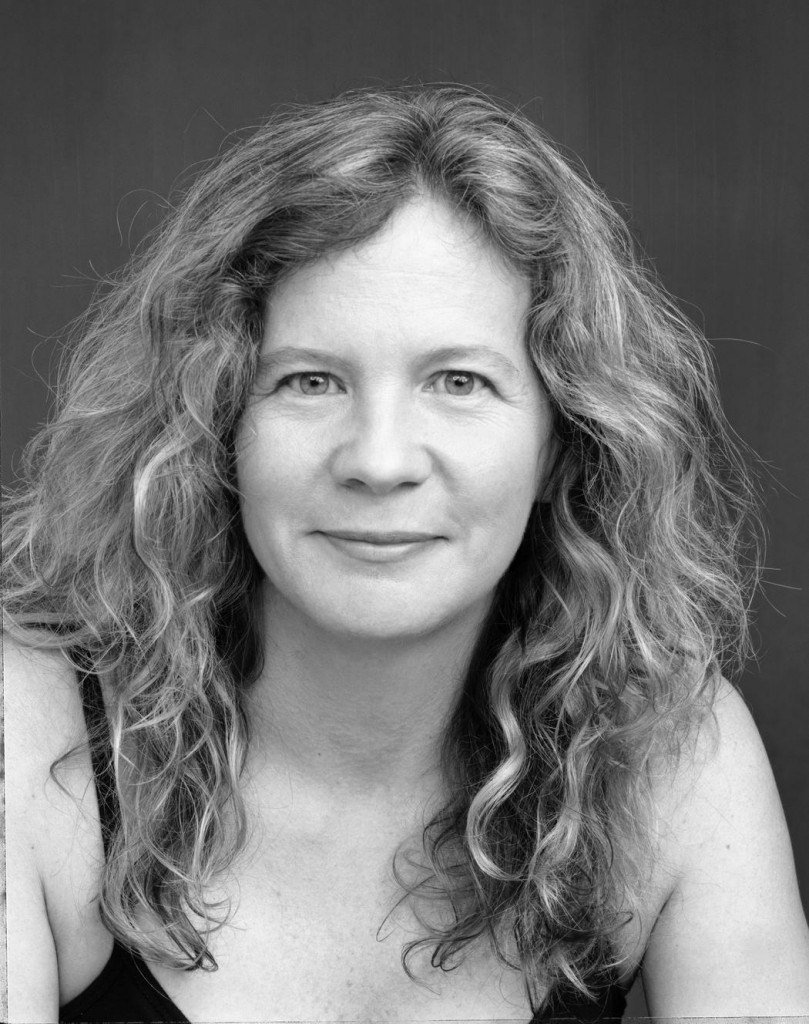 Lisa Moore
Lisa Moore
Alligator teaches us to embark on an absolute concentration on what the eye receives. Like hyperrealist painting, it alters our sensory perceptions of objects around us; we start noticing them and pausing on them once we are out of the novel. She [Moore] concentrates on the defocalizing power of a random element that does not fit within the machinery of life. —María Jesús Hernáez Lerena
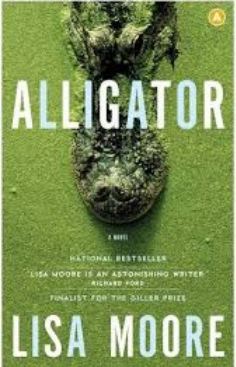
.
The philosopher apparently meets our expectations by spelling out what the “reverie” of the refined poets and the commitment of the contemporary artist have in common: the link between the solitude of the artwork and human community is a matter of transformed “sensation.” What the artist does is to weave together a new sensory fabric by wresting percepts and affects from the perceptions and affections that make up the fabric of ordinary experience. […] What is common is “sensation.” Human beings are tied together by a certain sensory fabric, a certain distribution of the sensible, which defines their way of being together; and politics is about the transformation of the sensory fabric of “being together.” (Jacques Rancière, The Emancipated Spectator 2009, 56)
I am similarly ensnared by consumer products and culture, especially “junk foods” such as chocolate bars: I like to celebrate their blaring colours and slogans, and I like the noisy, chance juxtapositions of everyday things: the newsagent’s sweet counter, the magazine rack, the stall of souvenir t-shirts.” (Cynthia Poole “Exactitude IV” 2008, 1)
x
Lisa Moore’s novel Alligator is fashioned by conferring the still life —the depiction of inanimate objects— primacy over other kinds of discourse. The narrative opens itself up to another medium in order to imitate methods of composition that would be otherwise fully realized in painting, thus resisting the naturalized impulse of narrative to become a transition or temporal process. By this transfer of the still life from one medium to another, I do not only mean that there are abundant descriptions of place and objects in the novel, since all novels depend on this explanatory apparatus {{1}}[[1]]Description and narration are not clear‐cut categories, there is usually instability of their boundaries. Nevertheless, some texts show a marked tendency to one or the other direction. See Heffernan (1993, 6).[[1]], but that the mere sight of objects —a view the reader shares with the characters at all times—, becomes the center of gravity in their lives. Novelistic and biographical discourse is thus counteracted and transformed into a mode of understanding which does not depend on the disclosure of meaning through time but on the peculiarities of shape, color, and brightness that objects possess.
In this article I will attempt to describe Lisa Moore’s method of composition in Alligator and relate it to an analogous form of composition in the visual arts, particularly an artistic movement called hyperrealism, in order to throw some light on the epistemological implications of their common strategies. I will then discuss whether this perspective in the novel —a besetting representation of external reality— addresses or contests certain ideas of cultural distinction and community which are ever-present within the cultural context Lisa Moore belongs to, Newfoundland {{2}}[[2]]Some of the recurrent topics in Newfoundland literature have been the idea of extreme geography, rugged individuals, fraternal communities in the outports, a tradition of orality, and loss of nationhood. See O´Flaherty (1979), Adrian Fowler (1985), Seifert (2002), or MacLeod (2006).[[2]]. “Burning Rock” is the name of the writers’ collective where Lisa Moore began her career as a writer in St. John’s. The phrase refers to an unidentified burning object which fell into the sea off the Newfoundland coast. With this name, its members wish to point to the emergent incandescent energy coming from Newfoundland, The Rock, which until relatively recently was seen as marginal to or lagging behind Canada. They wish to conjure up “images of isolation and extreme subject matter”:
Geographically, we have always been an extremity: on the edge of a new, unknown world, the cusp of the Atlantic Ocean and the North American continent, our topsoil scraped by glaciers and dumped into the Grand Banks. An island on which, for centuries, it was forbidden to settle. And now, economically and culturally we have drifted to a state of emergency. The ball of lightning has burned past us and we stand stunned, dumbfounded by the experience. […] We live in a bruised landscape which cultivates extreme people with extreme stories. (Michael Winter Extremities 1994, xi-xii)
I will address two different but interrelated questions: first, how to think critically about our response to Lisa Moore’s particular invocation of reality in fiction; and second, does Moore’s particular depiction in Alligator of a group of characters in St. John’s constitute some kind of statement about sense of community in Newfoundland? {{3}}[[3]]Lisa Moore belongs to a young established generation of Newfoundland writers who, after Wayne Johnston, have become well‐known beyond their region. Together with other writers such as Michael Winter, Michael Crummey, Kenneth Harvey, Ed Riche, Jessica Grant, Joel Thomas Hynes, etc., they represent the literary present and future in Newfoundland.[[3]]
My approach is conducted by a basic idea that underlies much of the theories of Susan Sontag, John Berger, and Jacques Rancière: the belief in the dichotomy between seeing and understanding. John Berger’s quote “Yet the knowledge, the explanation, never quite fits the sight” (1972, 7) points at this basic premise: an awareness of the mismatch between what we perceive through our sense of sight and the elaborations of discourse. The idea that the image does not make you understand, that it only activates your sensory system, also runs through much of Susan Sontag’s interpretation of the photograph (1977, 110). For her, photography is the opposite of understanding, “which starts from not accepting the world as it looks” (1977, 23). How the world functions must be explained in time. “Only that which narrates can make us understand” (1977, 23; 2003, 89). According to her, muteness in a photograph is an attraction, a provocation; it “makes us feel that the world is more available than it really is” (1977, 24). The art of photography makes no invitation to understanding the world, but to collecting it (1977, 82). For Jacques Rancière, viewing is also the opposite of knowing: “The spectator is held before an appearance in a state of ignorance about the process of production of this appearance and about the reality it conceals” (2009, 2). Additionally, he believes that viewing is also the opposite of being active, “to be a spectator is to be separated both from the capacity to know and the power to act” (2009, 2).
Both critics agree that the photograph, the image in general, is a moral anesthetic, in spite of the fact that it may produce distress (Sontag 1977, 109-110). Our impression that we have come into possession of the essence of tragedy, for example, neutralizes horror, it distances us from it. As a result, history is transformed into spectacle because it possesses the qualities of beauty and eternity (Sontag 1977, 109-110; 2003, 99-103). “Despite the illusion of giving understanding, what seeing through a photograph really invites is an acquisitive relation to the world that nourishes aesthetic awareness and promotes emotional detachment” (Sontag 1977, 111). {{4}}[[4]]Rancière poses that the intolerable image, the image which shows pain or infliction of pain does not necessarily imply or call for action or engagement, since we live “a single regime of universal exhibition”: “the mere fact of viewing images that denounce the reality of a system already emerges as complicity with this system” (2009, 85).[[4]]
This idea of the binary image/word is supported, on a different front, by critics who could be termed sociologists of identity: Nicholas Rose (1997, 244), Charles Taylor (1996, 51), or Anthony Giddens (1991, 54), for example. For them, the self cannot be constructed outside words, it requires verbalization and narration: it requires the story of how things happened. There can be no such thing as instant identity. {{5}}[[5]]Fernández Prieto (1994, 124‐25) claims that there is no identity previous to the act of narration. In order to achieve a sense of the self, we have to become a narrator and construct a plot in which we fashion some of our pasts as characters. Giddens (1991, 54) asserts that we are not to find a person’s identity in behavior, or in the others’ reactions, but in his or her ability to keep a particular narrative going. The self is no longer a list of qualities, but a narrator in search of coherence.[[5]] For Rose “Language is one of the keys to our assembly as psychological beings. Only through lexicons, grammars, syntax and semantics can we organize our thoughts and formulate our intentions” (1997, 234). Psychological language is, for him, the main key to the modern soul (1997, 238).
In Sources of the Self, Charles Taylor (1996 18, 48) rejects the value of the immediate experience or the sudden rupture by explaining that our notion of ourselves only comes through the story of how we have become, the unfolding of how we have travelled to get here. According to him, not to use this framework for one’s life is to fall into a life which is spiritually senseless. “The sense of the good has to be woven into my understanding as an unfolding story” (1996, 47). The self cannot be punctual or instantaneous. Self-understanding necessarily has temporal depth and sense of direction, and incorporates narrative. If we think that we become different persons each time we are in a different situation or if we fail to meet the full challenge of making sense of our lives we destroy our chances for a meaningful life. When analyzing confessional narrative, Dennis Forster remarks that “[n]o matter how one’s experiences may be present in memory, the events of these narratives are understandable only when they are transformed into objects of consciousness, into histories rather than sensations” (1987, 10). His argument clarifies the dilemma of our considering images as mere stimuli that cannot substantiate “real” knowledge, which is only to be accessed through a contextualized historicity. {{6}}[[6]]Melnyk (2003, x) is another author who has reflected on this dilemma: “We know that reality is separate from language and beyond language, although language claims to offer us the truth of reality. At the same time we are not comfortable in a reality beyond the explanations of our language. If we find ourselves in a situation that is unexplainable we become either fearful or we struggle to find within our language some explanation. Trapped in the discourse created by our culture and our time, we are lost without it.”[[6]] Thus, we seem to be immersed in a battleground where the warring forces are the dissociated images —objects which belong to the realm of suspended temporality— and articulated plots sustained by informed rationalizations. {{7}}[[7]]Photographs make us confuse beauty with truth, according to Sontag (1977, 112): “the truths that can be rendered in a dissociated moment, however significant or decisive, have a very narrow relationship with the needs of understanding.”[[7]]
One paradox inherent in Alligator is that, although the novel’s plot is action-packed, it is structured around the perception of a few objects whose presence becomes overpowering. A jar, a metal Christmas tree, the walls of an elevator, the arrangement of objects on a restaurant’s table, a plastic bag that contains food, reflections of the city in a car door. The visual qualities of these objects are a magnet around which events and thoughts seem to rotate. Due to the intensity of gaze these objects are given, the novel’s plot, events, even the thoughts of the characters, seem to be beside the point. The characters’ past also appears to them in a clear and crystalline form: like light falling on surfaces.
In a narrative, a description does not materialize into a still life merely because an object is being described; the description resembles a pictorial still life when the reader feels that a frame has been put around a small section of static material reality and the surrounding area remains out of sight. The same object may be shown again but, contrary to common poetic strategies which turn the object into a symbol once it has appeared several times in the narrative —and it has become interwoven with events and feelings—, the still life retains its specific characteristics in isolation, impervious to the meaning-making processes that narratives per se impose. Alligator opens with a young woman, Colleen, watching some footage where a man surrounded by a crowd is taming an alligator. For some time the narrator focuses on a helium balloon tied to a little girl’s wrist:
The balloon looks like a hole burned through the sky. There’s no wind, but the balloon jerks when the little girl shifts her weight. It jerks to the side and bobs and then settles, becomes still. There isn’t a cloud. The little girl’s blond hair is spread over her shoulders and bits of sunlight come through it and some of her hair is full of static and it stands up and the sun makes it buzz with light. (1)
A spellbinding fascination arrests the pull of the narrative. We are clinging to a sort of tableaux vivant whose mise-en-scène leaves the temporal processes of the plot without a sense of purpose. Both character and reader are given the position of a stunned viewer, what we see is sharply outlined but slowed down and torn from context. This ocularcentric approach presides over Alligator; the reader is put inside metaphorical bubbles which somehow prevent a rationale. The impression that characters are in a bubble returns many times:
On the street the boy from next door was playing with a bubble wand. He pressed a lever in the handle and the wand opened out into a large diamond shape and bubble liquid shot up from the clear handle and coated the plastic diamond when he tipped it into the breeze and a giant bubble wobbled into the air and lifted from the wand, and it caught the reflection of the landlord’s Jaguar, which was parked outside the bed-sit and the black streaky gleaming car slithered on the curve of the oversized bubble. (225)
Slavoj Žižek claimed that repetition turns an element into a symbol, that it ascribes a metaphorical import to an event due to our need for transcendence. “The crucial point here is the changed symbolic status of an event: when it erupts for the first time it is experienced as a contingent trauma, as an intrusion of a certain nonsymbolized Real; only through repetition is this event recognized in its symbolic necessity” (1989, 61). However, this direction of meaning is at odds with the dynamics of our understanding in Alligator: the objects depicted do not become symbols. What we perceive is the intensity with which the narrator or the characters look at them. Once an object becomes a reference for something else, the still life somehow loses its force. This is because the reader’s pleasure originally lay in the actual physicality of the thing, not in its evocative or allusive power. This is contrary to painting, where still lifes have historically gone hand in hand with fixed metaphorical traditions. Whether or not we wish objects to become metaphors, the actual achievement in a medium formed by words is to be found in the materiality they seem to bring to life, in their rotund visibility.
Thus, the usual methods of characterization in novels are somehow put on hold in Alligator; there is no panoramic setting that may hold or explain characters. Readers encounter mainly the exigent presence of objects. The first time we meet Frank, a street hot dog vendor in St. John’s, we read:
FRANK’S GOT THE windows open and the warm night breeze jostles the handful forget-me-nots sitting in a Mason jar of yellowish water on the windowsill. A few petals move on the surface of the water like tiny boats on a still lake. The glass jar and the submerged flower stems are coated with silvery beads of air. There’s a housefly near the jar, bluish and iridescent, lying on the crackled paint of the windowsill, since Frank moved in a few months before Christmas, two days after his nineteenth birthday. (10)
After this still life we are informed of the string of events in Frank’s past that the narrator recollects for him: Frank’s mother died of cancer, he sold her furniture, he was evicted and moved to a bed-sit, he became a hot dog vendor in a sleazy street in St. John’s, an Inuit man hanged himself in an apartment above his, the police came and removed the body. But all these chunks of experience are related as if in haste, while Frank himself is standing, having a shower, thinking. There is no analysis, no comment: meanwhile the way objects stand before Frank’s eyes while he is thinking acquires a full dimension. The objects are explored as if with a magnifying glass: minimal spaces which the narrator makes conspicuous by describing the way the light makes them appear. These descriptions are not ornamental or explanatory, they form the very substance of the tale.
At this early point in the narrative the reader may not yet suspect that the overwhelming presence of objects may in fact not be there for the sake of our understanding of the characters, their moods, or their plights. After all, we could agree that the image of a preserve jar and a dead fly on an old window sill may evoke the emptiness, the silence, the vacuity of a life. As has been previously mentioned, having objects as projections of the character’s situation is indeed a common literary device. However, at the end of this chapter, Frank leaves the room and we read:
Inside Frank’s empty bed-sit, water drops travelled in hesitant, zigzagging paths down the plastic shower curtain, and in the window several air bubbles on the stems of the flowers in the Mason jar floated to the surface and broke soundlessly. The breeze nudged the flowers into one another and the stems tippytoed across the bottom of the jar. (17)
Then we realize that objects, this object here, is not a thing which irradiates emotion coming from a human source. The relevance given to the physicality of the jar, its inner workings —so to speak— alters our idea of Story itself, story defined as sequence of events or a flow of emotion. Alligator becomes a medium to render life as externality attached to trivial, inconsequential objects we do not normally care to perceive in their full essence. At the end of the chapter we have been given a glimpse of Frank’s life but after he leaves, the object (the Mason Jar) is the element that remains there to give a sense of closure to the chapter. The attention paid to the jar seems to reduce everything else to insignificance, to diminish the pull of narration by having us stare at a random element when the room is empty. What stays is the solidity of the object, the little changes in its appearance; the rest seems to be ephemeral, pure silence. Narrative as such evaporates and the way an object impacts our retina remains. The personality of the object becomes the priority.
The abundance of examples of the previous strategy in Alligator implies that the novel articulates our dependence on the visual mode as a mode of conscience. This affects the reading experience structurally: all fiction strives to make the reader visualize but some fictions, such as this one, engage in the visual as a literal index to reality, even when the image itself is outside the drama of the story. That does not make its “reality” less urgent. When we experience a moment of intensified perception, we put continuity and sequence on hold. And this is the way suspense is created here: it defines experience as visibility in a strictly physical sense and stops short at that, without offering reasoning in transitions. The author refuses to provide the consolations often implied in novelistic, biographical, or historical narrative. These explanatory structures often assure us that life is a journey which can be explained by the author, that we have access to the characters’ minds and understand them, and that we can morally assess their decisions.
The presence of objects through their materiality of glass, metal, clothing, plastic, skin, is insistent (Fig. 1). Their solidity is sometimes offputting, even fierce, and it upsets the fluidity that events, feelings, and thoughts are supposed to be given in a narrative. To focus on the way objects are depicted in stories leads us to the question of narrativity and narrative resistance, that is, to the questions: Is reality amenable to storytelling? and, can we translate reality into a continuous and coherent temporal sequence? Any story is the abstraction of a temporal trajectory, a humanized sequence of events or emotions, of accomplishments and frustrations, or psychological deepening and sometimes of healing. Objects, on the contrary signal an impasse, an impenetrability, the indifference of the inanimate world.
 Figure 1. Steven Smulka. “Solar System.” 2011, Oil on Linen, 76.2 x 116.8 cm.
Figure 1. Steven Smulka. “Solar System.” 2011, Oil on Linen, 76.2 x 116.8 cm.
Other explanations of the function of objects in literature have run against the above-mentioned interpretation of objects as repository of absence and of aloofness. The latter interpretation of the role of objects in narrative has been given, for example, by genre theory. The short story as a genre does not seem to depend on the rendering of temporality in the degree that the novel does, and one recurrent strategy to enhance meaning is to use objects to which characters become emotionally attached in order to express, through them, the characters’ ordeal. {{8}}[[8]]See Elizabeth Bowen (1994, 262) and Michael Trussler (1996, 558).[[8]] This paradigm for understanding the characters’ dilemmas is a model usually called “feeling behind the surface,” that is, trivial objects embodying conflicts. The objects contain a quality of latent lyricism and speak on behalf of the characters. They signal turning points in their lives, they implement a revelation or show the manifestation of something hidden. The effect is usually of tragic awareness: a detail, an object from the past, emits significance without explicative intrusion; it discloses the character’s essence. {{9}}[[9]]Well‐known examples are the pear tree in Katherine Mansfield’s story “Bliss” (1920) or the snow in Joyces’ story “The Dead” (1914).[[9]] Our associations may be false but they show us the mechanism of our thinking: we like to believe our actions and feelings do have an effect on our environment, on the objects around us.
However, the objects we find in Alligator are not so obviously there for the sake of the distillation of meaning. If they are disturbing and their presence cannot be shaken away it is because of the fetishized relationship characters have with them and also because of the author’s frantic attention to visual compositions of objects and light: they are not peripheral, they always remain sharply focused in a close-up mode. Lisa Moore creates a certain kind of bond between words and things, a certain responsibility within language to render ocular arrangements. A focus sharper than you’d thought possible, as a fellow writer said. {{10}}[[10]]See Tracy Whalen’s (2008) view on the scope of Lisa Moore’s rendition of hyper‐sensory details.[[10]]
Madeleine is another character whose experiences we trace and whose life is patterned through vivid perceptions of a number of objects. She is an aging film director, obsessed by making a film with iconic images from Newfoundland: a priest, a cliff, the foaming sea, the rocks, horses running wild. She tries to put together this scenario for the film, she gets into trouble because of the transportation of horses, she has imaginary conversations with the archbishop whose letters she found in the Roman Catholic Archives. But her obsession with capturing the essence of Newfoundland becomes somehow secondary when, almost at the end of the novel, she gets inexplicably, almost pathetically, fascinated by a metal Christmas tree in the middle of the summer. The narrator says on her behalf:
It was as though she had unleashed all of her loneliness. Her loneliness had been imprisoned in a tree, which happens all the time: and she had been forced by some evil spell to walk up and down the aisles of Canadian Tire, forgetting why she was there (clothespins), until she found the tree. When she got it home, the tree leapt out of the box, screaming absurd loneliness in eight different languages. A burning bush of shame, how old she is and weak-feeling lately and the film is lost and how profoundly alone with a ball and chain of a film around her neck. (180) (My emphasis)
This passage may be interpreted as a parody of one the best known revelations or epiphanies in the history of English literature, the one rendered in Katherine Mansfield’s story “Bliss”: an upper class woman looks at a tree in her garden and comprehends how mistaken she was about her life and achievements. When looking at a tree in full bloom, she realizes she has lost her husband and her best friend. Madeleine wants to uplift the idea of Newfoundland through images but instead finds herself attached to a cheap commercial object. Moore is responding here to the often trotted-out western tradition which unites objects and feelings. This becomes even more conspicuous when Madeleine says in addition to the previous comments: “There is no need to question the rightness of the tree. She wanted some stone stupid objects in her life that are irrevocably themselves” (181) (my emphasis). Clearly, objects do not have to stand for emotions. Moore is explicitly defining objects outside our need to turn them into bearers of significance. Their solidity may be the only source of comfort.
Thus, in Alligator, Madeleine makes her final, important point: objects are, after all, just objects, and not any other thing or idea, and she claims their validity as such. But although objects are that, just commonplace things, even if we need to attach to them some psychological import, the very juxtaposition of objects and feelings hints at the monstrous separation between inanimateness and the continuity of ordinary life, at the abyss between life and non-life. The act of looking at something and the way Alligator is studded with these images increases this very distance. No quantity of words can make up for life’s opacity. There are no doors for in-depth revelations. However, the final issue in this novel does not seem to be the encounter with the untameable inhospitality of reality; Moore’s novel conveys a recognition of its impenetrability as well as an offer of a certain kind of pleasure, a call to pause on the objects’ idiosyncrasy. Experience is both blazing and numb, as one character in the novel says about love (263). By inflating the status of the sense of sight, Lisa Moore offers us narrative as bondage: this term, taken from dictionaries of fantasy —so concerned with alteration in narrative– means: “an engagement with story not as process but as bondage, that is, being trapped by a particular place or physical shape that keeps you immobile, under a spell” (Clute & Grant 339).
Alligator does not only represent the case of one medium (narrative) and a genre (novel) taking on the nature of another medium (painting or photograph) and genre (the still life): it contains an explicit dialogue with a painting style, a certain method of rendering external reality that an artistic movement, hyperrealism, has made well-known in the last few decades. {{11}}[[11]]See Takacs for a definition of the hyperreal in the context of digital art and the contemporary indiscernibility between the actual and the virtual.[[11]] Lisa Moore’s interest in genre hybridity may have to do with the fact that she is an art critic. She studied Art at the Nova Scotia College of Art and Design and is an art journalist for a variety of Canadian newspapers and magazines. In Alligator, a meeting between two characters takes on the iconic quality of the paintings of photorealists and hyperrealists: a shaltshaker is foregrounded, “It was ordinary, with a stainless-steel screw on perforated lid and a fluted glass bottom. The salt looked very white” (83). Two friends meet at a restaurant: “There were white truffles in small jars under lock and key. The ceiling was stucco with bits of mirror and the tablecloths were checked and the balsamic vinegar and olive oil were poured into a saucer that must have a matching teacup in the back” (174).
Frank visits Kevin, another poor child who, like him, had to be kept in a home as a child. Both have been beaten down by life and they meet at Kevin’s run-down flat many years later:
The rain came down hard, drilling the metal garbage tin, rising up like white fur from the slabs of the concrete that made up the patio, spiking off the arm of the plastic lawn chair. Kevin unwrapped the bologna and, peeling off the wax rind, dropped each slice in the sizzling margarine. (259)
The embarrassment they feel at the uneasiness of being together is replaced by a concentration on objects (their conversation revolves around a frying pan). These are all very clear cases of ekphrases, literary representations of visual art. Ekphrasis is a mode of narrative which speaks to and for works of art, not only about them (Heffernan 1993, 7): it is the “art of describing works of art, the verbal representation of visual representation” (1-2). Its difference from pictorialism is that the latter “represents natural objects and artefacts, not art.” Ekphrasis represents pictures. And in this case, pictures which represent photographs, which look like photographs, as is the case with hyperrealism.
Whenever there is a shock experienced by the characters it is associated with a certain kind of brightness, a colour, a piece of clothing that assaults the characters’ memories persistently after seeing it. Scenes in Alligator are transformed into “metal experiences,” also plastic and glass: electrified fences, coins, saltshakers, plastic nozzles, meat in fridges, sun striking the doors of cars, the remains of food on a dish, bottles: precisely the icons that hyperrealist writers have painted over and over again. There are too many coincidences to be overlooked. Coincidences in subject-matter, method and purpose, even ethics. One could even say that Lisa Moore is establishing an open dialogue between her strategies of written composition and the pictorial approach to reality that has become the trademark of hyperrealism. She has gone beyond fiction to converse with visual art.
Hyperrealism is a style of painting, although some painters and critics consider it a proper artistic movement, which seeks a perfection of resolution above all other painterly interests (Head 2009, 16). {{12}}[[12]]See Clive Head (2009, 8‐19) and John Russell Taylor (2009, 20‐53) for a manifesto of hyperrealist principles. Some hyperrealist painters of a variety of nationalities are Tom Martin, Tjalf Sparnaay, Cynthia Poole, Pedro Campos, Ben Schonzeit, Paul Bèliveau, Cesar Santander, Steve Smulka (Fig. 1), etc. Literature on and reproductions of hyperrealist paintings can be found at the following websites: http://www.justart‐e.com/; http://www.meiselgallery.com/; http://www.tjalfsparnaay.nl/home.html; http://hyper‐tom.deviantart.com/. Apart from Bèliveau, there are other Canadian hyperrealists who use the photograph as their starting point: Robert Potvin, Wayne Mondock, Merv Brandel, Olaf Schneider, Brandi Deziel, Evan Penny (sculptor), etc. however, not all their work would be closely related to the hyperrealist impulse. In Newfoundland we can also find paintings by Helen Parsons Shepherd and Mary Pratt. Lisa Moore’s iconicity in Alligator, however, does not seem to be related to the Canadian painters but to less panoramic artists who obsessively represent certain kinds of objects mainly related to an urban American tradition.[[12]] Hyperrealists seek to achieve a hypnotic sense of objective presence. They want to make the real and the illusory indiscernible: reality in their paintings looks like a photograph. The photograph is indeed their technical starting point and from that primal source, they enrich its photographic reality, they make it more palpable, larger, impossible to obviate. The real is translated onto the canvas through the camera and then it is “photographed” by painting it. They make of minimal spaces and objects magnificent feats of physicality. Some say their work is more realistic than photography. They do not leave marks of brush strokes on the canvas; functionality is emphasized. They are said to be an outgrowth of the photorealist movement which started in the 1960’s especially in America, whose subject-matter was mainly cars, motorcycles, diners, fast-food emporiums, etc. They believed that their work should adhere strictly to the information found in the photo, as the photo was the object to imitate because in their time it was the supreme reality. They zoomed in on shop windows and through doorways. Most of the time they approached a culturally charged subject matter (American everyday objects) while retaining the objective stance: their aim to reveal banality and beauty, but also address the industrial wastelands of our civilization. Some well-known photorealists are Richard Estes, Ralph Goings, Charles Bells, John Baeder, Tom Blackwell, et al. {{13}}[[13]]See Louis K. Meisel (2002) for an introduction by Linda Chase and for excellent reproductions of paintings by most photorealists.[[13]] (Fig. 2 and 3)
Then again, at the beginning of the 21st century painters from a number of nationalities mainly exhibiting in One Plus Gallery in London, England, formed a movement called “Exactitude.” They showed a similar approach to reality to that of the photorealists, but this time they expanded their techniques and their range of subjects. They abandoned their fidelity to the photograph too. They added more detail than any photo would ever show and from the emphasis on urban wastelands and American cultural icons, they would move on to other less panoramic views in order to bring the contemporary commonplace to our attention. A certain amount of explicative literature has been gathered by them and about them. Certainly, the language painters and visual critics have used to describe their hyperrealistic methods and philosophy helps us to understand better the artistic qualities displayed by Lisa Moore in Alligator.
 Figure 2. Ralph Goings. “Double Ketchup.” 2006, Pigmented Inkjet on rag paper. 22×32.75 in. Edition of 30.
Figure 2. Ralph Goings. “Double Ketchup.” 2006, Pigmented Inkjet on rag paper. 22×32.75 in. Edition of 30.
 Figure 3. Randy Dudley. “Coney Island Creek at Corpse Ave.” 1988, Oil on Canvas. 28 1/2 x 54 in.
Figure 3. Randy Dudley. “Coney Island Creek at Corpse Ave.” 1988, Oil on Canvas. 28 1/2 x 54 in.
One of their maxims is that things deprived of their functions and of their context reveal their real status: “A thing stripped of its real function […] revealed to me the poetry of reflection, distortion and light!” says Dutch painter Tjalf Sparnaay (2002, 34). For him, the object is explored and discovered down to the smallest detail: “Under the realistic surface of this painting is the soul of the object, and essence we were never aware of before” (Introduction). He usually paints fried eggs, banana peels, half-eaten food, dishwashers, packaged meat, etc. He tries to find beauty in ordinariness and is fascinated by banal subjects unrelated to mainstream aesthetic traditions, the question being “is this thing really so ordinary?”:
Clean Crockery! A fresh start, gleaming as if nothing has happened, ready to be dirtied again. But then that is the whole point of crockery —and of the dishwasher. We are happy with it, although we never take the trouble to see how nice it really is. So I’ve done that for you. Our domestic and eating tools shine in all their clean-lined stupidity. (2002, 56). (Fig. 4)
 Figure 4. Tjalf Sparnaay. “Vaatwasser” (“Dishwasher”). 1998, oil on canvas, 185 x125 cm.
Figure 4. Tjalf Sparnaay. “Vaatwasser” (“Dishwasher”). 1998, oil on canvas, 185 x125 cm.
When trivial objects are contemplated in their timelessness, we obtain a renewed sense of reality:
Time stands still when I place these objects in a classical arrangement, removed from the context of their day-to-day surroundings. Ideally, this sense of timelessness is the way in which my technique is close to the 17th century Dutch tradition” (http://www.tjalfsparnaay.nl/index_eng.html)
Sparnaay talks back to classical painters by having their iconography transformed into a consumerist product, his most famous painting being that of “Meisje Van Vermeer in Plastic”, a version of Vermeer’s “Girl with a Pearl Earring” wrapped in plastic and with a price tag (Fig. 5) (see http://www.tjalfsparnaay.nl /overview/meisje_vermeer.html).
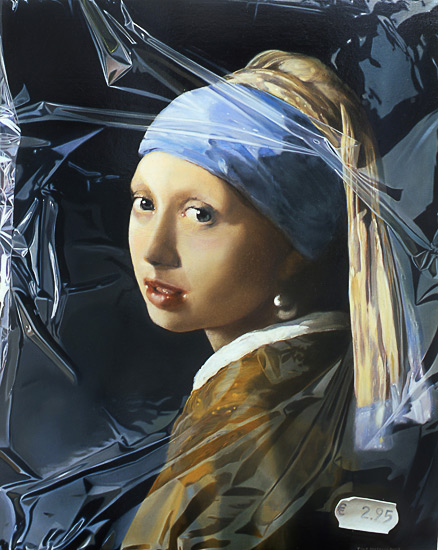 Figure 5. Tjalf Sparnaay. “Girl with a Pearl Earring in Plastic”. 2002, oil on canvas, 75 x 60 cm.
Figure 5. Tjalf Sparnaay. “Girl with a Pearl Earring in Plastic”. 2002, oil on canvas, 75 x 60 cm.
These painters share an acute awareness of the visual overload in our contemporary society, but they accept the ubiquity of consumer products and attempt to create new relationships with them: “The visual overload we are exposed to day in, day out, has deprived us of the ability to look “purely”, in the same pure way a child, for instance, looks at reality. The visual harmony of things is dictated not, as consumer society would have us believe, by perfection, but by imperfection, idiosyncrasy and unpredictability.” (Sparnaay 2002, 46).
Another hyperrealist, Cynthia Poole, says:
Many of the pictures are of chocolate bars and crisp packets, either in newsagents’ displays or in vending machines. I like their vivid colour and strident competitiveness. These objects are normally only perceived as signage, their actual visual qualities, particularly in combination, are invisible —yet they make up much of the visual fabric of contemporary life. […] Again, that captivating combination of ordinary objects, vivid colours, and strong signage. Still close-cropped, taking still life outside into the larger urban context. {{14}}[[14]]In http://www.plusonegallery.com/Artist‐Info.cfm?ArtistsID=382&InTheNews=1&Object= #Press (Last retrieved April 2, 2012).[[14]]
Cynthia Poole is interested in the surfaces and signage of everyday things, mass-market, consumer items, so that she can rescue them from our familiarity with them. She thinks of her work as “contemporary still life.” (Fig. 6)
 Figure 6. Cynthia Poole. “Displaced Mints II.”2011. Acrylic on canvas. 100 x 120 cm.
Figure 6. Cynthia Poole. “Displaced Mints II.”2011. Acrylic on canvas. 100 x 120 cm.
Thus, they promote a sense of seeing anew through an intense gaze at objects that are otherwise background and meaningless. Their aim is to activate a sense of visual excitement with our immediate environment (Clive Head 2009, 12). They share a common optimism “which asserts humanity’s ability to create beautiful objects” (10). Sometimes they represent reality in an almost forensic way, like Vania Comoretti; {{15}}[[15]]See her pictures at http://www.vaniacomoretti.com (Last retrieved April 2, 2012).[[15]] their purpose being to bring clarity and focus to our lives, suspend disbelief, realize meaning in the mundane. Sparnaay claims that: “As a painter I seek my personal reality in almost trivial subjects. […] even a till receipt offers a voyage of discovery.” (2002, 102).
They also like to experiment with the borderline of meaning: how close does a close-up have to be before becoming blurred and decontextualized?:
I like to arrange the objects in a ‘modern’ way: thanks to the camera, we are overwhelmed by images; we are used to seeing multiple views of the same thing. […] I am also interested in the close crop: how close can you go before the composition becomes entirely abstract, or the context incomprehensible? (Cynthia Poole at http://www.plusonegallery.com/Artist-Info.cfm?ArtistsID= 382&Object=#Bio)
They sometimes openly manifest that theirs is not an art of social illustration or comment (Head 2009, 10-12), it is not an art which raises issues, or cultivates irony. {{16}}[[16]]An exception would be Denis Peterson, whose astonishing paintings of poverty and marginality pose as call‐to‐action photographs. See, for example, “A Tombstone Hand and a Graveyard Mind” in his exhibition “Don’t Shed No Tears” at http://www.denispe terson.com/.[[16]] Their dedication is to a world that has already shaped its identity; that is, there is no troubled relationship with “objective reality.” They say, we see what others miss and then make it compelling (Fig. 7).
Most of these painters are interested in a corner and not in the big picture, not in the architectonics of place and the archways of biography or feeling but, like Lisa Moore, only in that restricted visual space (or object) our eyes can apprehend with intensity. {{17}}[[17]]These painters had a hostile or rather indifferent critical response. According to Clive Head, the brainchild of Exactitude in Europe, “The art world is predominantly a place for political or social pronouncement, not a forum for aesthetic development” (2009, 14). After so much conceptual art, they think of their realism today in terms of avant‐garde. There are websites devoted to them which engage in making this kind of art known to the public. See, for example, “Deviant Art” (http://hyper‐tom.deviantart.com/gallery/#). Clive Head (2009, 18) claims that “Exactitude occupies a very particular stance within the contemporary scene. Undeniably rooted in their own personal creativity, these artists nevertheless present a collective position against the philosophical underpinnings of the mainstream. What might be seen as a conventional pursuit in another era could be regarded as radical in today’s context. The failure of the media and large art institutions to embrace this art only intensifies its outsider status, consolidating it as an avant‐garde movement.” A return to representation was seen as a retrograde step. See also Russell Taylor (2009, 33‐45) for a discussion on the criticism to this art and a meditation on the use of photography in painting.[[17]] They wish to possess the world and remove it from chaos (Head 2009, 12), or what is the same, from time. The world, or better, certain parts of the world are presented in a state of permanence, their object apparently, as Jean Baudrillard (1976, 1018) had claimed, “to enclose the real in a vacuum, to extirpate all psychology and subjectivity in order to represent pristine objectivity.” This project was common, for example, to the Nouveau Roman. It was an attempt to elide meaning by exhibiting the attrezzo of a meticulous reality.
 Figure 7. Tom Martin. “One of Five.” 2009, Acrylic on panel, 90 x 90 cm.
Figure 7. Tom Martin. “One of Five.” 2009, Acrylic on panel, 90 x 90 cm.
Hyperrealism has sometimes been harshly criticized for being an art without soul, without a transformational end, that is, it has been regarded as unable to awaken consciences. Hyperrealist ethics, an extreme commitment to the reproduction of reality, seems not to be enough. After all, so-called “objective realism” has been downgraded from the early 20th century. Is this just art for art’s sake and therefore just barren aesthetics? Perhaps we are still clinging to a very limited definition of aesthetics, forgetting its capacity of awakening us into the qualities of the world. Or, could we say that hyperrealism represents the aggressive triviality of modern life and that therefore, Lisa Moore´s method liberates her portrait of contemporary St. John’s from all duty to depict inner states or to raise social issues?
Is the effect “glacial”, as some have said? Hyperrealists have been accused of not trying to depict inner states, to eliminate the presence and the interpretation of the painter. These questions about artistic positioning, as well as about method and subject-matter, bear on the impulse which generates Lisa Moore´s novel: her penchant for the still life, her close-ups of objects from kitchens and restaurant tables, her insistence on the city reflections on cars and windows, her habit of rendering people (characters) as patches of colours. The prominence of the surfaces of everyday consumer products turns her novel into a hybrid form: “The meticulous investigation of the events in a minimal space” as Vania Comoretti says of her work.
The way the biographies of the characters shape up in the novel is inextricably linked to their perceptions of a world made of glass, of metal. But do we perceive it as lacking in depth? Indeed, as in the case of Madeleine, there is a hitch between the character’s aims and their actual experiences; their sensorial input sends them off their tracks. Colleen, a young woman who wishes to act against the environmental destruction of developers in Newfoundland is caught out when she pours sugar into the fuel tanks of some bulldozers which belong to a business man in St. John’s. She wanted to save the Newfoundland pine marten from extinction. Her meeting with the judge is put in these terms:
THE ELEVATOR DOORS fling open and Colleen sees a judge heading toward her from the end of a long hallway. He’s in full stride, forehead first, the arms of his black robes billowing. The reflection from a tube of fluorescent ceiling light runs over his oily bald head like a charging train […] Colleen looks at the judge’s reflection in the brass panels of the elevator. His eyebrows hang down into his watery eyes. His face is warped in the polished metal. (18-9)
Just after this view, a whiff of perfume hits her and she immediately remembers a gift package of four bottles of Aqua Velva that she gave to David, her stepfather, for Christmas. The relationship of Colleen with her stepfather —the most important familial tie she’s ever had— will be told from now on through this object.
The Aqua Velva was the first gift Colleen had ever picked out by herself. A tower of boxes ingeniously piled one on top of the other, each with a corner slightly off-kilter so the stack rose like a spiral staircase. There were giant Christmas bulbs hanging from the rafters, carols bubbling wordlessly through the overhead speakers, shoppers in bright coats rushing forward and away like the bits of coloured glass in a kaleidoscope (20).
Before and after this passage, people seen at the supermarket are described within a dynamics of visual pyrotechnics. They become shreds of colours, the buttons on their clothes blinking: suddenly a close-up shows us the head of an obese woman in a wheelchair. “The grooves made by her comb were still visible and the pink of her scalp showed through.” (21)
How can Colleen remember the past in such a visual literality? Narrative is supposed to be the main medium to transform reality into psychological information, i.e., useful, therapeutic, but here narrative becomes a static medium more akin to a certain style of painting. Also, characters only remember themselves seeing something, their past only becoming remembrance through the visibility of objects. This approach gives a certain vision of identity. The self is defined as more punctual and instantaneous than narrative oriented; it is not given real agency. The cologne is the last agent in the chapter which tells about Colleen’s relationship with her stepfather:
The cologne eventually made its way up to the cupboard under the sink in the guest bathroom, behind the pipes, containers of Comet, cleaning rags. It remained there, even after David died, the plastic window of the box covered in a fur of dust (31).
The presence of this object permeates at least three chapters, but it does not crown an important episode in Colleen’s life. The cologne is placed outside a gigantic mechanism of causes and effects, rescued from a then-and-then narrative, from any kind of purposeful biographical arrangement. As a consequence of the high status given to the sense of sight, the narrative becomes the story of how objects put their imprint on us, how they assail us: in fact, everything else is defocalized by the spell that a banal element casts on us. It definitely blocks our reading habit of uniting objects and symbols: although the bottles of cologne can indeed be considered to stand for disappointment and forgetfulness, that dusty box that is waiting for our look there in the bathroom is not totally subservient to the character’s mental summary of her past. The visuality of the package challenges the passing of time, it refuses to be made absent, it makes the reality of feelings, the crazy turmoil of experience, recede, become tangential. It is as if the narrative proper, with its incertitude and all too human mistakes, would lie far away, muted.
An art critic said: “Stories may be told about animals, or even inanimate objects, but most Western narrative art depicts the vicissitudes of individuals in human form: men, women, children and the gods who take on their semblance” (Langmuir 2003, 11). Certainly here, humans seem to be more absent than objects, their burning wishes and fulfilments swallowed by a whirlpool, sent back in another direction, inapprehensible, unmanageable. In contrast, the permanence of everyday, commonplace objects becomes too familiar, almost threatening. And this method of composing a novel certainly reflects the way characters think of themselves. Beverly, Colleen´s mother, says:
She had come to think of life not as a progression of days full of minor dramas, some tragedy, small joys, and carefully won accomplishments, as she figures most people think of life —but rather a stillness that would occasionally be interrupted with blasts of chaos. (46) (my emphasis)
Alligator takes on the nature of the still life as a painting genre, and when it moves beyond it into a temporal dimension, the world of the characters explodes with grief and physical pain, like Frank, who is literally burned alive, one of the most horrifying sights we are made to look at in the novel. We see how his skin is transformed by the effects of fire; it is one of the climaxes of the novel rendered in descriptive slow down. The acts of perception of each character seem to originate in different dimensions of existence, there seems to be no thread that connects their personal circumstance so that we can reach a common platform for social analysis. The very idea of cruelty embodied in the dehumanized Russian exile Valentine, who sets a house and Frank himself on fire, is put in the background in view of the narrator’s fascination with the transformations of Frank’s body in the flames.
As in hyperrealism painting, in Alligator we have an altered state of reality through a meticulous depiction, taking human observation of the visible to an almost impossible realm. {{18}}[[18]]“There are certain qualities produced by the camera that do not exist in reality; they are only present in the hyper‐realist world of photography”, says Simon Hennessey, a hyperrealist painter who exaggerates the qualities in conventional photographic portraits of people. (Bollaert 2009, 144).[[18]] But does this heightening of visibility inevitably provoke a trivialization of humanity? Is it a flat, clean, and thrilling art where the image is liberated from all metaphysical troubles?
Conclusions
Characters in Alligator are dissociated from large-scale setting and attached to common-place “universal” objects: crockery, cars, gifts, consumer items. These objects seem to bulge out of the page and they are presented to us at critical moments for the characters. They become pivotal and replace the role that psychological discourse often plays in fiction. The characters’ bond to the appearance of objects intensifies their isolation, trapped as they are by their overinflated visual perceptions. As a consequence of their fascination with the “outwardness” of objects, the idea of collective —of a common experiential space— is difficult to assemble or imagine in a novel where characters are given a more sensorial than social existence.
This narrative environment close to ekphrasis prevents the past from being memorialized. It cannot be passed to others as a legacy because it creates situations that are outside time. It precludes the possibility of offering a regional representational continuum made up of images that could be regarded as the epitome of Newfoundland, powerful as its iconicity has been historically in the literature of the province. In Alligator we find recognizable geographical and cultural facts of St. John’s, its streets, institutions, businesses, tourism, although the overall impression readers assimilate is that of the bleak realities of a city overridden by greed and short-sighted development practices. However, close attention to the dynamics of the novel prevent us from giving primordial importance to an interpretation revolving around loss or dilution of cultural identity. This is a fact at the start of the novel and the tone is not elegiac. Life is not seen as a collective enterprise and the transmission of information between individuals is not effected through storytelling; {{19}}[[19]]This is somehow surprising for an author coming from Newfoundland, an island who has historically possessed an acute sense of independence based on a distinctive cultural legacy and a political past separate from Canada. Moore’s style is at odds with usual modes of transmission of cultural memory, namely storytelling, usually revolving around episodes of the national past, sense of place, the rural idyll (or tragedy), and on a reassuring sense of human connectedness in small communities.[[19]] there is either the isolation of intense perceptions, often happening in miniature domestic spaces, or an exposure to the violent realities of the world through the internet. The novel opens with a teenager, Colleen, watching an accident during a stunt performance with alligators in Louisiana; she then watches a man’s beheading on the internet while she eats a sandwich. In the unobserved intimacy of her room she can view the world’s detritus.
Rancière defined aesthetic and political communities in the quotation that opened this article. Through tactics similar to those of hyperrealist painters, Alligator shows us that the “sensory fabric” (Rancière 56) that characters share is personal and untransferable and if there is to be a community of sensations, it lies in those objects that everyone shares nowadays, objects that accompany us when we eat, watch TV, or shop at a mall. The second quote opening this article by hyperrealist painter Cynthia Poole attests the validity of that idea. This is the collective enterprise, “the distribution of the sensible” that Rancière alluded to, a globalized reality wedged into little worlds that, like Newfoundland, not so long ago were very different.
Another strategy which overrides the evocation of the uniqueness of geography —and the notion of connectedness among individuals in a community—, consists of forcing the reader to reconsider the status of narrative as process or plot by creating suspense through images unaided by any rationalization. Lacerating memories retain their physicality and cannot be appeased by the comforts of narrative: narratives are therapeutic, they tie things up. In a different kind of adventure —closer to the ecstatic nature of visual art—, Moore, like the hyperrealist painters, brings clarity of vision into focus by the isolation of detail. Moore makes us look at objects purely, as was Tjalf Sparnaay’s desire. There seems to be a resistance to take a step further than the impact caused by an assailing stimulus. Alligator teaches us to embark on an absolute concentration on what the eye receives. Like hyperrealist painting, it alters our sensory perceptions of objects around us; we start noticing them and pausing on them once we are out of the novel. She concentrates on the defocalizing power of a random element that does not fit within the machinery of life. The power of sight dismisses the significance of plot. By doing this, Moore makes problematic the conventional bond between image and message in narrations by showing us that the power of sight may reduce everything else to insignificance, to fuzziness. The paradoxes of hyperrealist art are the same paradoxes implicit in Moore’s style: does it give an intimate or a detached vision? Is her rendering of reality matter-of-fact or hallucinatory? Are objects reliable or menacing? This is a kind of psychic ambush, but it certainly does not foster a sedate or stultifying approach to reality, as some critics have claimed about hyperrealism.
The novel does show some concern with the modern overexposure to images, a problem which deeply troubled Sontag and Rancière, disturbed as they were by our “chronic voyeuristic relation to the world which levels the meaning of all events” (Sontag 1977, 11, 28 and 30; Rancière 2009, 87). Photography negates the ephemeral quality of an event and once it makes everything permanent, the fact of considering one thing important and another trivial becomes arbitrary; discrimination is often beside the point. These critics have sensed the moral problems resulting from our saturation with the image, with the photograph; the analgesic effect of living in a world made up of overpowering visual display. At one point in the novel, Madeleine, the film maker, comes across a digital photograph of a naked man with his cuffed hands over his genitals. She is deeply shocked:
She brought the picture close to her face to see if she could see pixels, how the colour had been reproduced; she tried to understand the image. A blooming horror made her skin prickle; what was this photograph? It was a homemade joke about torture, folksy and kitsch, full of abject glee and hatred. She had left the egg boiling. The egg was boiling over. She went back to the kitchen and put the paper on the table. The shock of the photograph receded; shock smacks and recedes. She would not let herself think the word evil. The egg was rubbery. The photograph was evil. (170-71)
In this excerpt and the text that follows, we realize that extreme cruelty is unavoidably implicated and overridden by the little urgencies in our daily life. Madeleine soon forgets about the Iraqi prisoner, even after she notices his broken shoulder.
Although characters are occasionally allowed brief glimpses of the pain of others, Moore does not bear in the novel any representational burden, neither from the icons that may represent Newfoundland’s culture nor from an overly exhibitionist capitalist system. Thus, she somehow questions Sontag’s negative ethical interpretations of the overexposure to photographs that citizens in the first world are inevitably subjected to. Like hyperrealist painters, she has turned this overload of images of commercial items into a visual gift which can work toward creativity in art. There is celebration rather than rejection: of shapes and colours, also an impulse to foster a capacity for acute visual focus. Time and again in her novel we realize she does not show impatience with the image, that her approach is not fatigued or mournful, nostalgic for a time where the world was not so imaged-choked.
In Alligator people are defined for what they are, a portable kit of images. With them we try to possess the past and grapple with the present (Sontag 1977, 8). This definition of humankind rooted in the sensory does not mean that the novel’s final statement is to opt for visual entertainment removed from social discord. {{20}}[[20]]See T. J. Demos (2010) for a meditation of the status of storytelling in contemporary art and cultural industry.[[20]] There is deep reverberation beyond the sensorial. The emotionally neutral temperature of the still life in its coolness and detachment in fact intensifies the heated chaotic state of discomposure that the characters are experiencing. The intractability of reality, the resistance of objects and circumstances to bend to the characters’ purposes or understanding is a basic factor in realizing that the relationship between characters and objects is not one-way road.
There is another dimension added to this celebratory mode: all the characters seem to be spectators rather than actors. They do try to become agents in their own lives but cannot help behaving only as viewers. They build private spaces within which to be able to build protection against aging, failure, poverty, loneliness. Walter Benjamin (1936) and Susan Buck-Morss (1992) described a mental state where the individual, by looking at something other than himself, lets this otherness, usually inhospitable, invade his senses. As a result of this saturation of the senses, the powers for thought are paralysed. This understanding of reality as shock was explored by Benjamin to explain how modern society has created artistic mechanisms and commodities (phantasmagoria) that protect people from the excessive energies of external stimuli and from the harshness of industrial societies. The creation of cushioned spaces in the professions and in art is further developed by Buck-Morss, who located the threat of bewilderment and pain in the relationship between humans and the image. According to her, we possess a synaesthetic system through which the images we store in our memory get connected with external stimuli, thus creating an internal language that cannot be conceived of in conceptual terms (see Sarikartal 2005, 106). This language threatens to betray the language of reason, endangering its philosophic sovereignty. What is absorbed unintentionally resists intellectual comprehension, it baffles notions of knowledge as comprehension and confers instead climactic status on states of bewilderment. As Susan Buck-Morss explains, “all of the senses can be acculturated […]. But however strictly the senses are trained […] all of this is a posteriori. The senses maintain an uncivilized trace, a core resistance to cultural domestication […] they remain part of the biological apparatus” (1992, 6).
This existential stance undermines the polarity used against hyperrealist painting: the accusation that there is a prioritizing of aesthetic creation over reflexive criticality. Moore shows us in her novel pop-up images and the fascinating labyrinths of the mundane. Yes, she portrays characters as spectators, however, she shows the dangers of spectatorship. Characters keep trying to make cushioned versions of their reality that would fit their purposes, yet they live in a world of digitality which inhibits metaphor and transcendence. The digitalization of reality itself troubles definitions of what is real. Moore shows a world that is itemized through the image (see Sontag 1977, 22-3) and novelizes what to expect after humanity has gone through the saturation point, the image-choked world Sontag referred to. The consequences were diagnosed by Sontag (1977, 28): “The arbitrariness of considering some elements as trivial and some as important has been superceded long ago.” When all events are levelled, the result is lack of empathy: the world in Alligator has withdrawn the lines between the extreme and the trivial, between the relevant and the inconsequential or frivolous, the cruel and the desirable.
If we bring to mind how the notion of “Newfoundlandness” is usually codified, we perceive a marked contrast between Lisa Moore’s literary practices in Alligator and some manifestoes of national or regional identity, such as the one previously quoted, Extremities, which explained shared objectives by writers bearing witness to the same landscape and history. This declaration revolved around notions of extreme geography and extreme experiences, however, Alligator is constructed upon a foregrounding of globalized consumer objects.
Certainly Alligator’s message is not that geography is destiny, an idea which permeates much of the literature by Newfoundland writers and others writing about Newfoundland; the novel is almost a visual treatise on the materiality of new capitalist spaces. Alligator also runs against the idea of constructions of Newfoundland as a therapeutic space, where victims of capitalist modernity can pull themselves together and recover meaning. {{21}}[[21]]See Danielle Fuller (2004) and Ian McKay (1993) for the ideological dangers of romantic constructions of Newfoundland and Nova Scotia. A notorious case is Annie Proulx’s novel The Shipping News, harshly criticized in Newfoundland for its inaccurate and stereotyped representations of the place (see Tracy Whalen 2004).[[21]] Characters are not cultural artefacts and the plot is not contaminated by the stitches of historicity because the arbitrary intersections of emotions and circumstance provoke not so much a meditation on cultural heritage as an engagement in a densely displayed net of affective intensities. Moore’s technique prevents the past from being memorialized: she works on a common contemporaneous fabric of sensation that is often unnoticed but that nevertheless reaches everywhere.
How do we describe place now? Lisa Moore has shifted our ocular bondage to place from an evocation of landscape or cityscape to the hypnosis produced by readymade objects which do not transmit transcendental meaning or collective memory but a common sensory fabric, a certain quality of palpability devoid of conciliatory epilogues. {{22}}[[22]]An earlier version of this paper was published as “Still Lifes: The Extreme and the Trivial in Lisa Moore’s Novel Alligator” in the electronic journal Canada and Beyond 1, 1‐2 (2011). http://www.canada‐and‐beyond.com.[[22]]
—María Jesús Hernáez Lerena
________________
References
Baudrillard, Jean. “The Hyper-realism of Simulation” (1976). Art in Theory 1900-2000. An Anthology of Changing Ideas. Eds. Harrison, Charles and Paul Wood. Oxford: Blackwell Publishing, 2010: 1019-1020.
Benjamin, Walter (1936). “The Work of Art in the Age of Mechanical Reproduction” Illuminations. Ed. with an introduction by Hannah Arendt. Trans. Harry Zohn. London: Fontana Press, 1992: 211-243.
Berger, John. Ways of Seeing. London: BBC and Penguin Books, 1972.
Bowen, Elizabeth (1994). “The Faber Book of Modern Short Stories” (1937). The New Short Story Theories. Ed. Charles May. Athens: Ohio University Press. 256-262.
Buck-Morss, Susan. “Aesthetics and Anaesthetics: Walter Benjamin’s Artwork Essay Reconsidered.” October: Art, Theory, Criticism, Politics. 62, Autumn 1992: 3-42.
Clute, John and John Grant (eds.). The Encyclopedia of Fantasy. London: Orbit, 1997.
Comoretti, Vania. http://www.vaniacomoretti.com (Last retrieved April 2, 2012).
Demos, T. J. “Storytelling in/as Contemporary Art.” The Storyteller. Eds. Claire Gilman and Margaret Sundell. Independent Curator’s International. Zurich: JRP/Ringier, 2010. 83-107.
Fernández Prieto, Celia. “La verdad de la autobiografía.” Revista de Occidente, 154, 1994: 116-130.
Forster, Dennis A. (1987). Confession and Complicity in Narrative. Cambridge: Cambridge University Press.
Fowler, Adrian. “The Literature of Newfoundland: A Roundabout Return to Elemental Matters.” Essays on Canadian Writing, 1985: 118-141.
Fuller, Danielle. “Strange Terrain: Reproducing and Resisting Place-Myths in Two Contemporary Fictions of Newfoundland.” Essays on Canadian Writing. The Literature of Newfoundland, 82, Spring 2004: 21- 50.
Giddens, Anthony. Modernity and Self-Identity. Self and Society in the Late Modern Age. Cambridge: Polity Press, 1991.
Head, Clive. “Foreword.” Exactitude: Hyperrealist Art Today. Ed. Maggie Bollaert. Plus One Publishing. London: Thames & Hudson, 2009: 8-19.
Heffernan, James A. W. Museum of Words: The Poetics of Ekphrasis from Homer to Ashberry. Chicago: The University of Chicago Press, 1993.
Hennessey, Simon. “Simon Hennessey.” In Exactitude, 2009: 144-153.
Joyce, James. “The Dead.” (1914). Dubliners. London: Penguin. 1992: 199-256.
Langmuir, Erika. Narrative. London: National Gallery Company London, 2003.
Mansfield, Katherine. “Bliss” (1920). The Collected Stories of Katherine Mansfield. New York: Penguin, 1981: 91-105.
McKay, Ian. “Helen Creighton and the Politics of Antimodernism.” In Myth and Milieu: Atlantic Literature and Culture 1918-1939. Frederictown, NB.: Acadiensis Press, 1993: 1-16.
Meisel, Louis K. Photorealism at the Millennium. New York: Harry N. Abrams Inc. Publishers, 2002.
Melnyk, George (2003). Poetics of Naming. Edmonton: The University of Alberta Press.
MacLeod, Alexander. “History Versus Geography in Wayne Johnston’s The Colony of Unrequited Dreams.” Canadian Literature: The Literature of Atlantic Canada, 189, Summer 2006: 69-83.
Moore, Lisa. Alligator, A Novel. Toronto, Anansi, 2005.
O’Flaherty, Patrick. The Rock Observed: Studies in the Literature of Newfoundland. Toronto: University of Toronto Press, 1979.
Poole, Cynthia. 2008. “Exactitude IV” http://plusonegallery.com/Shows-Detail.cfm? ShowsID=195 (last retrieved April 2, 2012).
Proulx, Annie. The Shipping News. New York: Scribner, 1994.
Rancière, Jacques. The Emancipated Spectator. Trans. Gregory Elliott. London, New York: Verso, 2009.
Rose, Nikolas.“Assembling the Modern Self.” Rewriting the Self: Histories from the Renaissance to the Present. Ed. Roy Porter. London and New York: Routledge, 1997: 224-248.
Russell Taylor, John. “Introduction.” In Exactitude, 2009:20-53.
Sarikartal, Cetin (2005). “Shock, mirada y mímesis: La posibilidad de un enfoque performativo sobre la visualidad.” Estudios visuales: La epistemología de la visualidad en la era de la globalización. Ed. Jose Luis Brea. Madrid: Ediciones Akal. 105-114.
Seifert, Martina. Rewriting Newfoundland Mythology: The Works of Tom Dawe. Berlin: Galda + Wilch Verlag, 2002.
Sontag, Susan. On Photography. London: Penguin, 2008 (1977).
Sontag, Susan. Regarding the Pain of Others. New York: Farrar, Straus and Giroux, 2003.
Sparnaay, Tjalf. Mega-Realism. Tjalf Sparnaay. Oilpaintings. Shilderijen. Amsterdam: Paul Baars Design BNO, 2002.
Takacs, Narayana. “The Ecstasy of Hyperrealism.” 14th International Symposium on Electronic Art. http://www.isea-webarchive.org/content.jsp?id=115442 (Last retrieved April 2011).
Taylor, Charles. Sources of the Self: The Making of Modern Identity. Cambridge: Cambridge University Press, 1996.
Trussler, Michael. “Suspended Narratives: The Short Story and Temporality.” Studies in Short Fiction, 33 (4), 1996: 557-577.
Žižek , Slavoj. The Sublime Object of Ideology. London: Verso, 1989.
Whalen, Tracy. “′Camping′ with Annie Proulx: The Shipping News and Tourist Desire.” Essays on Canadian Writing. The Literature of Newfoundland, 82, Spring 2004: 51-70.
Whalen, Tracy. “An Aesthetics of Intensity: Lisa Moore’s Sublime Worlds.” Newfoundland and Labrador Studies, 23 (1), 2008: 1-20.
Winter, Michael (ed.). “Introduction.” Extremities: Fiction from the Burning Rock. St. John’s, NL: Killick Press, 1994. xi-xii.
.
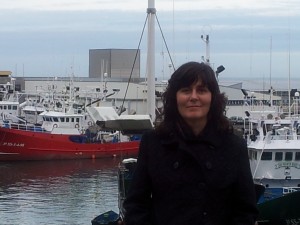
María Jesús Hernáez Lerena is an Associate Professor of American and Canadian literatures at the University of La Rioja (Spain). She is author of the books Exploración de un Género Literario: Los Relatos Breves de Alice Munro (1998), Short Story World: The Nineteenth-Century American Masters (2003), and co-author of Story Time: Exercises in the Study of American Literature for Advanced Students of English (1999) with Julieta Ojeda and James Sullivan. She co-edited the volume Canon Disorders: Gendered perspectives on Literature and Film in Canada and the United States (2007) with Eva Darias Beautell. She is the former editor of Journal of English Studies (University of La Rioja) and teaches graduate courses on Canadian literature within a doctoral program awarded a quality distinction by the Spanish Ministry of Education. She has published essays on English, American and Canadian writers such as Wyndham Lewis, Sarah Orne Jewett, Alice Munro, Carol Shields, Douglas Glover, Katherine Govier, Barbara Gowdy, Michael Crummey, etc. Some of her articles and interviews can be found in the journals Toronto University Quarterly, Canadian Literature, British Journal of Canadian Studies, Arc Poetry Magazine, Wyndham Lewis Annual, Atlantis, Journal of Tourism and Cultural Change, etc., and in the books Visions of Canada Approaching the Millennium (1999); Wyndham Lewis the Radical: Essays on Literature and Modernity (2007); Canada Exposed/ Le Canada à découvert (2009); Unruly Penelopes and the Ghosts: Narratives of English Canada (2011); Short Story Theories: A Twenty-First-Century Perspective (2012). Forthcoming is her edited book: Pathways of Creativity in Contemporary Newfoundland and Labrador.
.
.
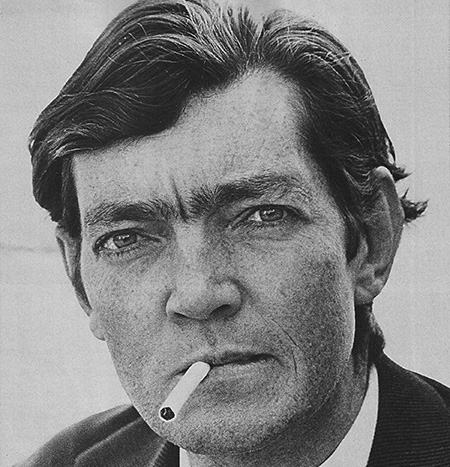 Julio Cortázar, via Wikimedia Commons
Julio Cortázar, via Wikimedia Commons

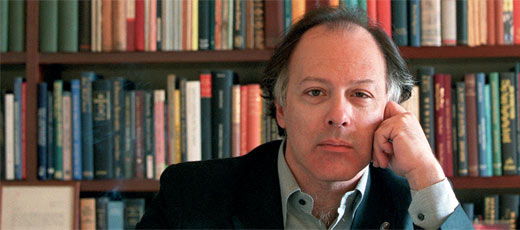







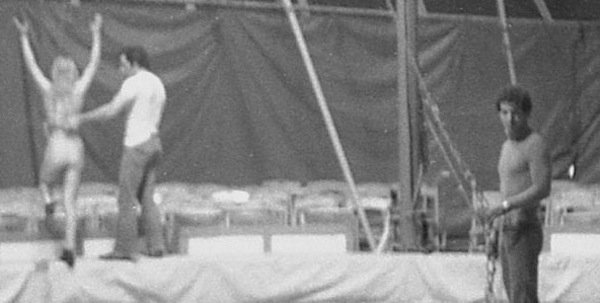







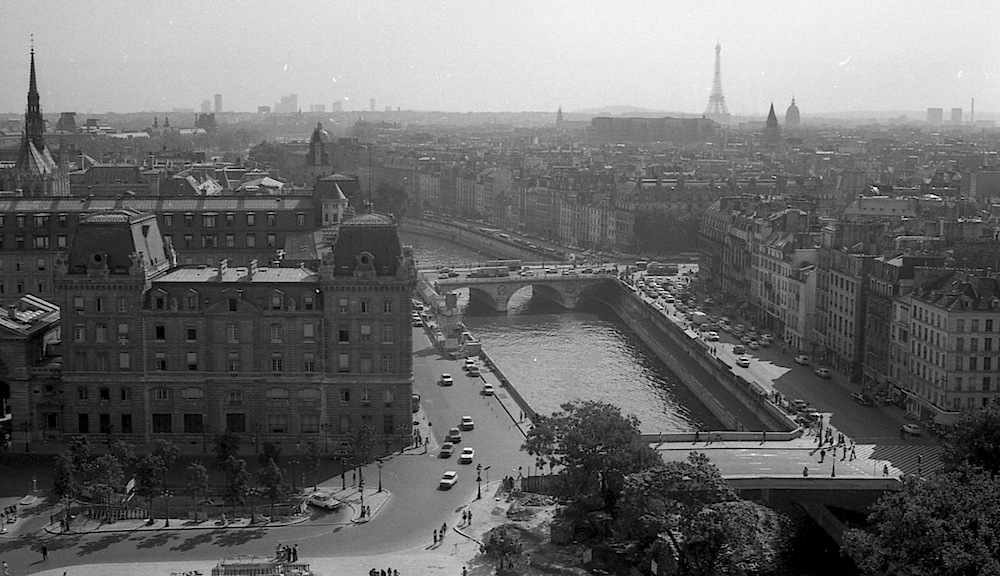



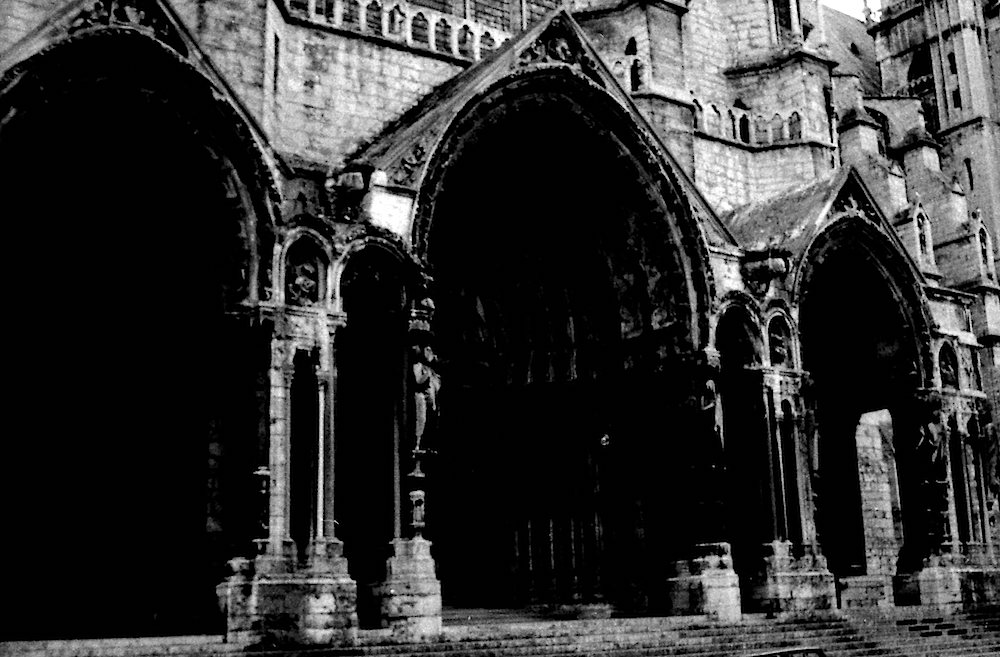
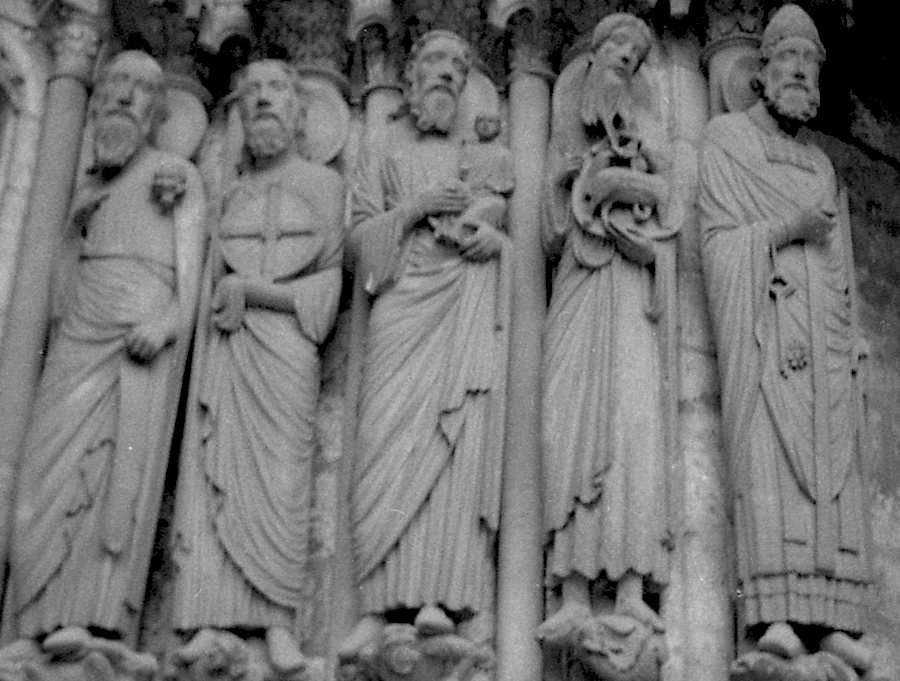



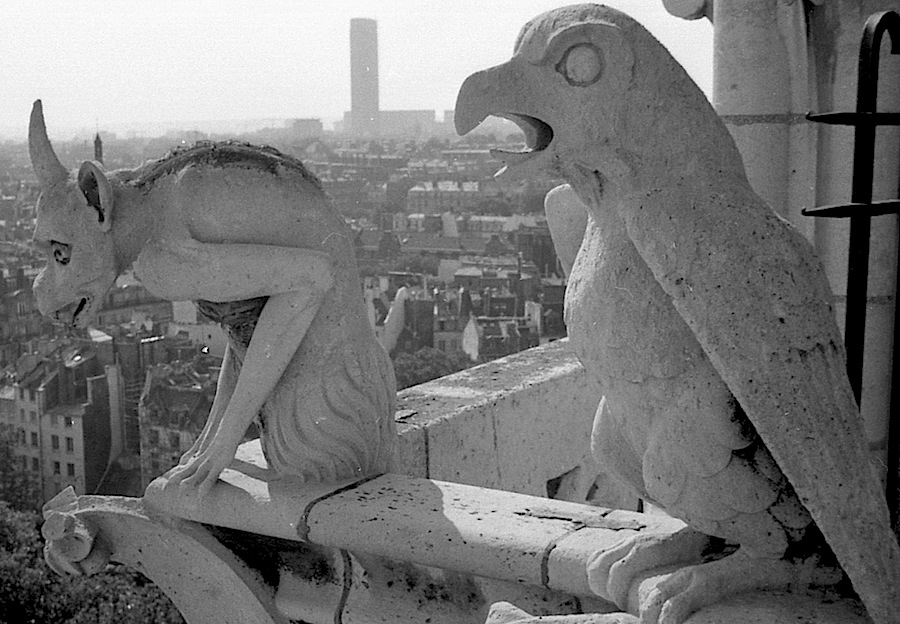
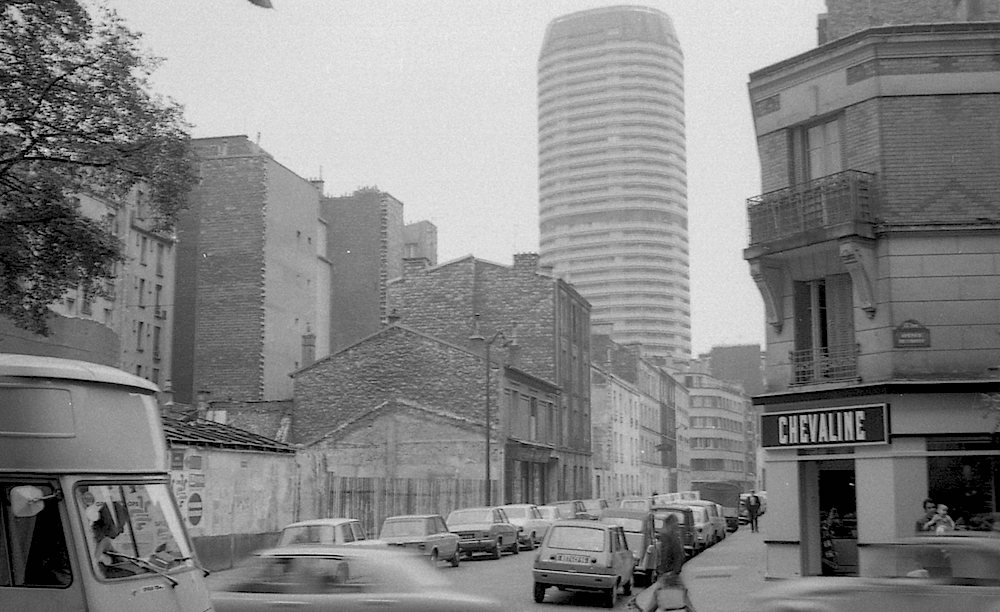

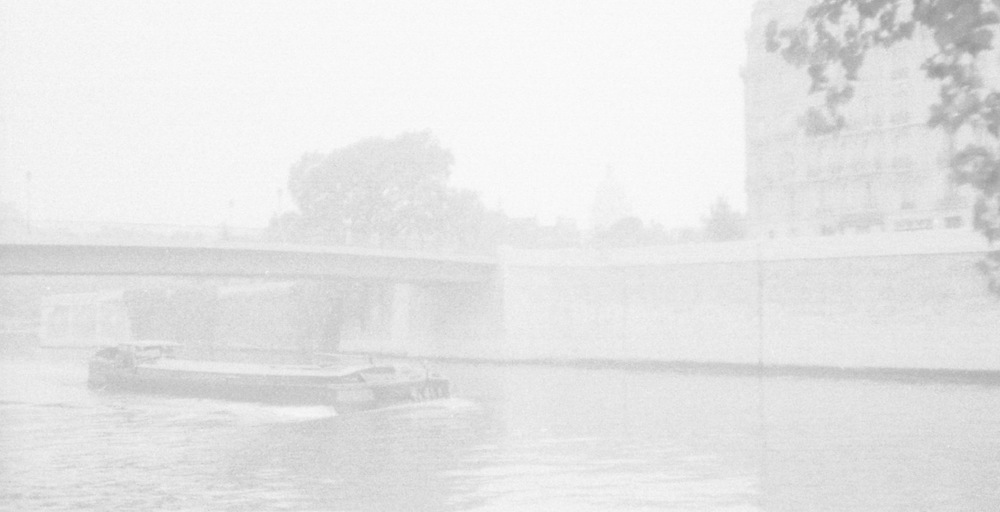


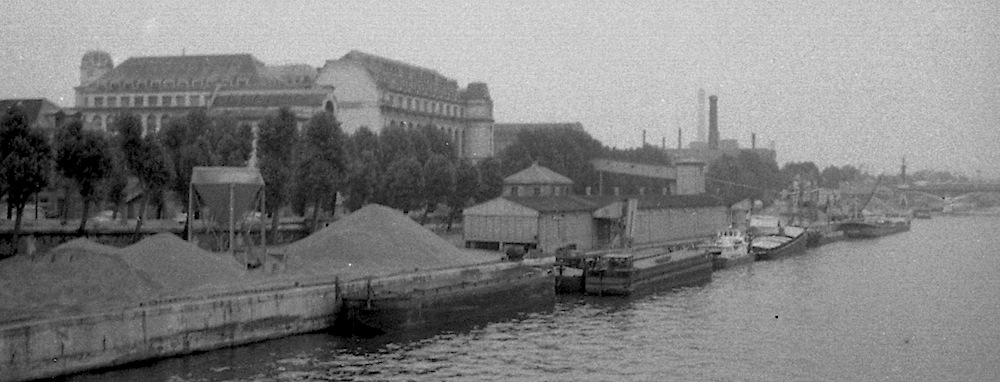

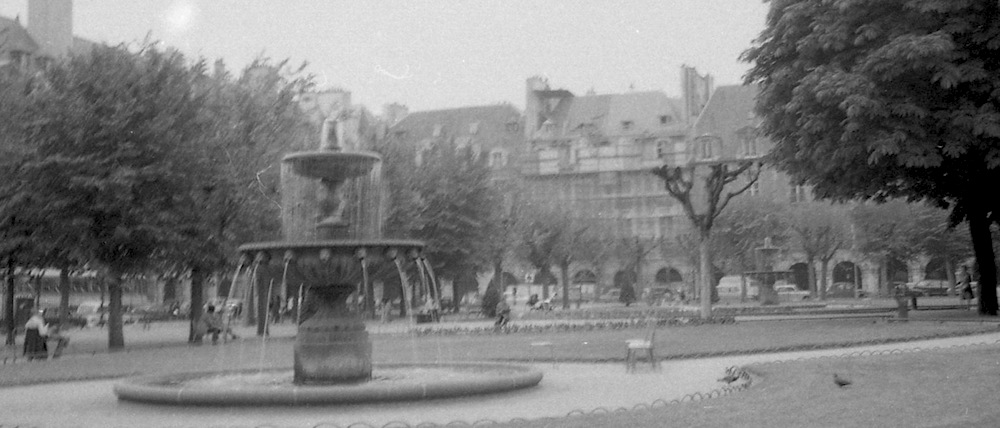
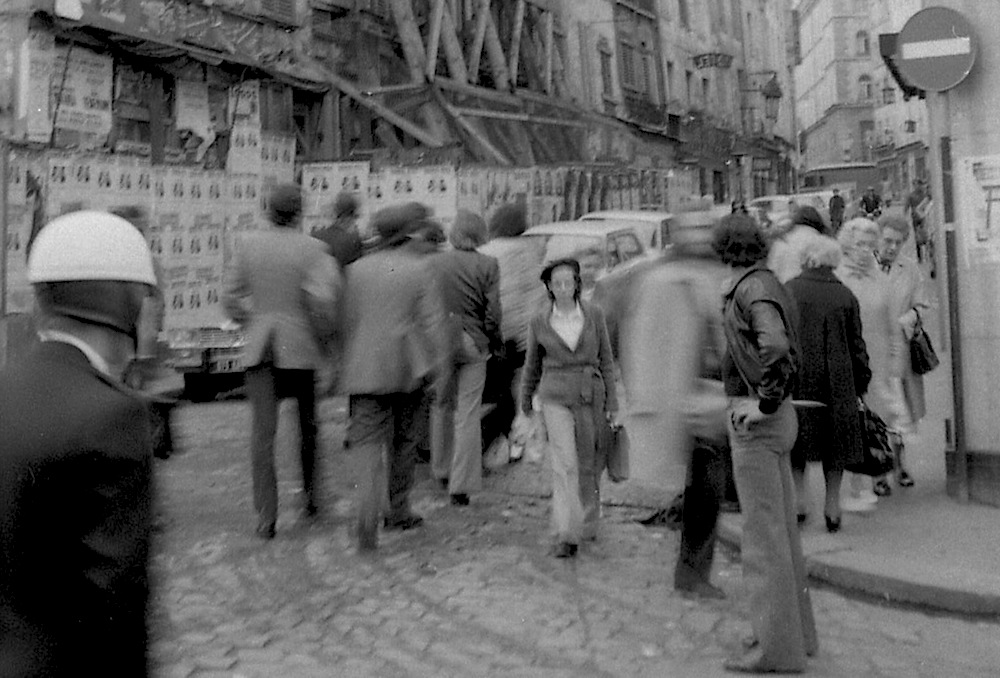
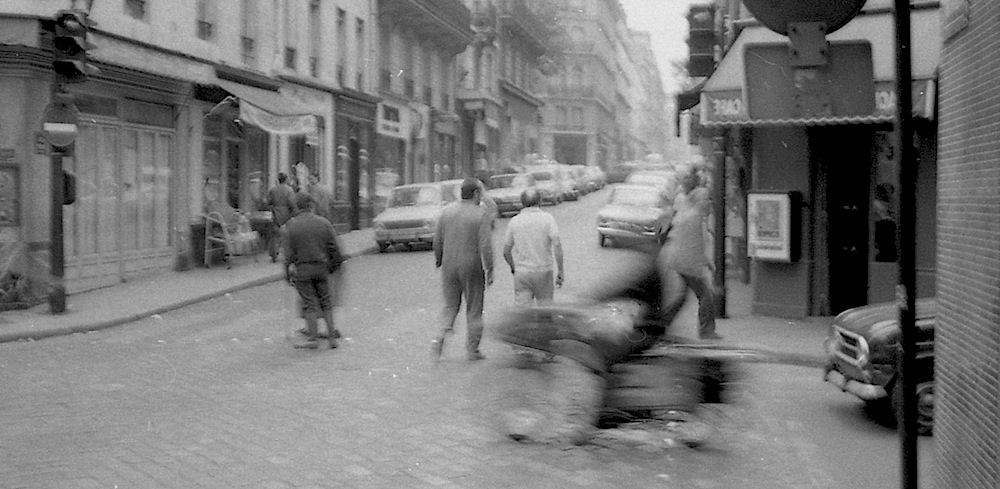


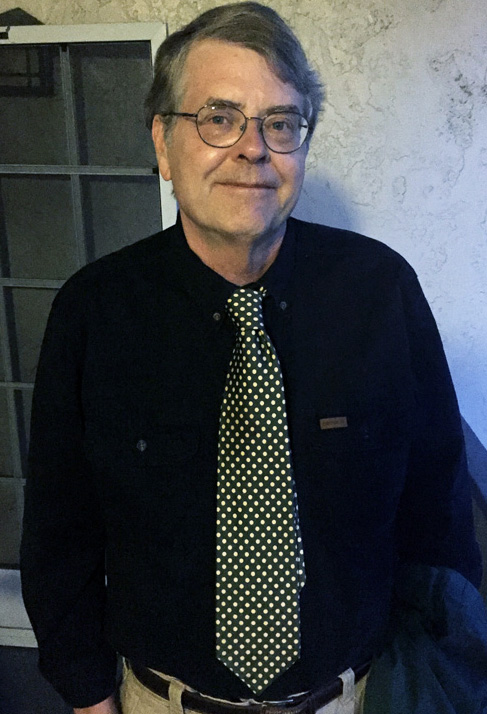
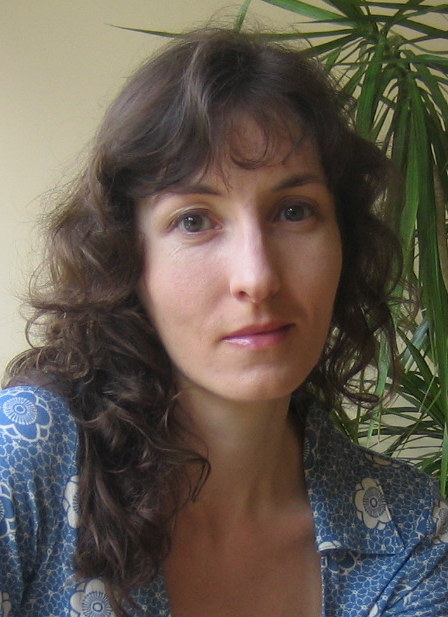

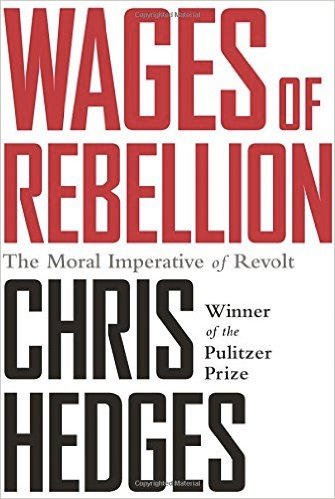


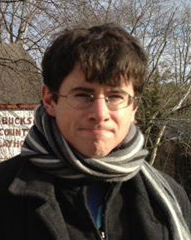

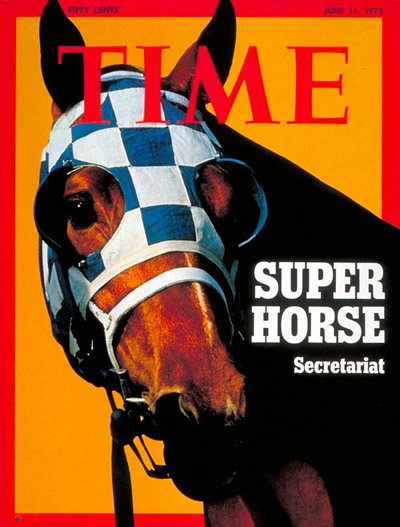
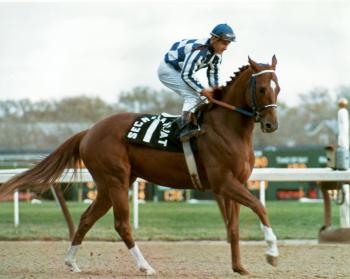
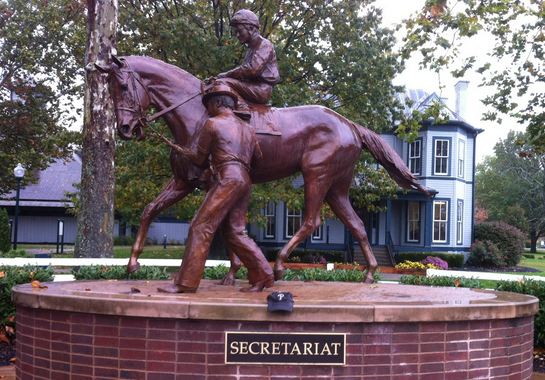
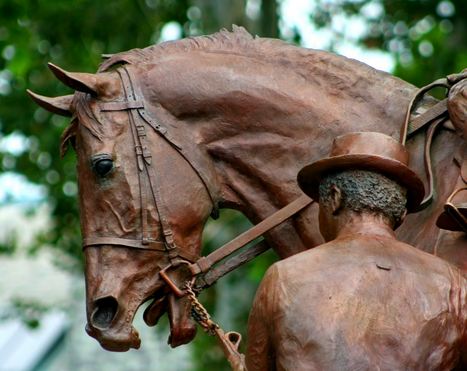

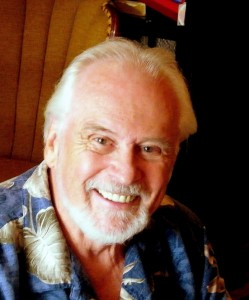
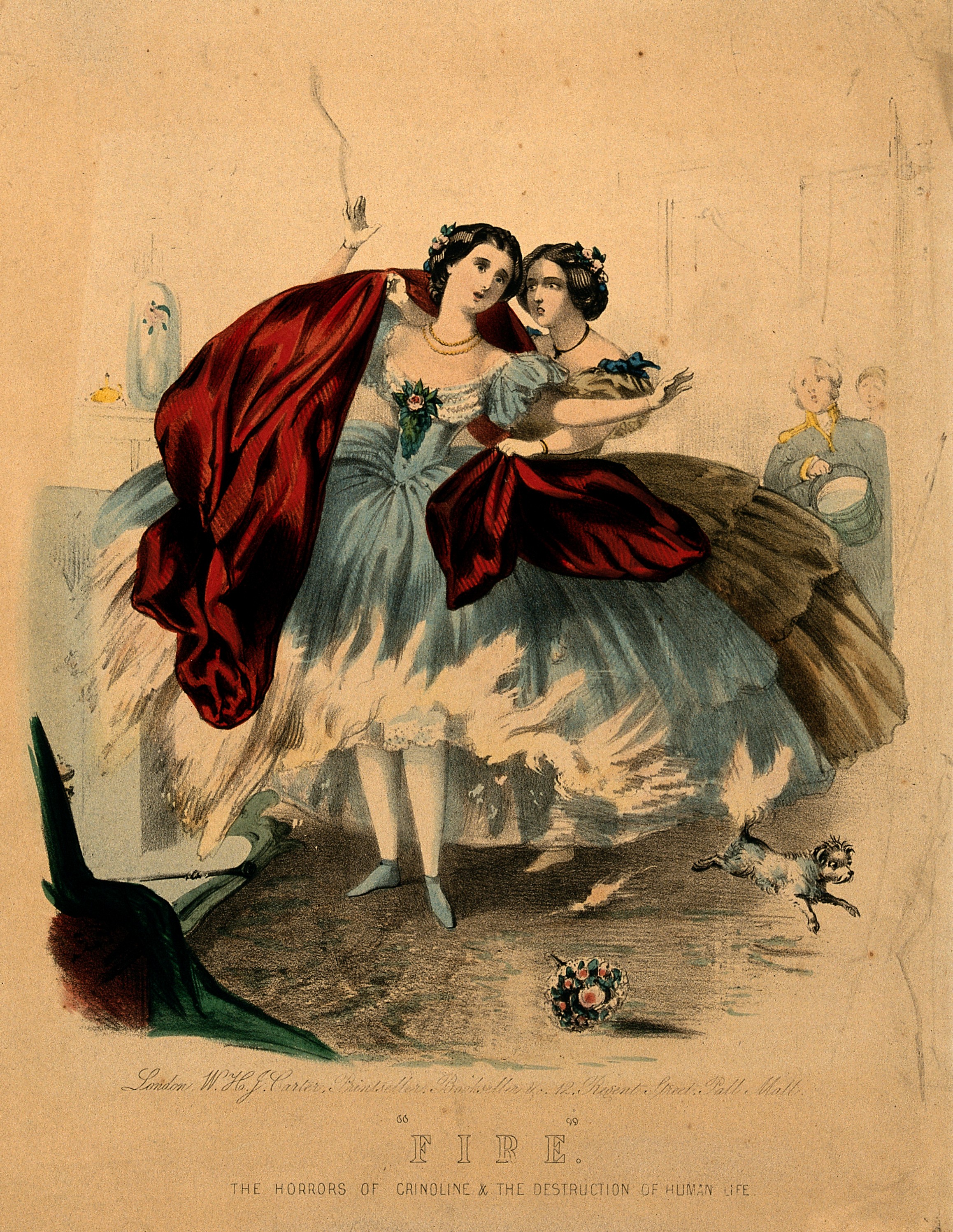
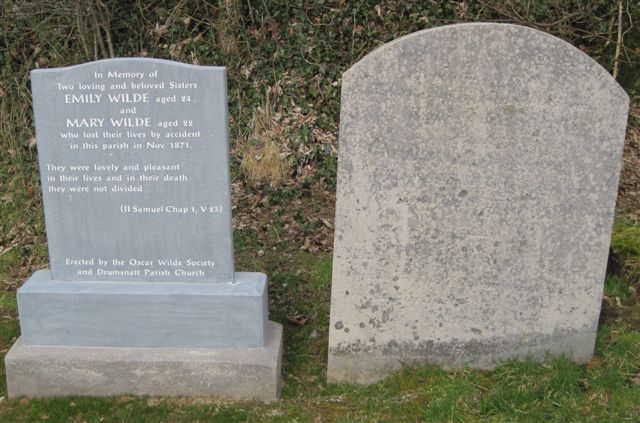
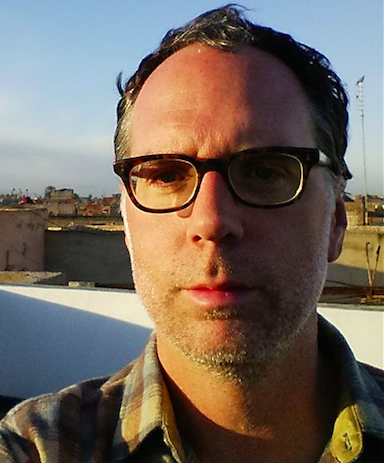

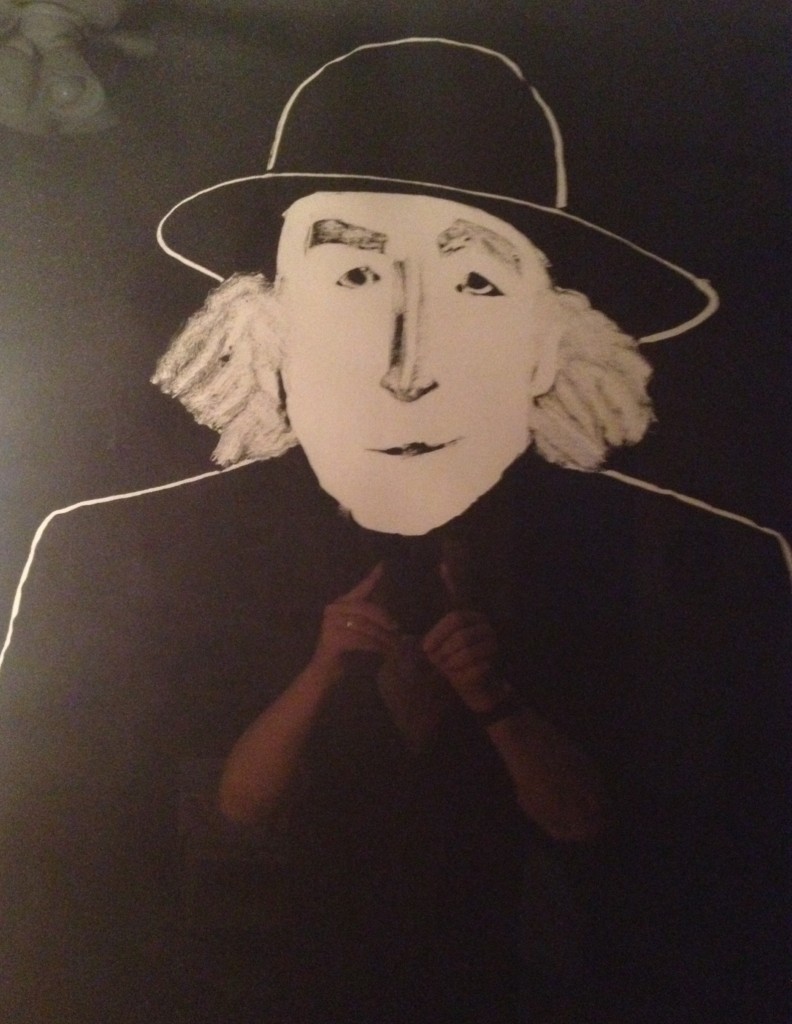





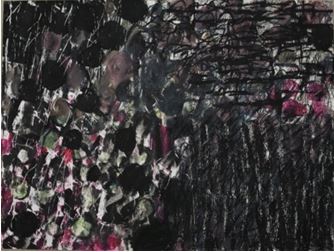


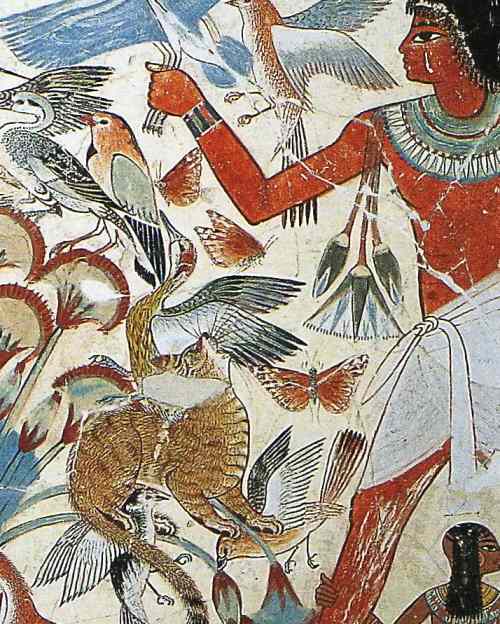


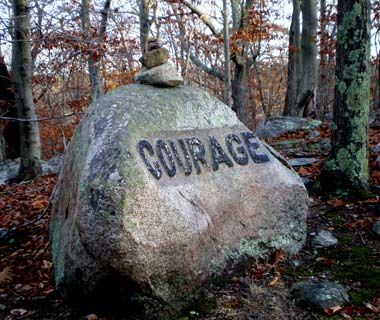


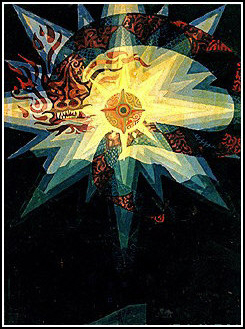


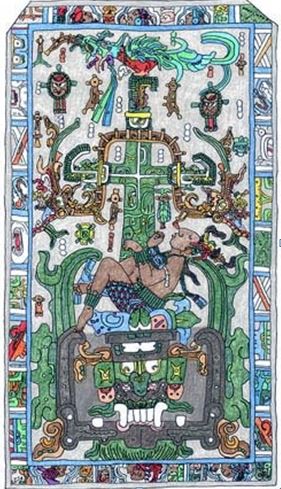
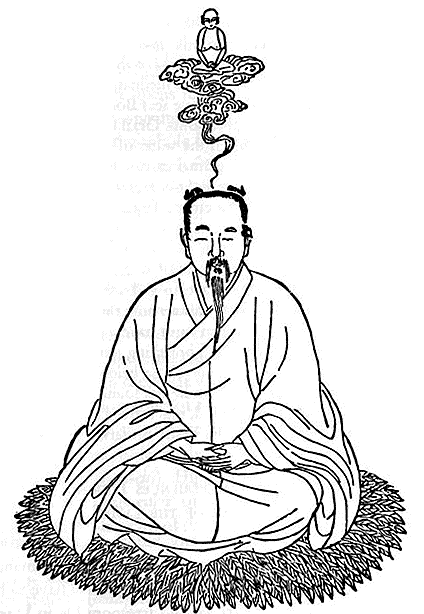
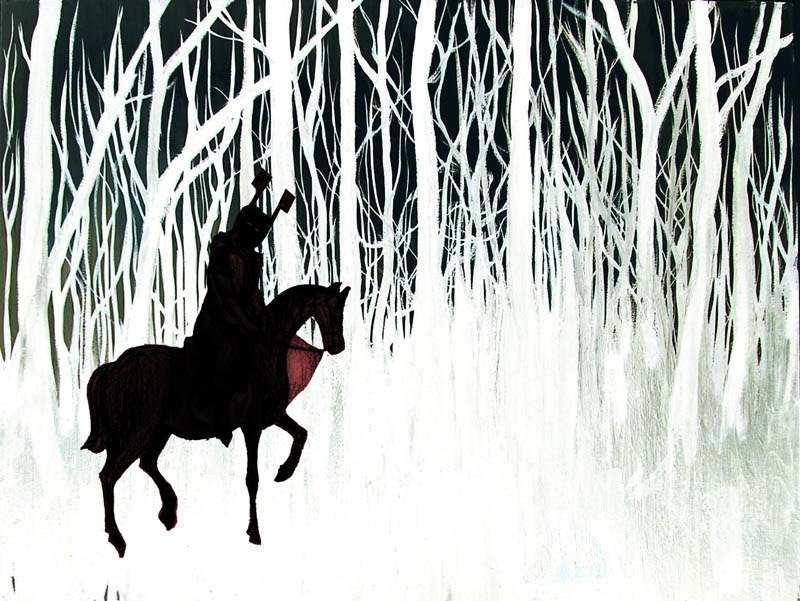

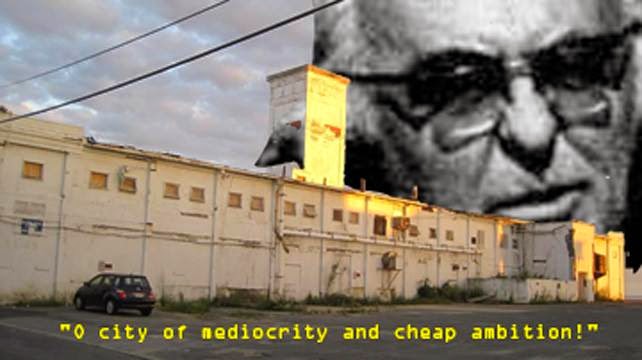

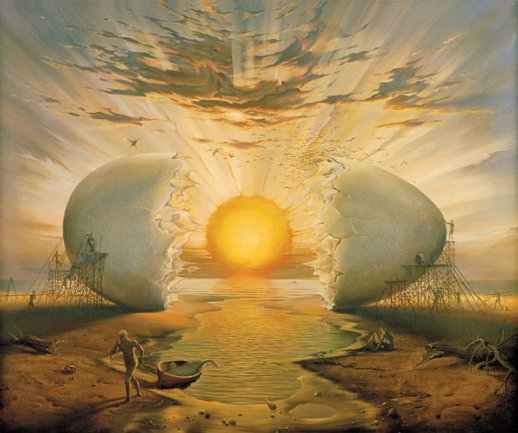



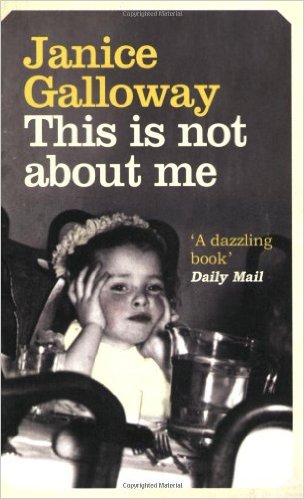
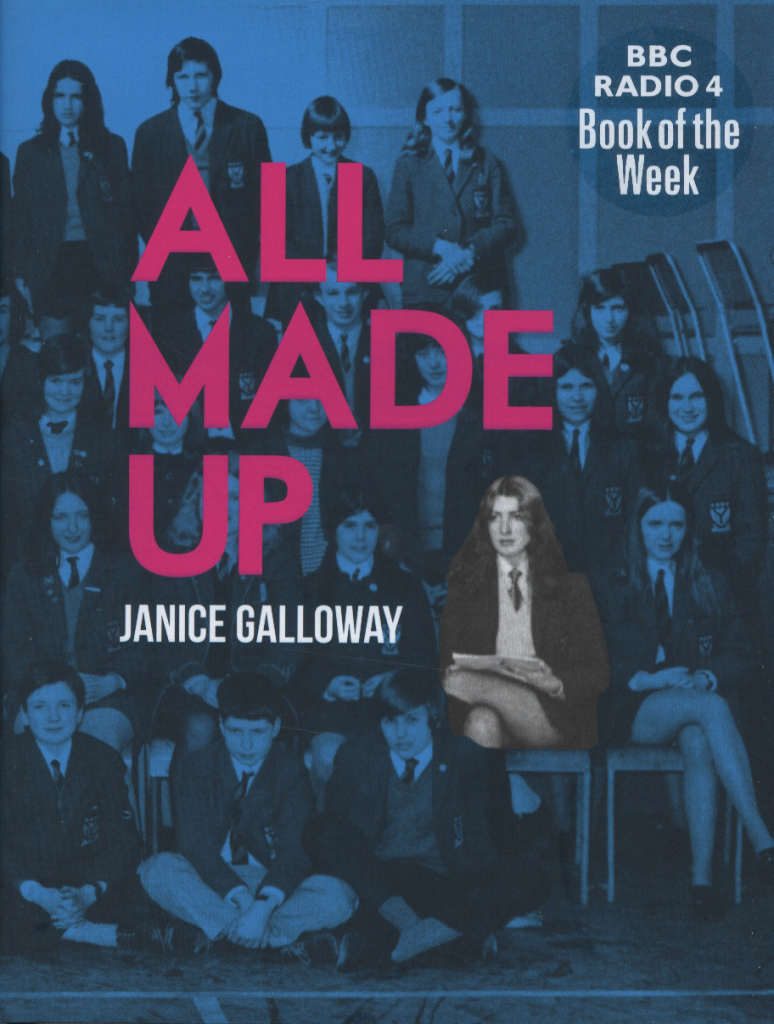
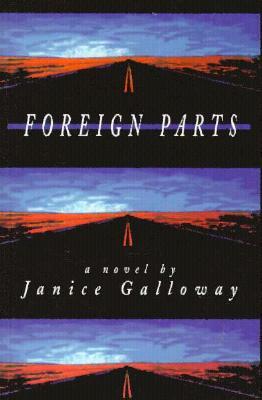

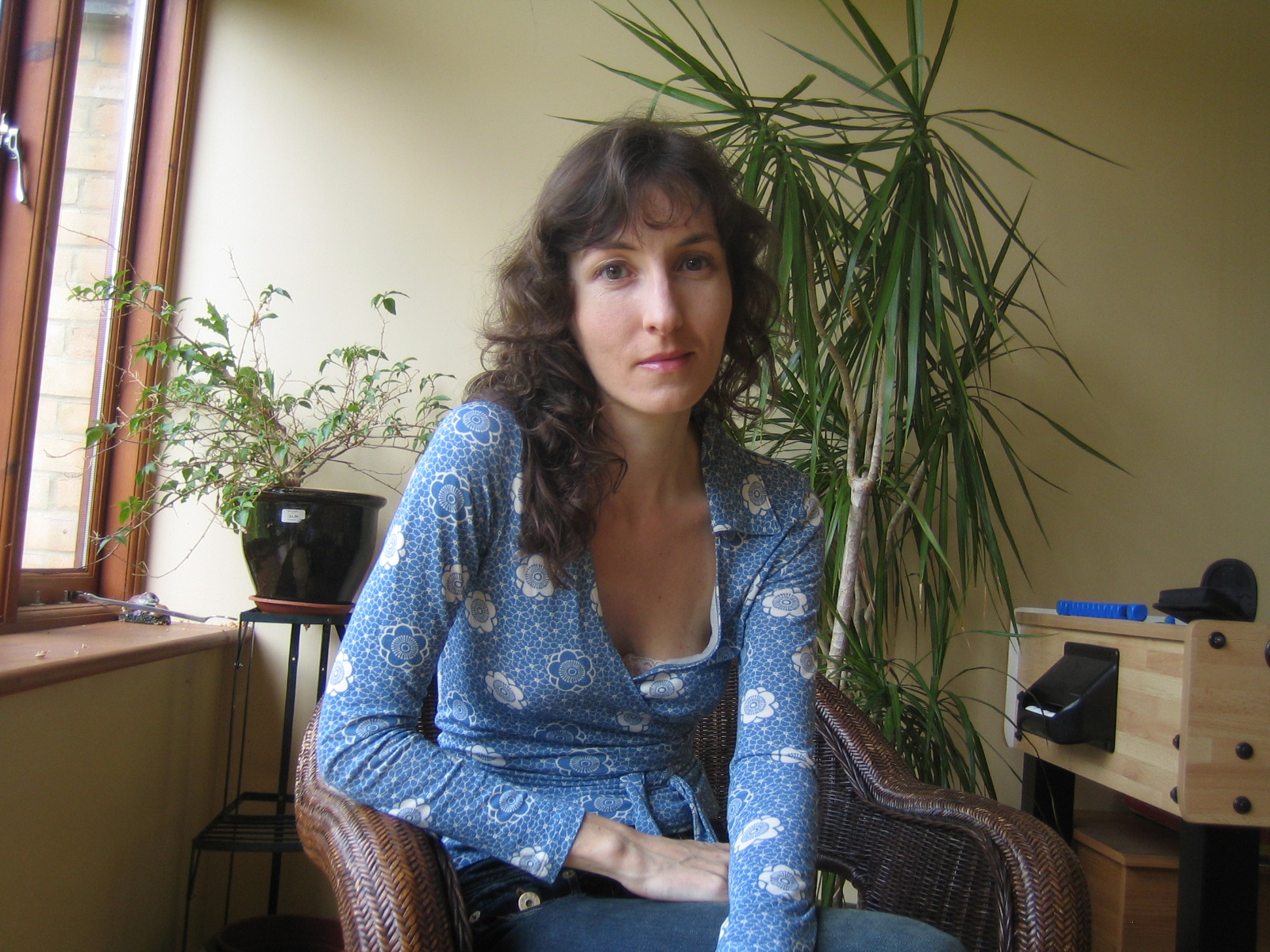
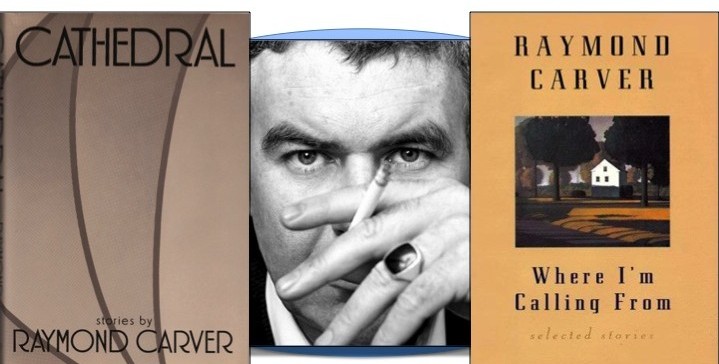



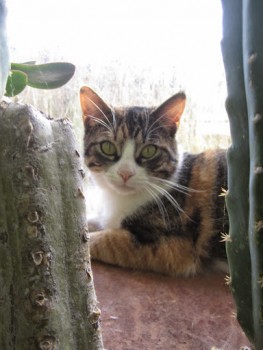










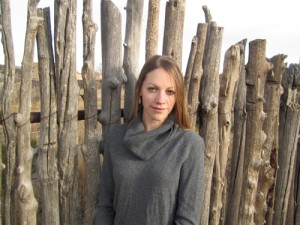


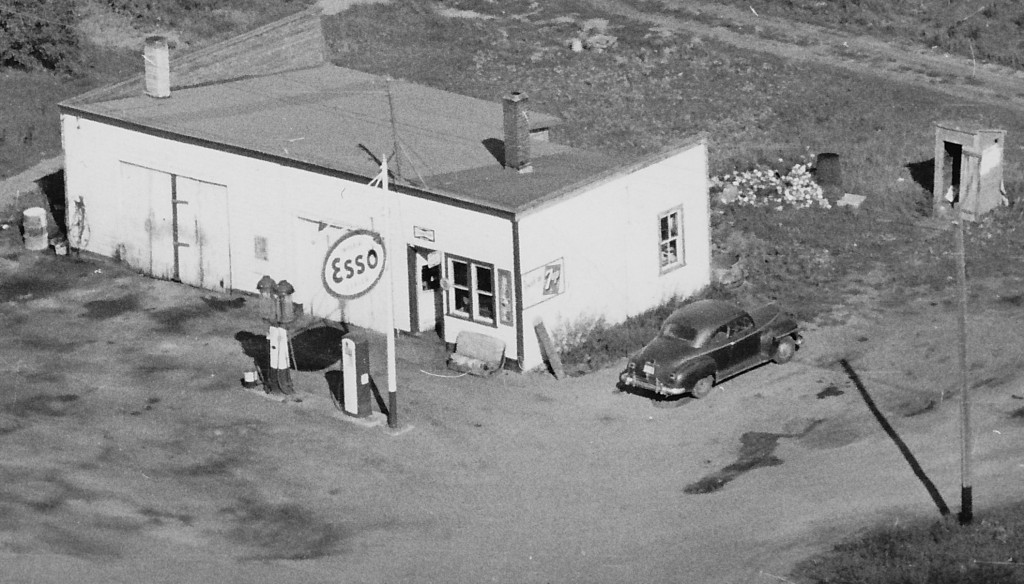
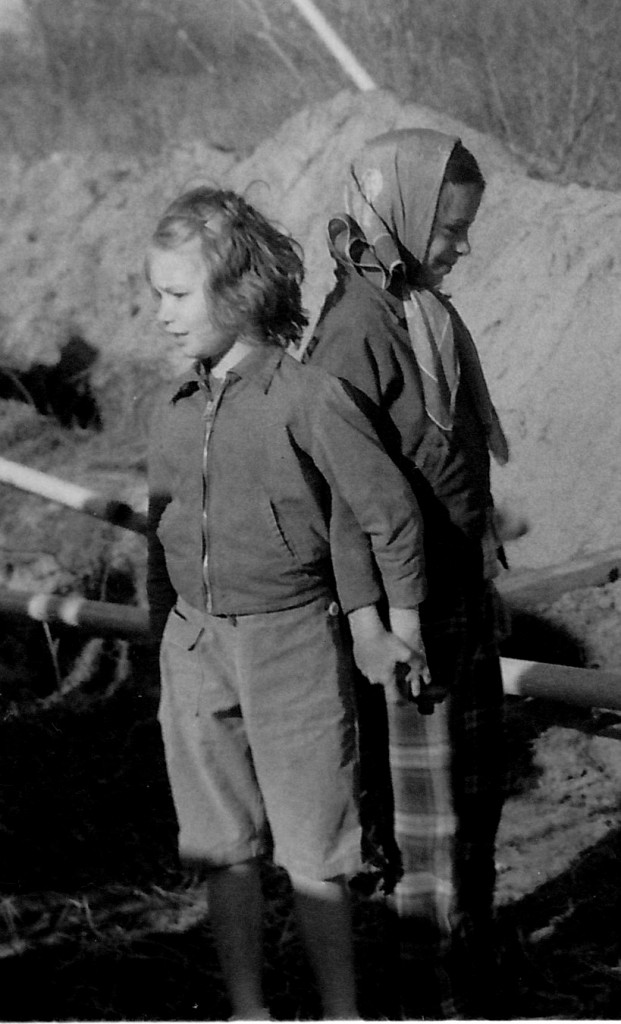

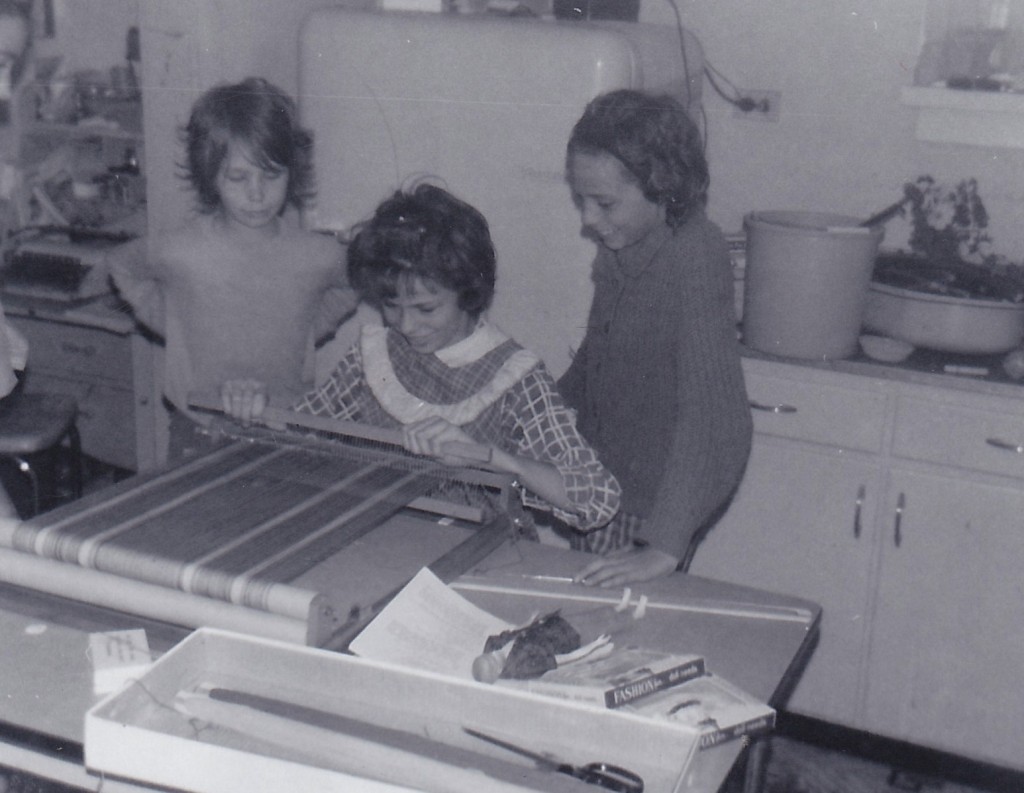





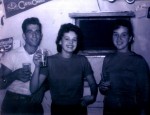

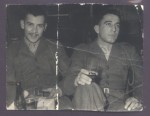
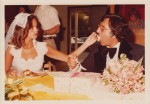
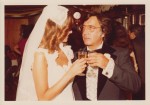

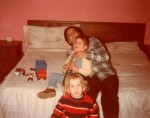
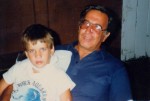
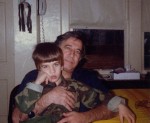

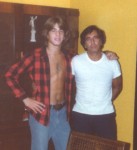
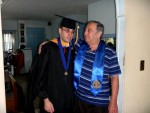


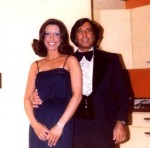


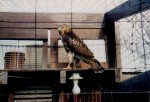

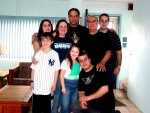
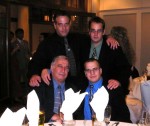

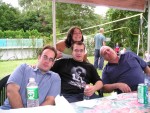

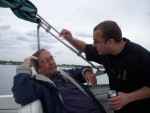
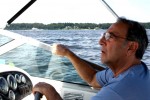







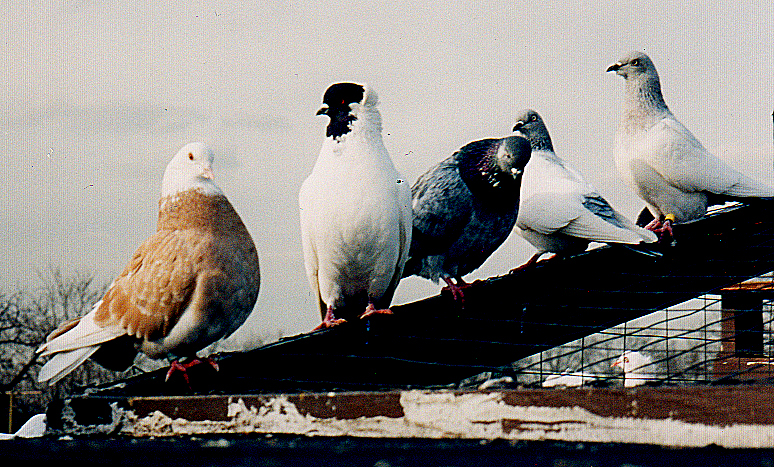
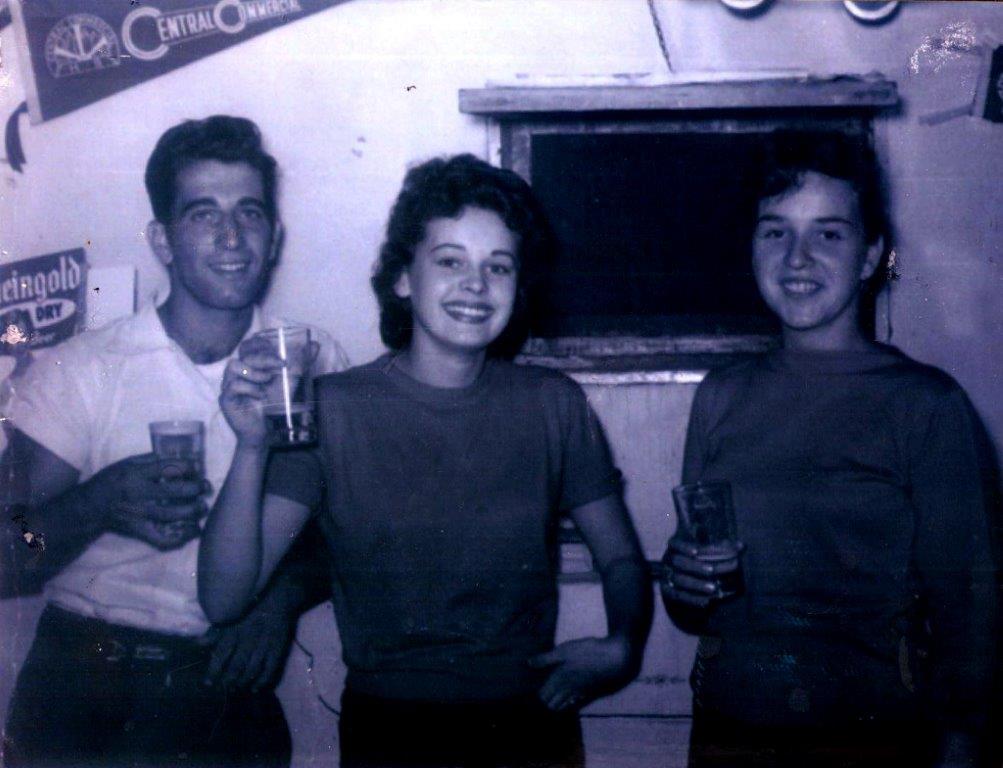
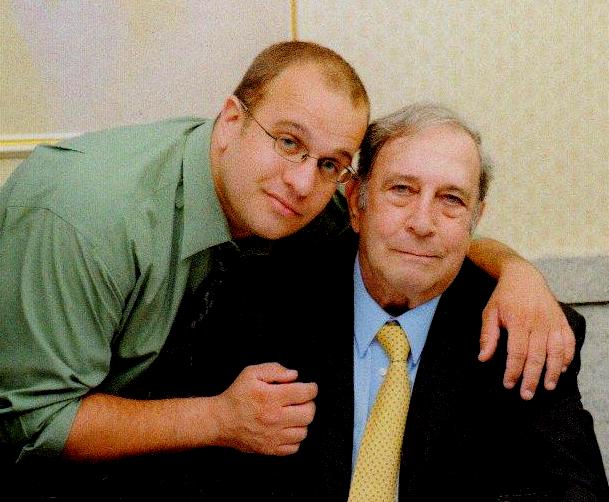
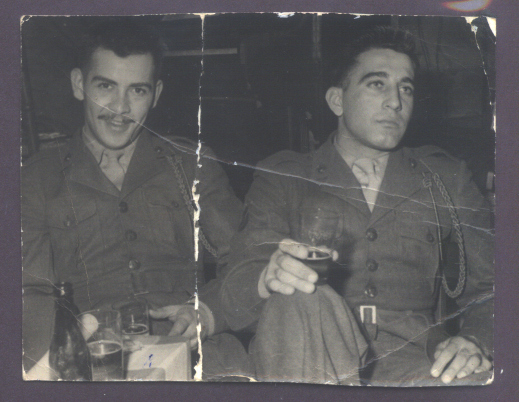
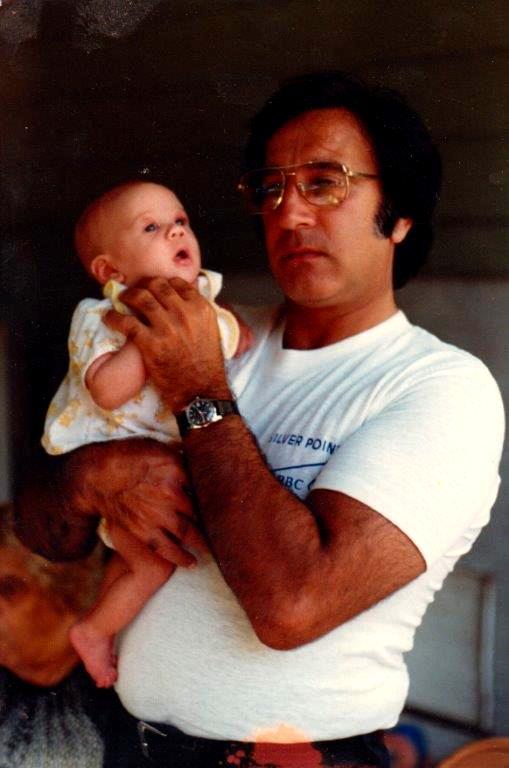




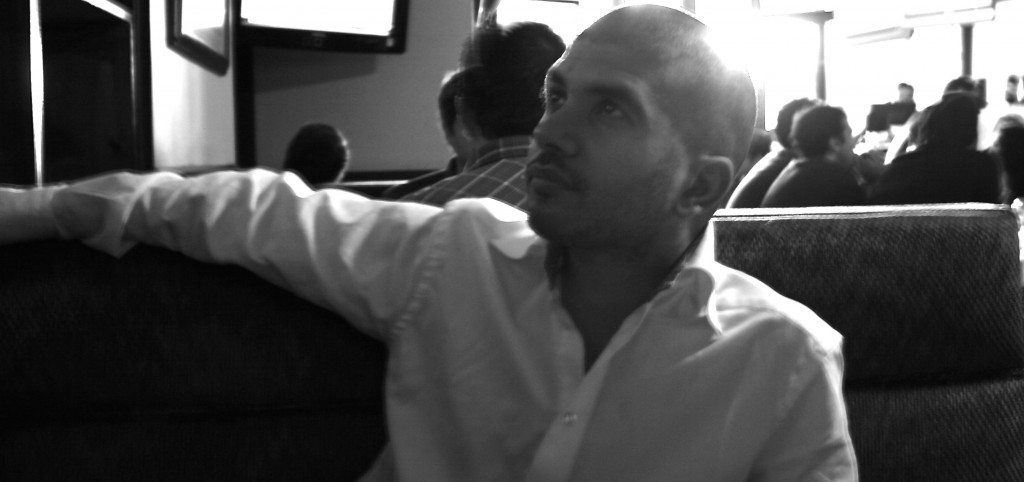



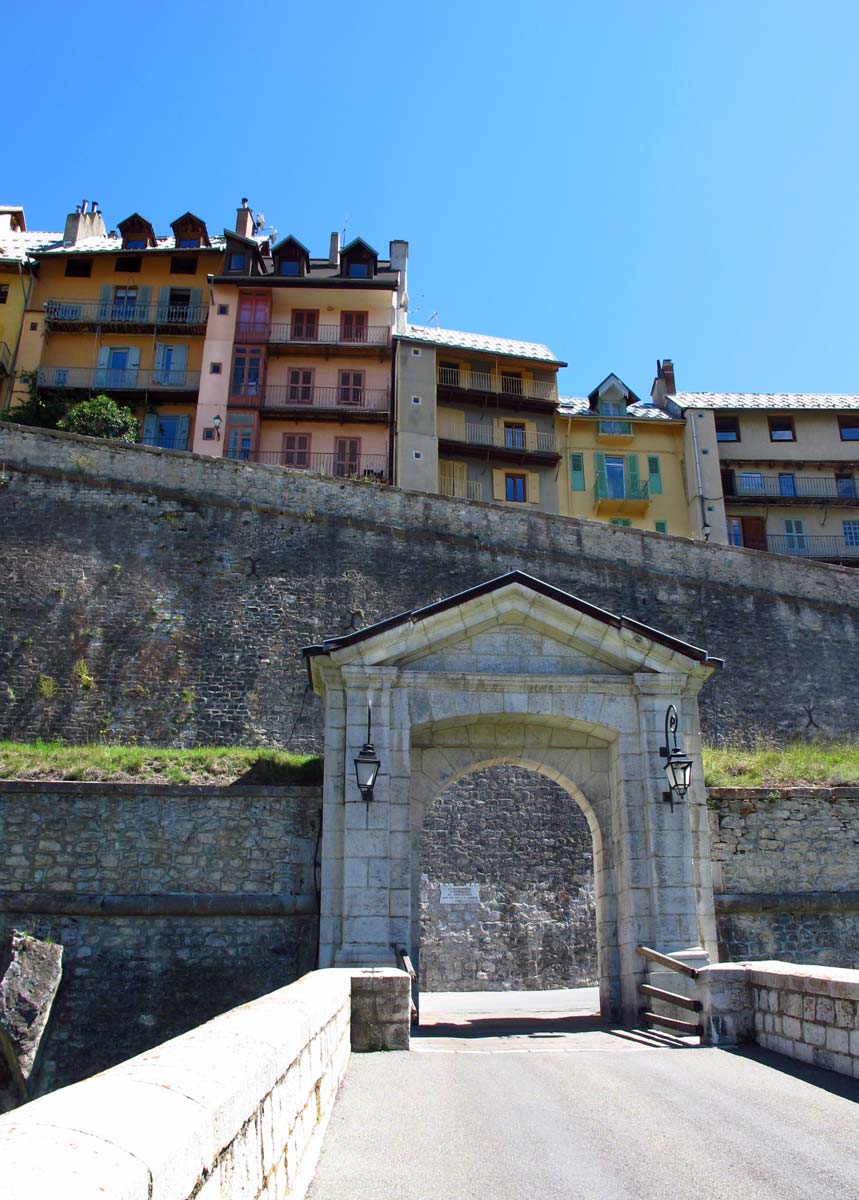





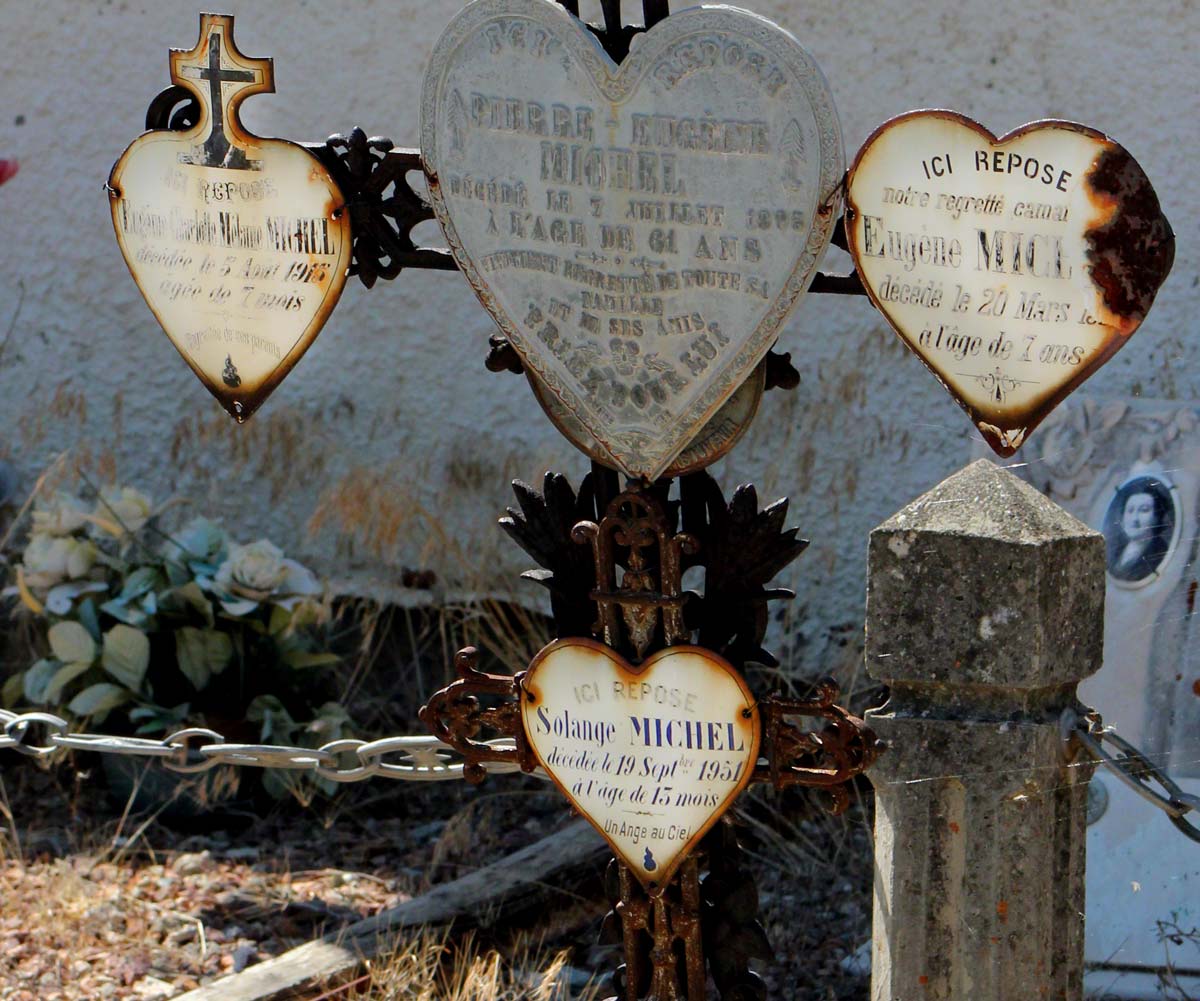



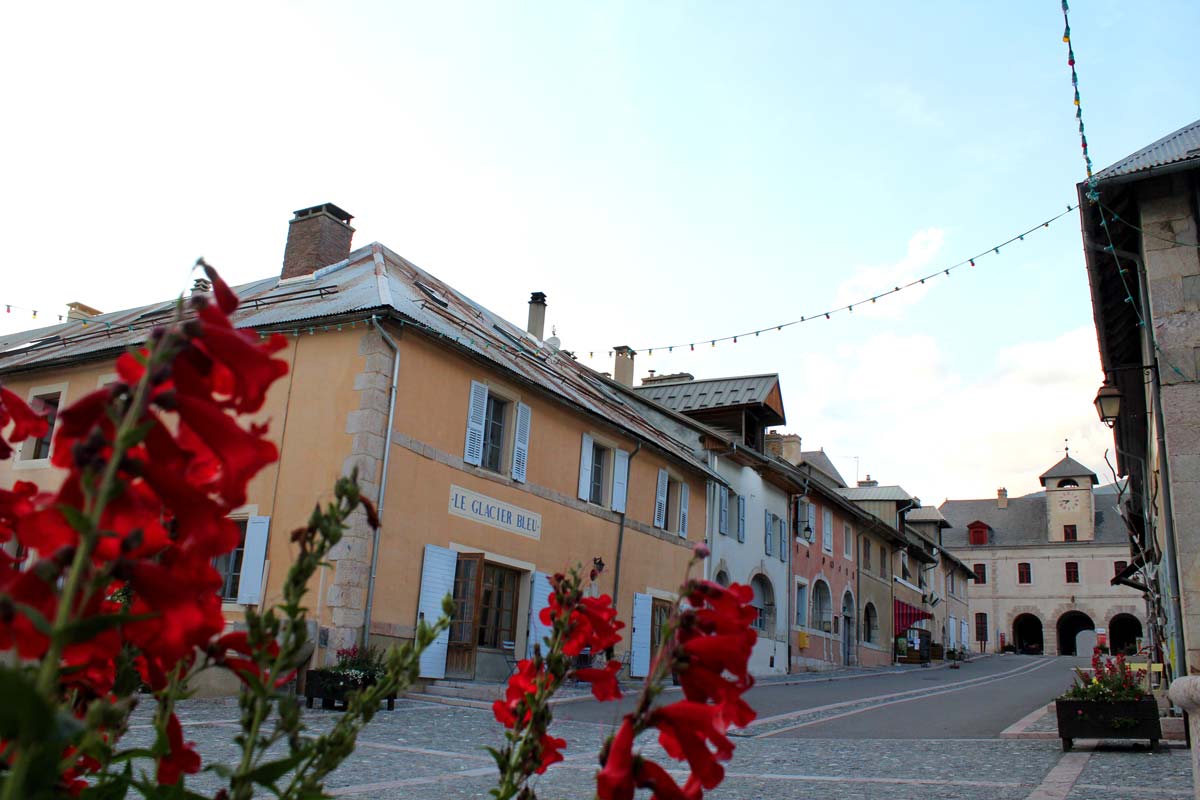
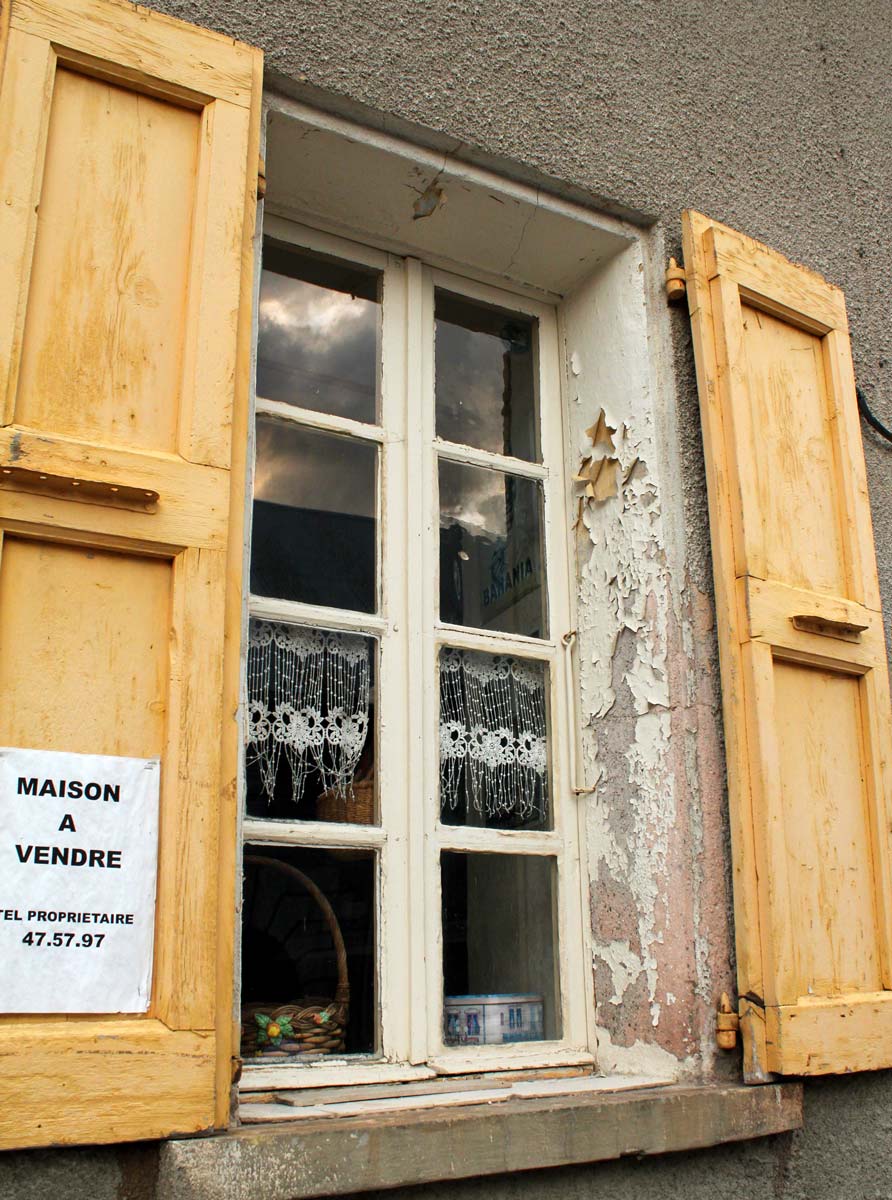

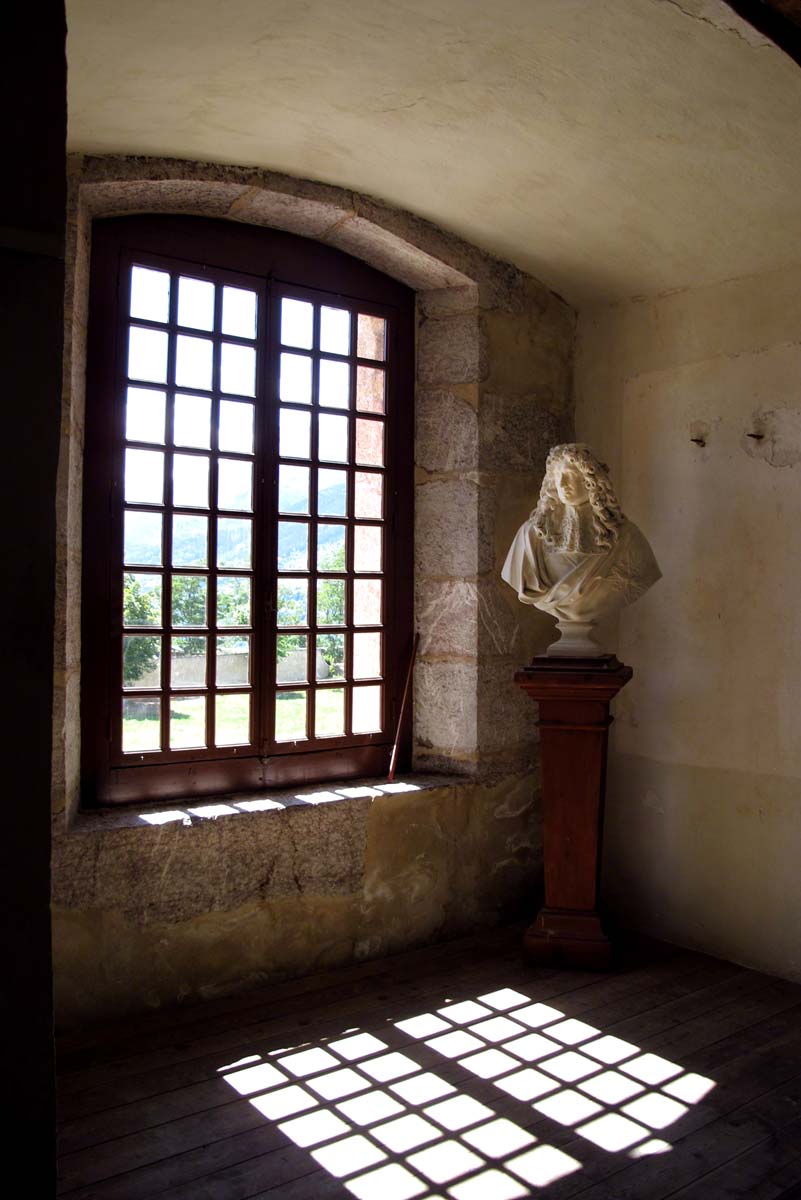



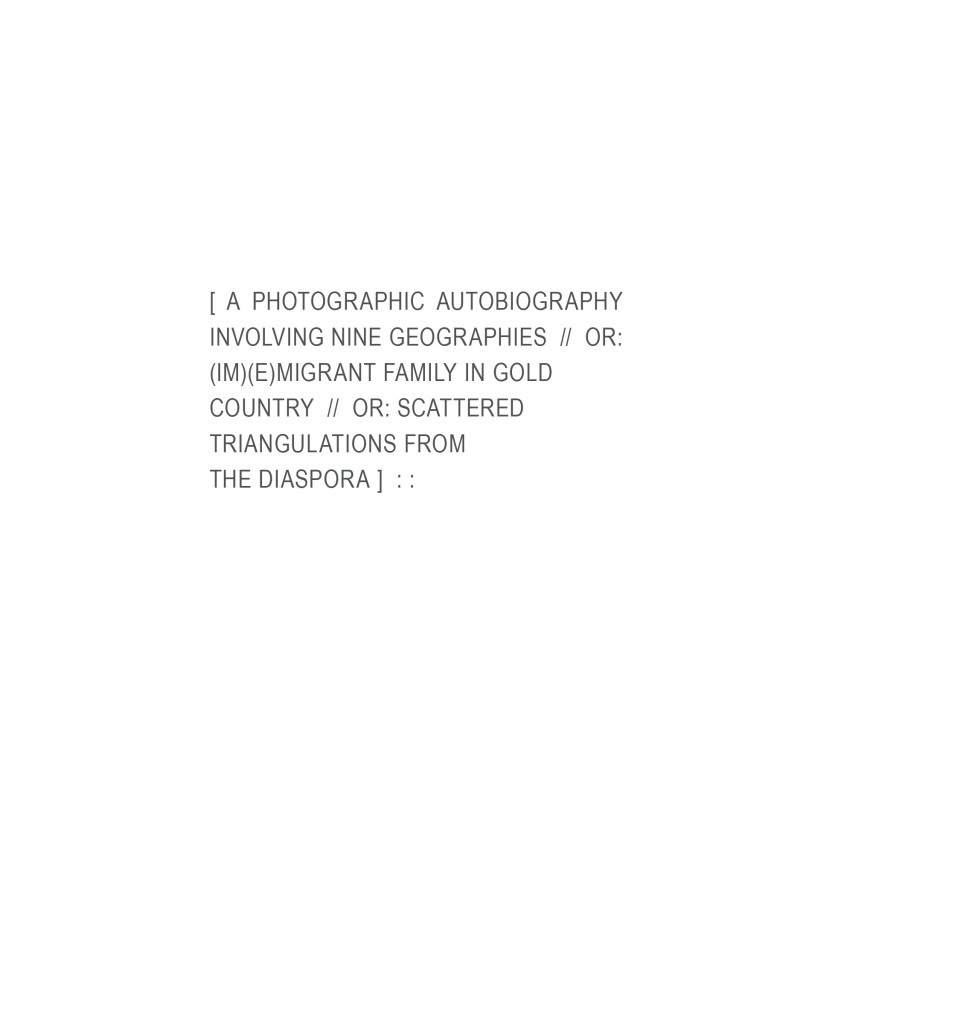


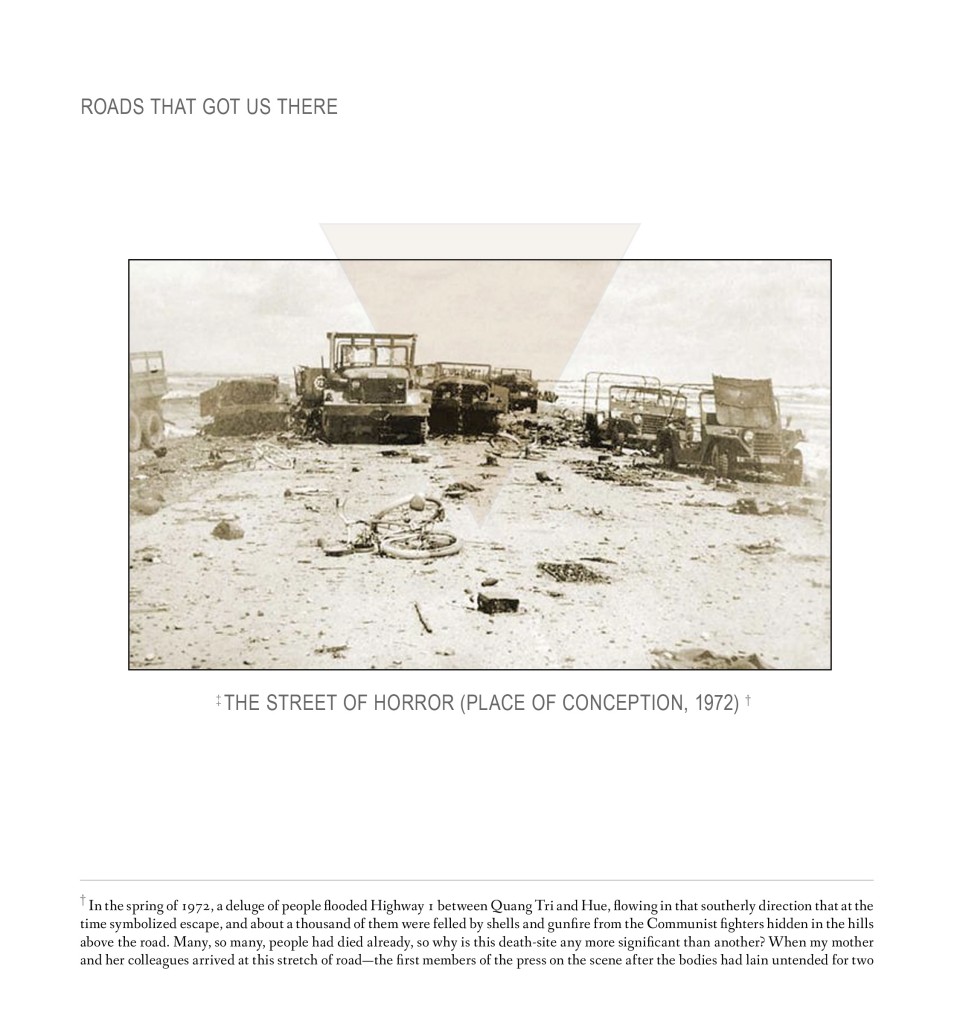

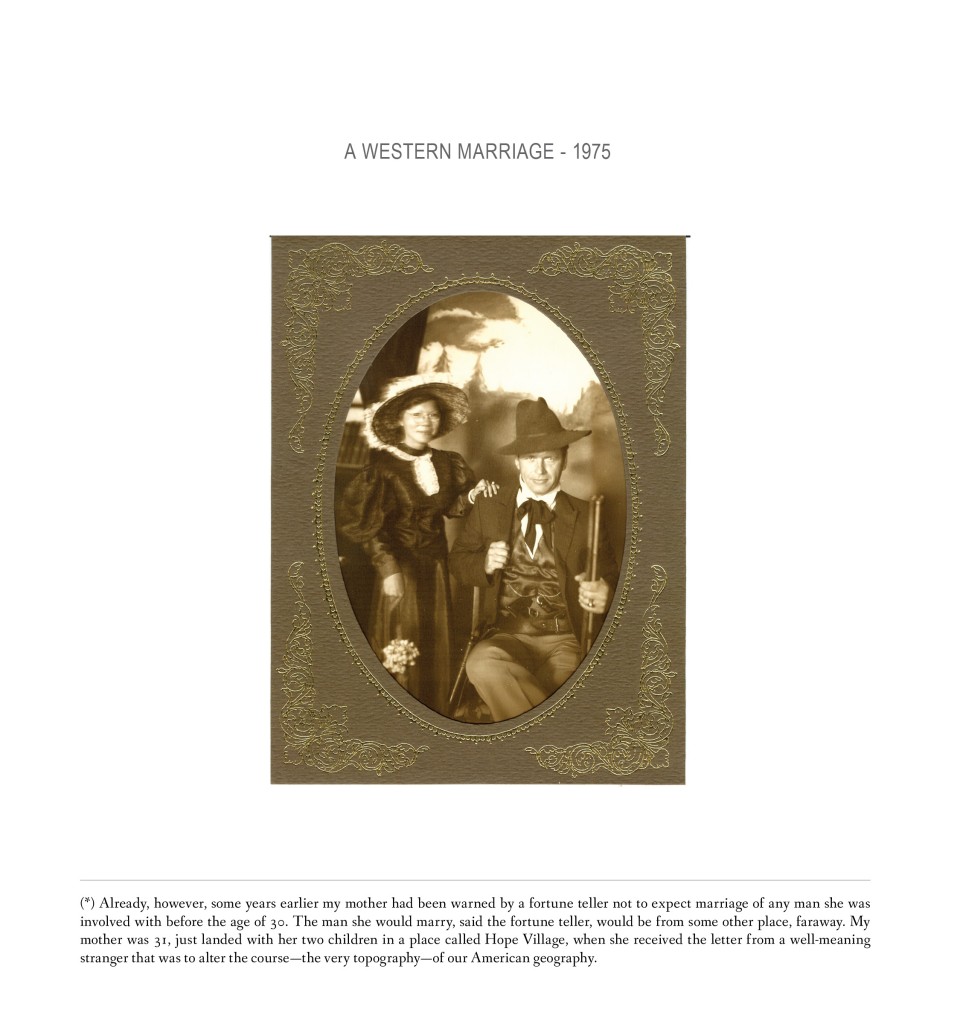
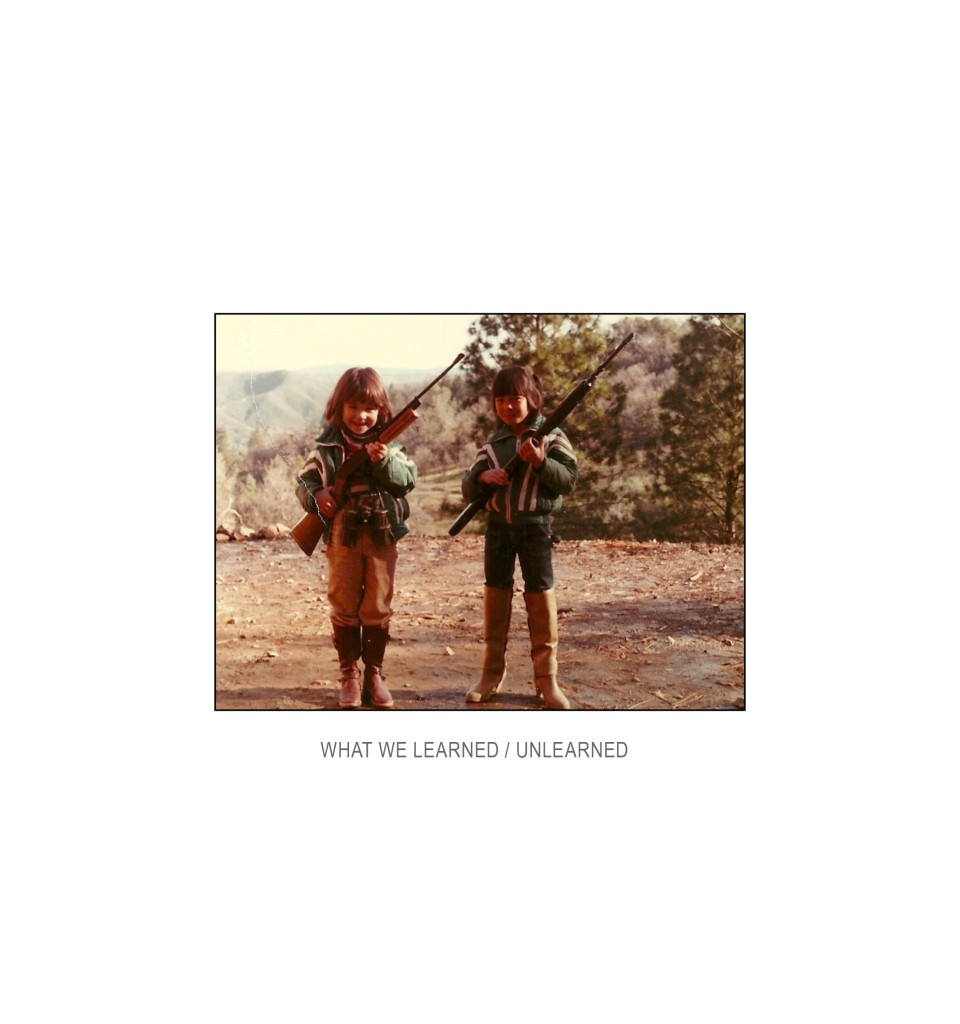

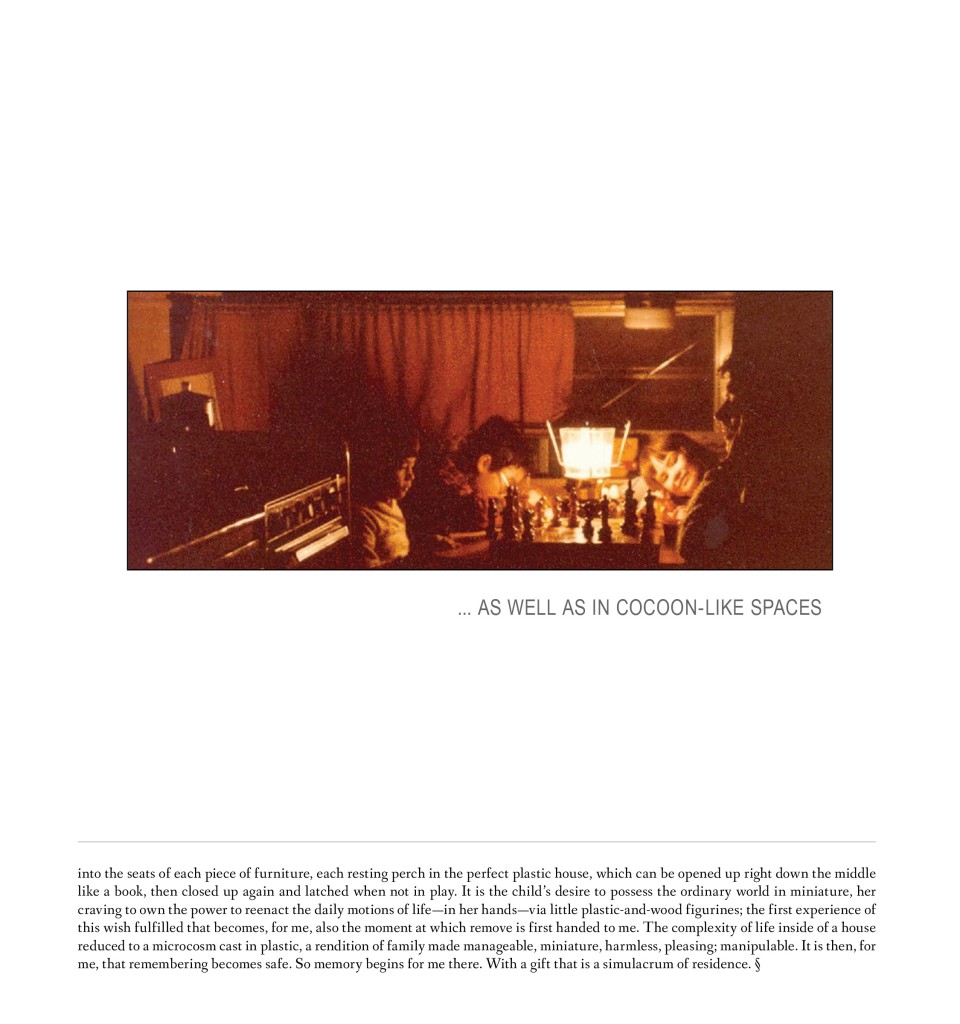
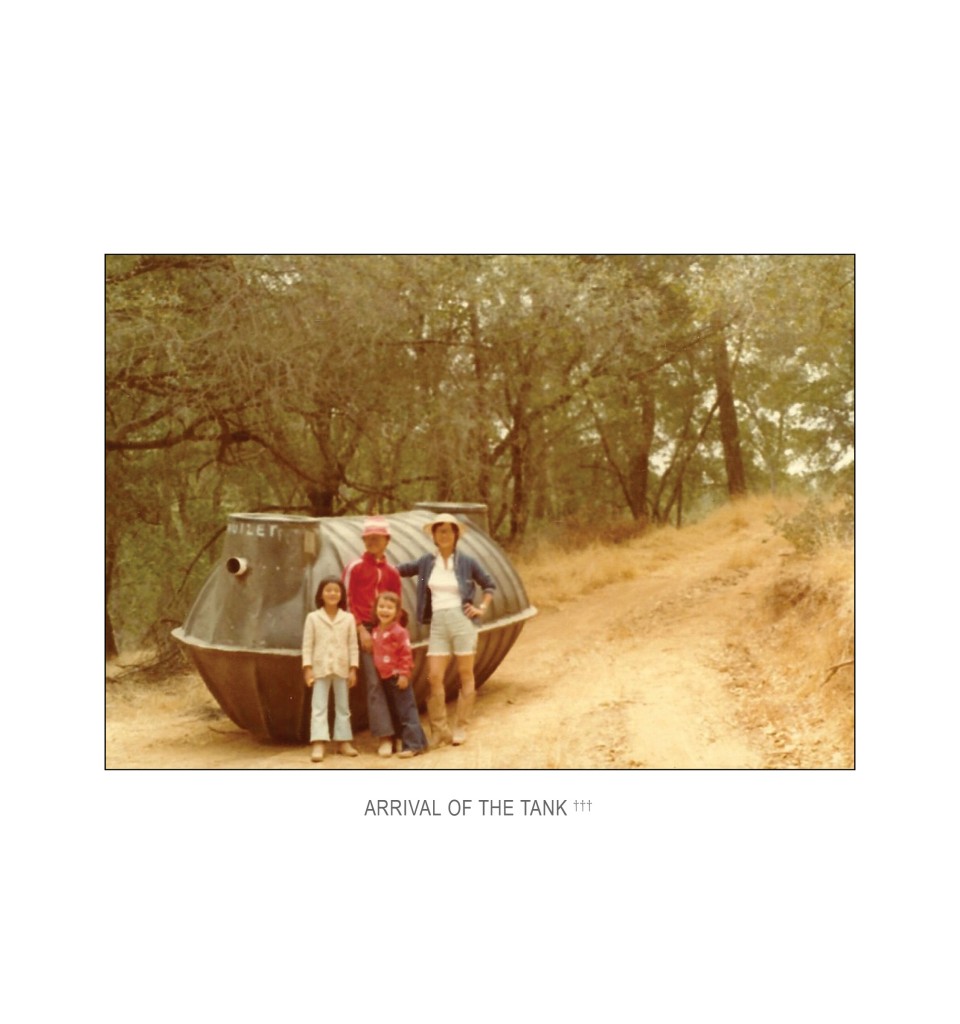
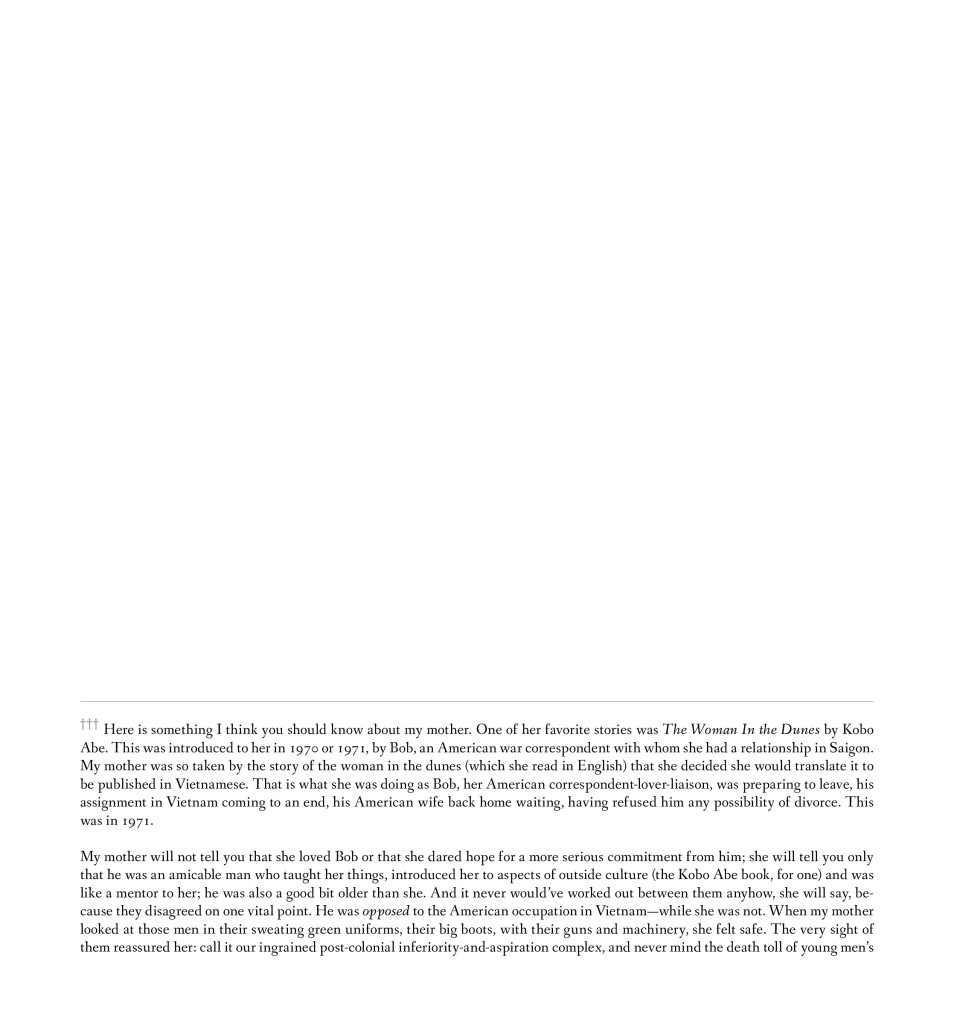
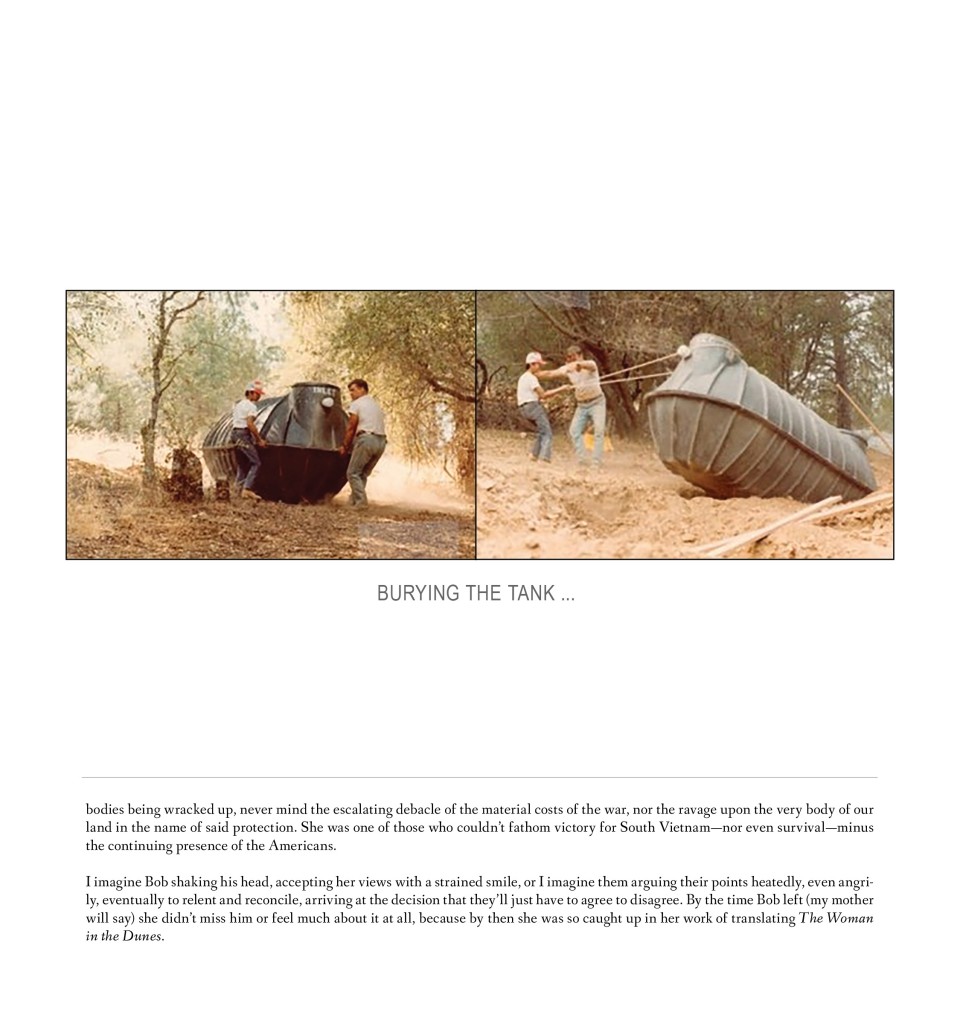
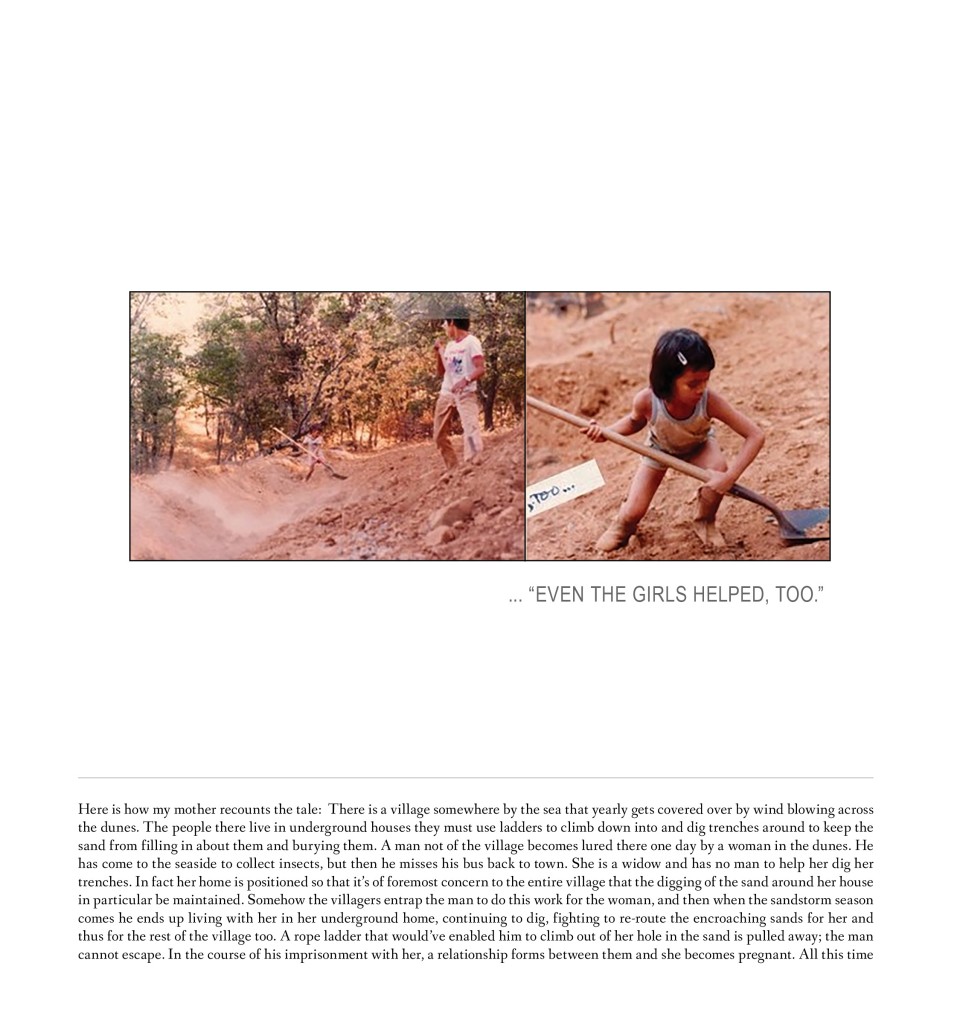
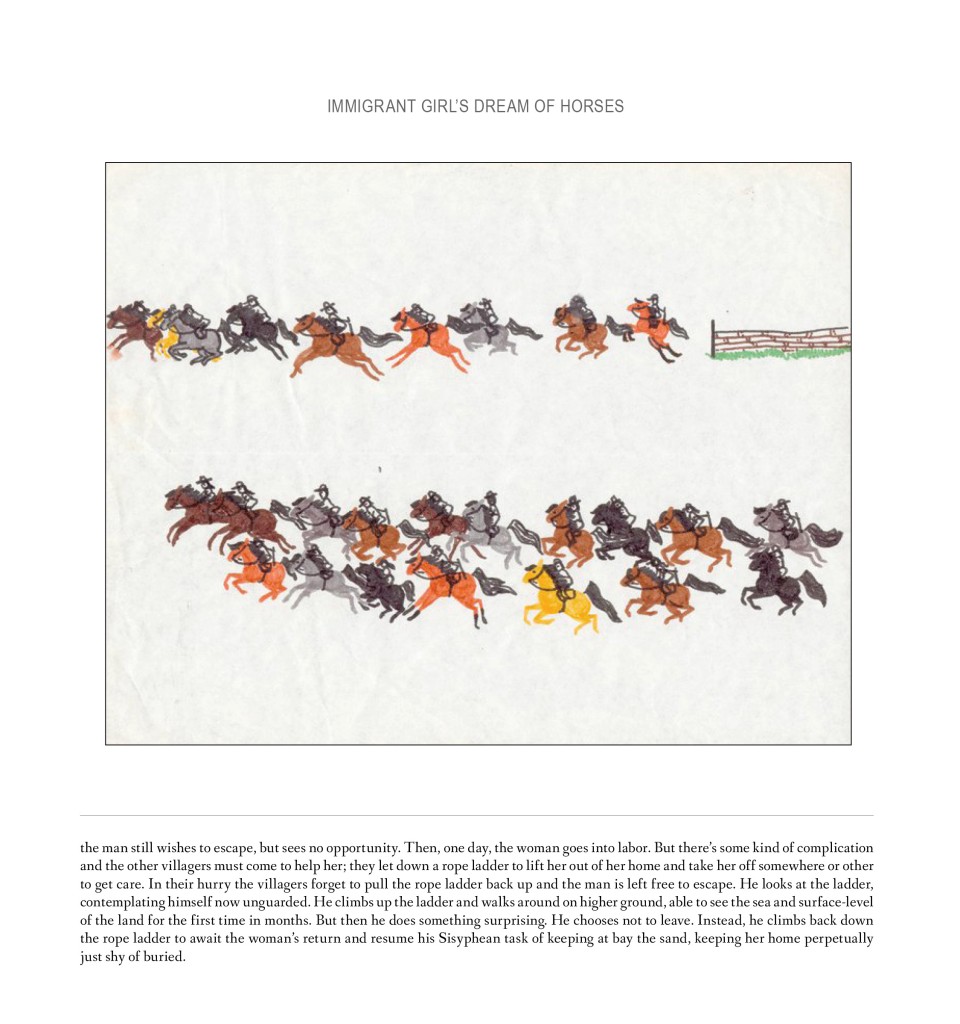
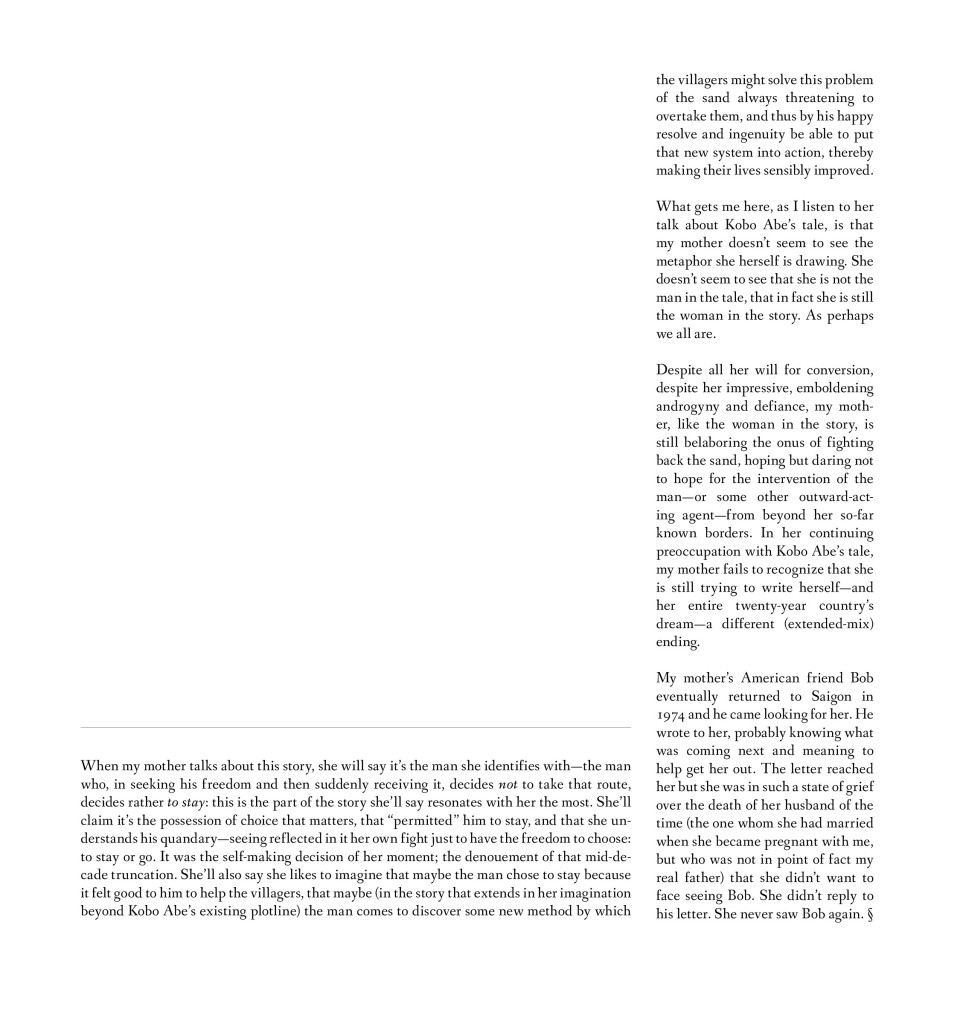

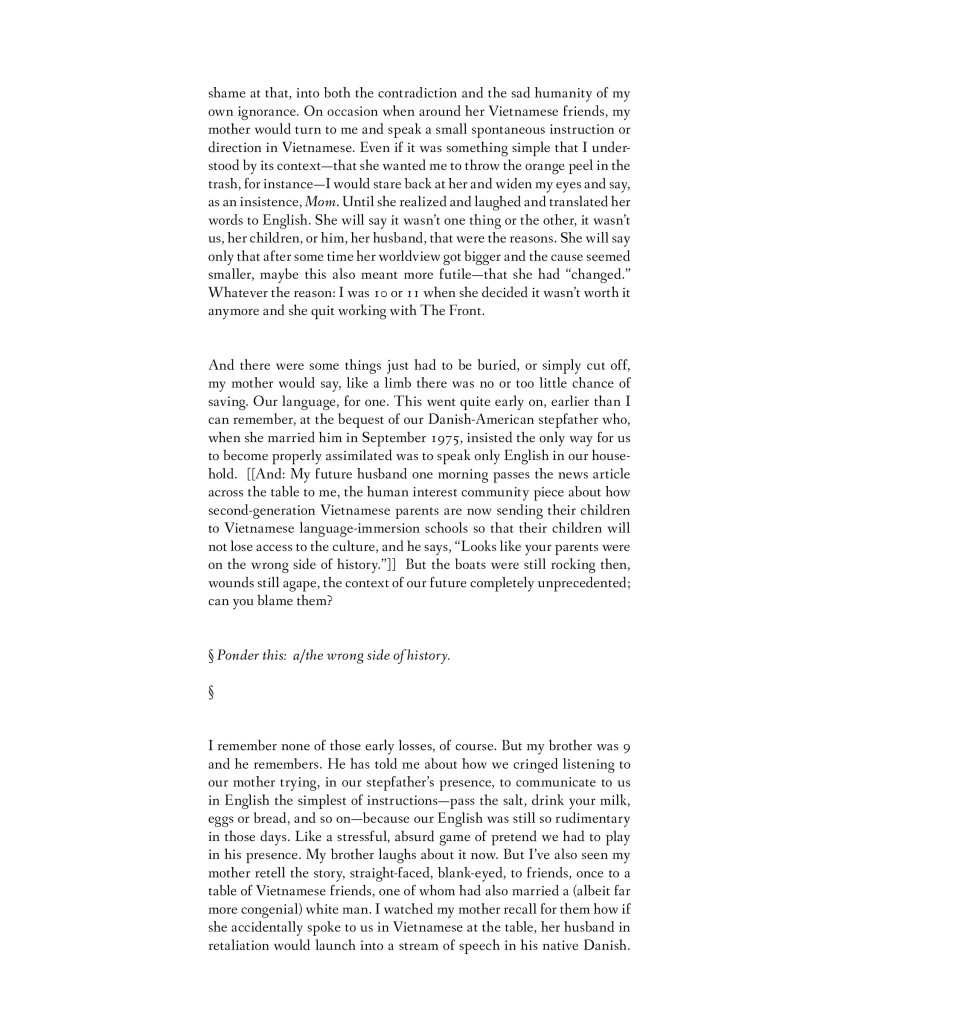




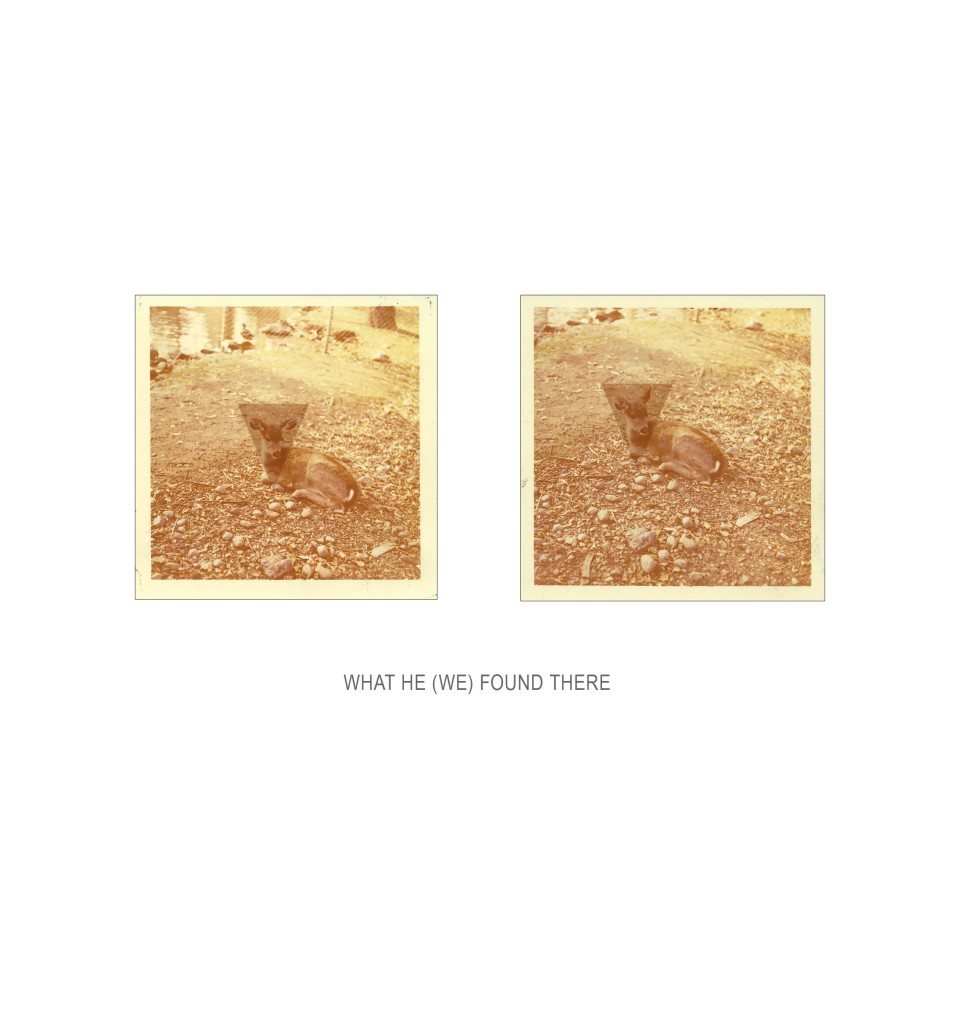
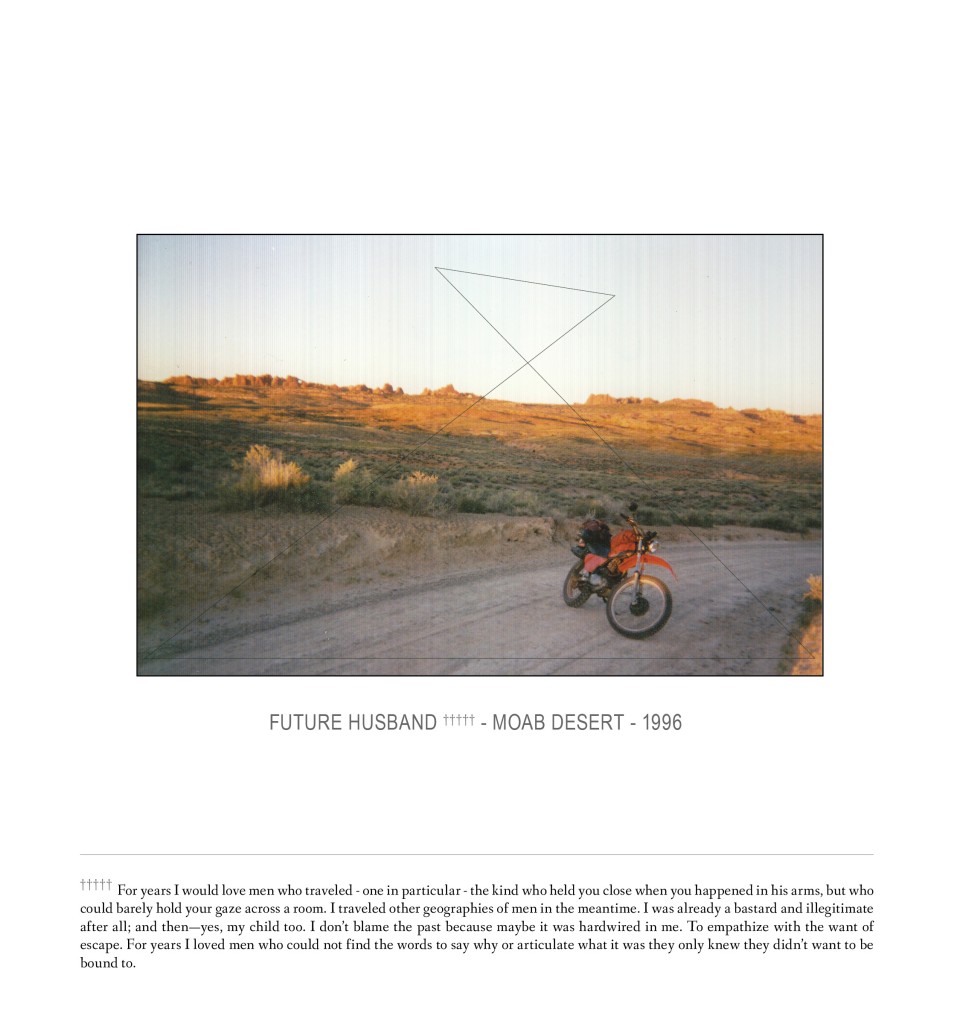




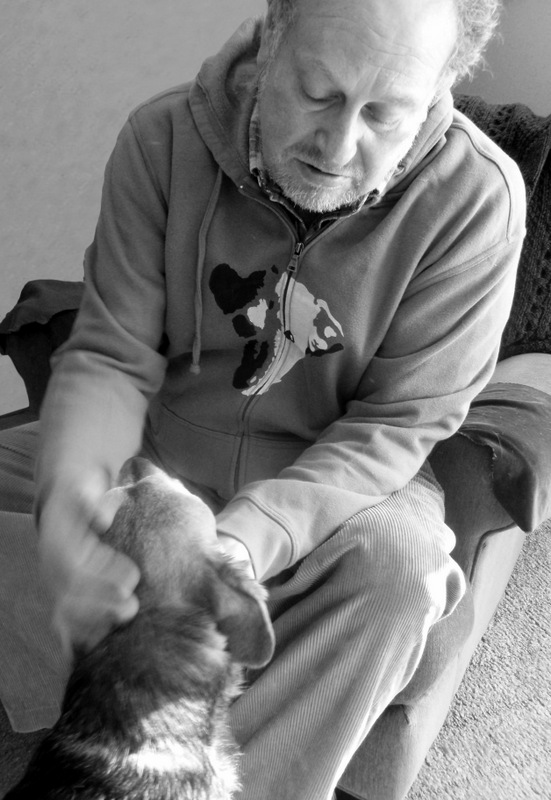




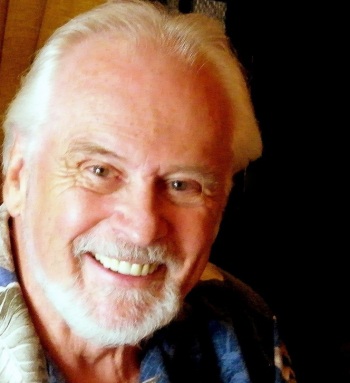
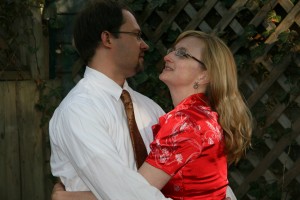 Michael and Kate
Michael and Kate


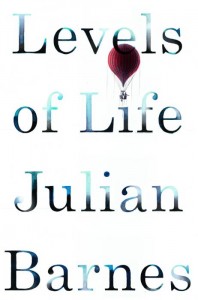
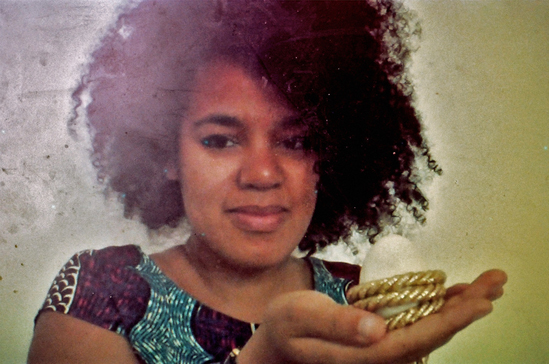






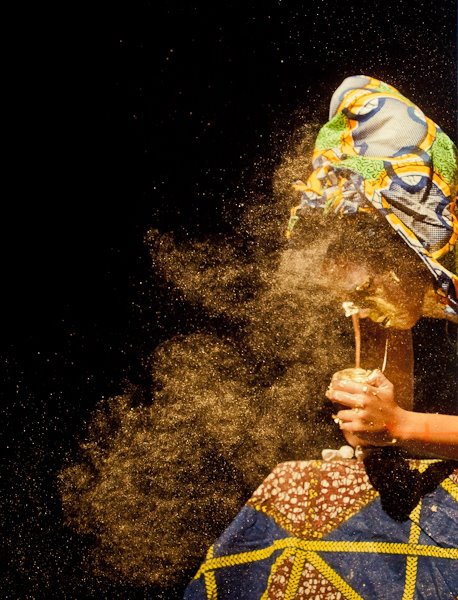
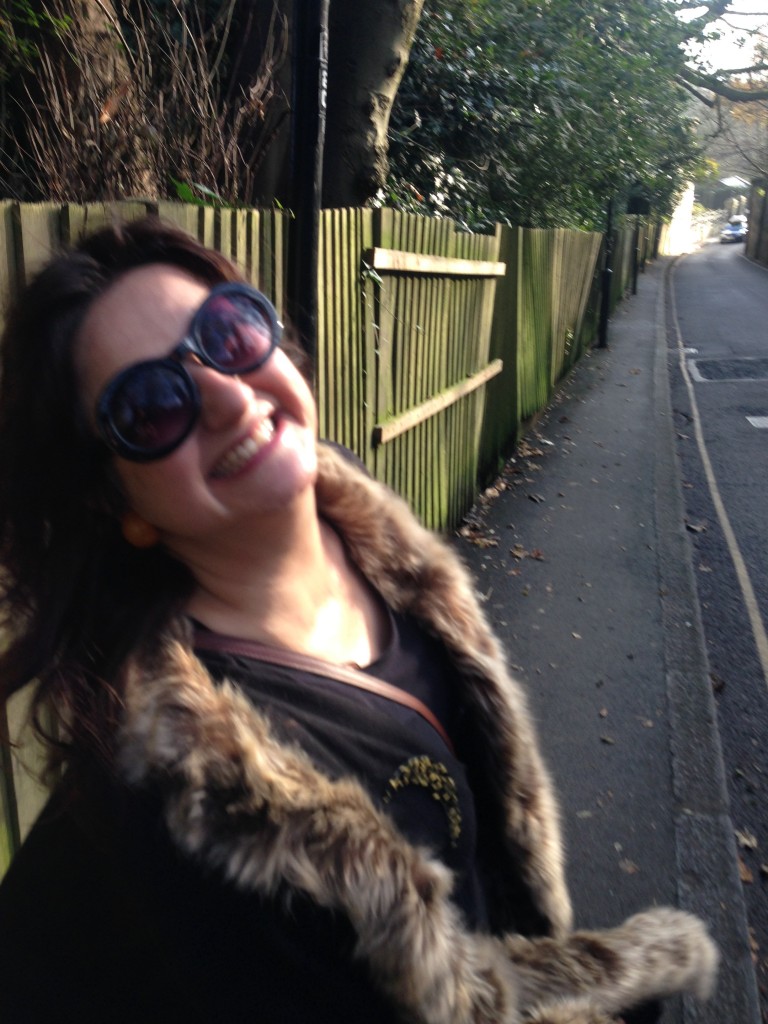




 Shambhavi Roy
Shambhavi Roy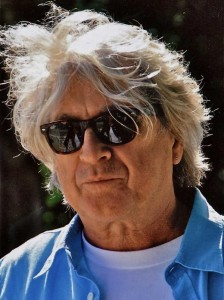
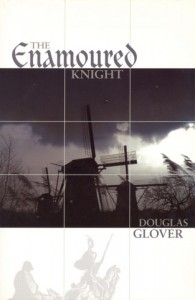
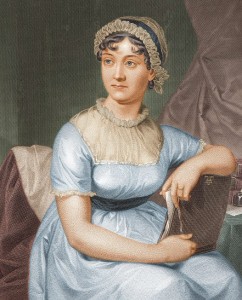
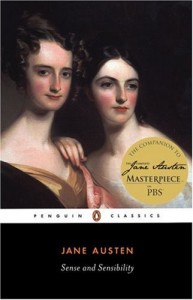


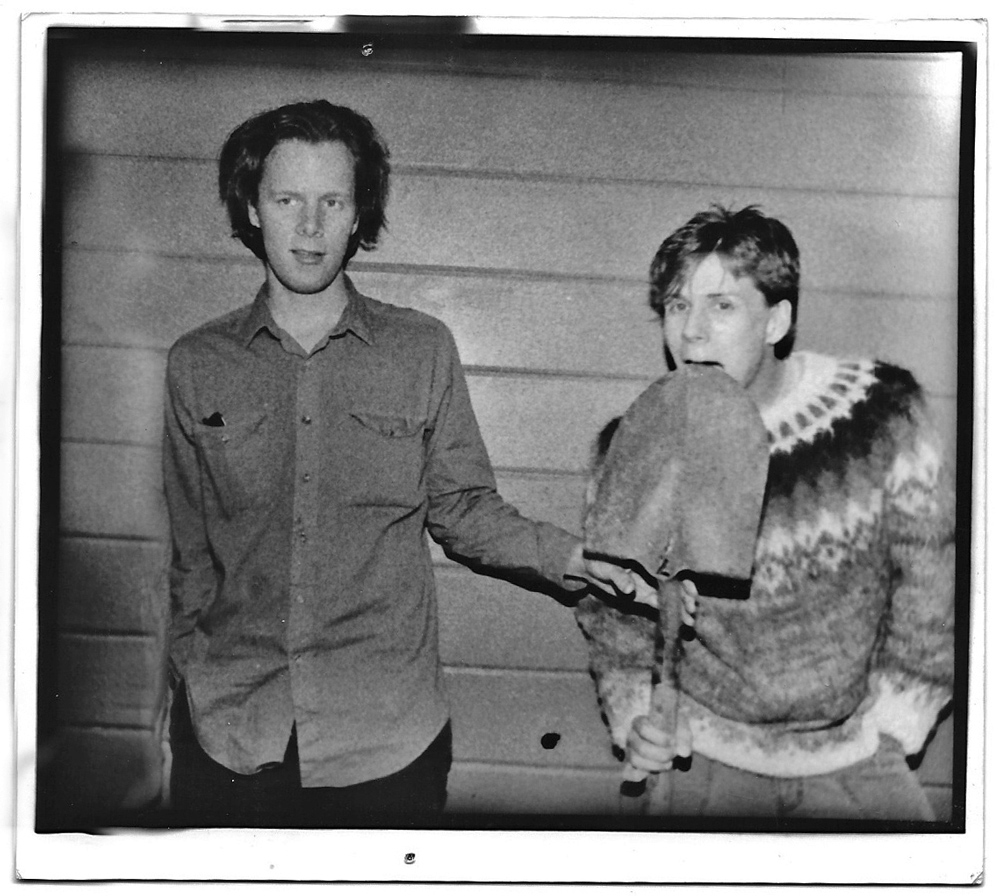 Chaulky White is the pen name given to the combined effort of
Chaulky White is the pen name given to the combined effort of 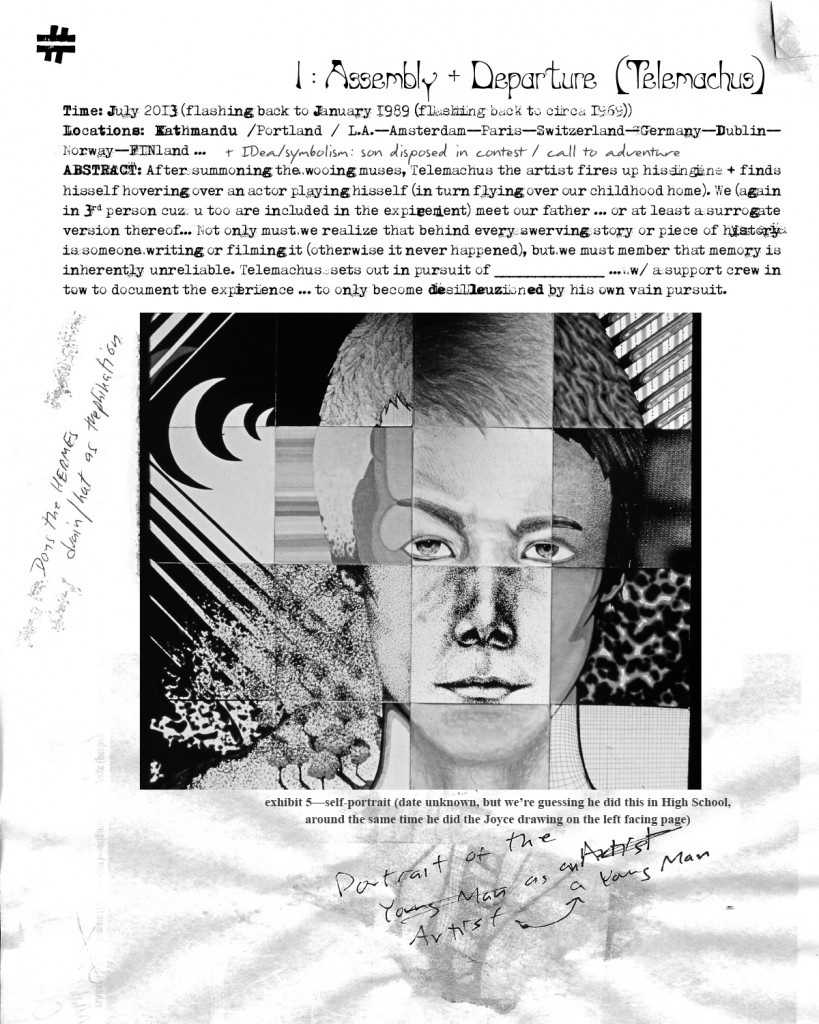
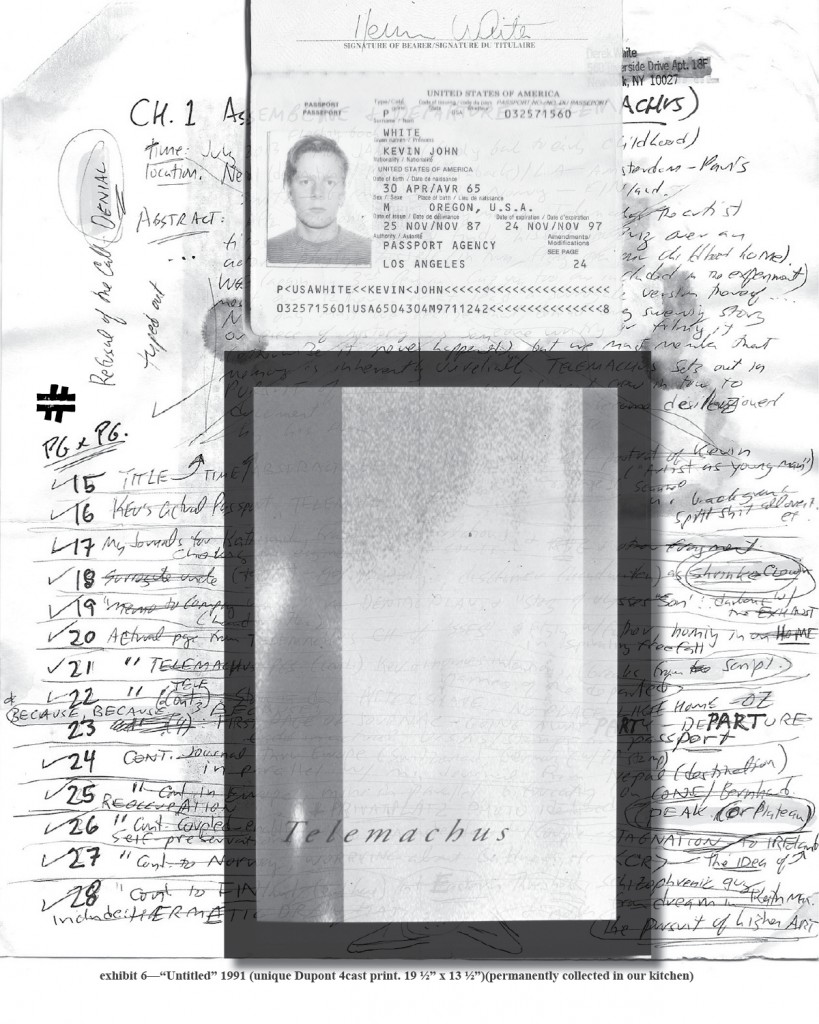
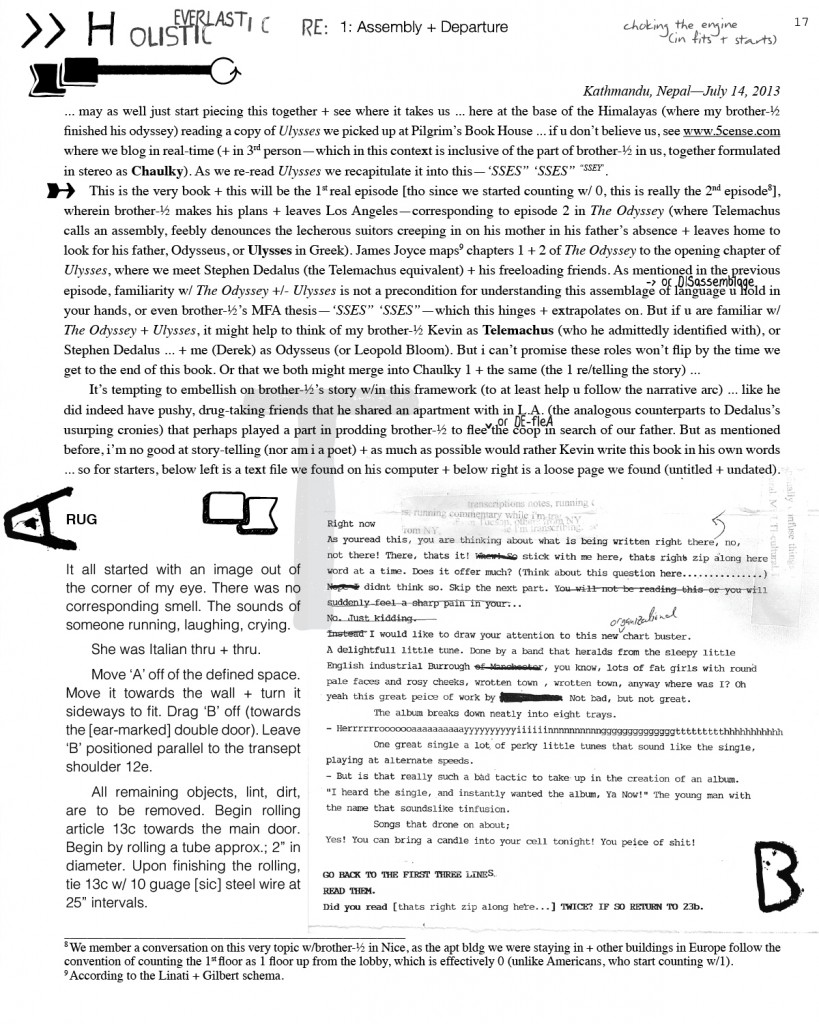
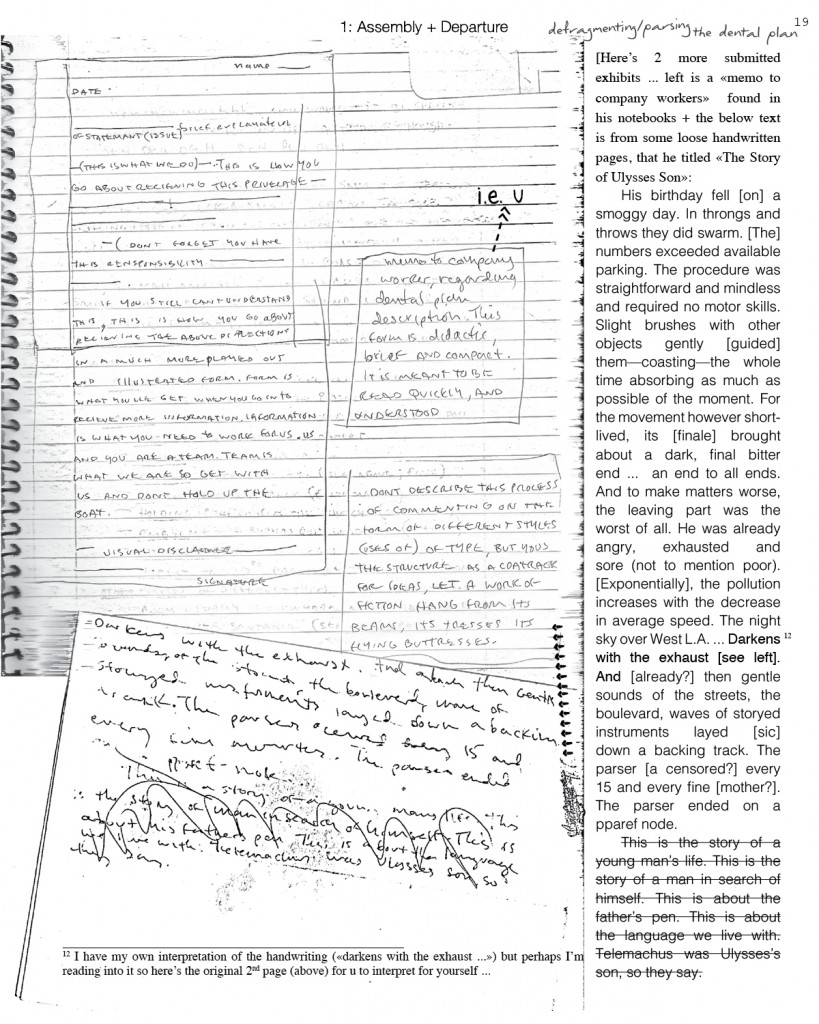
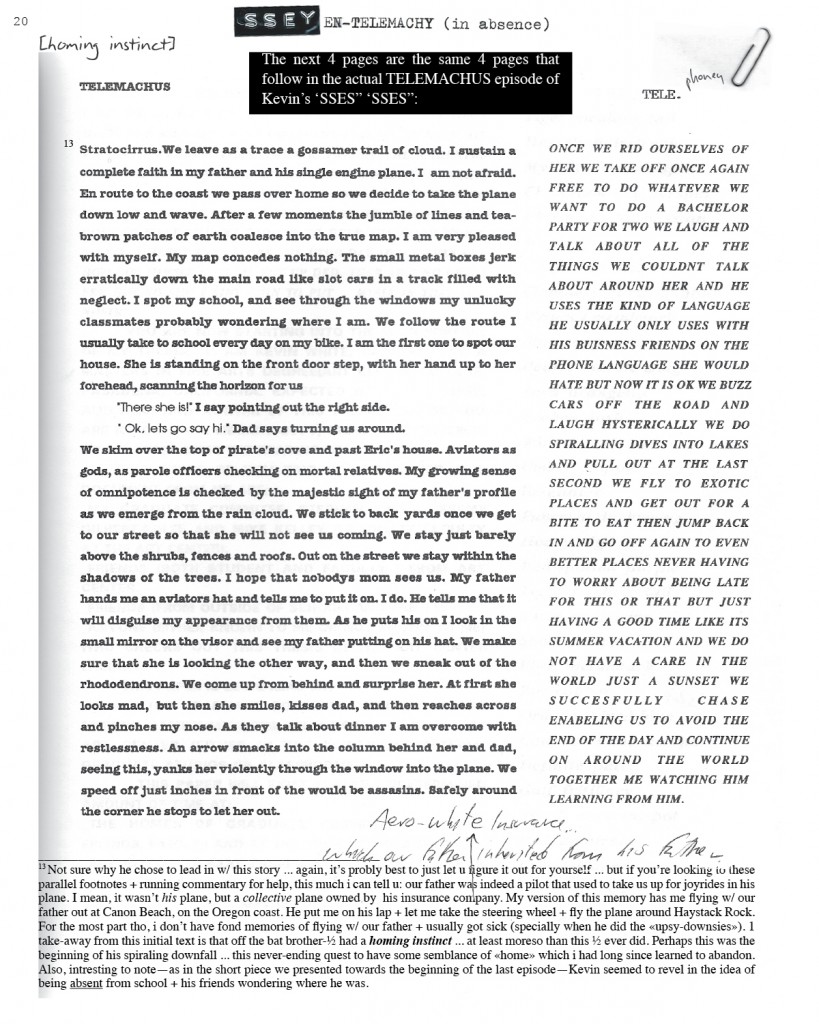

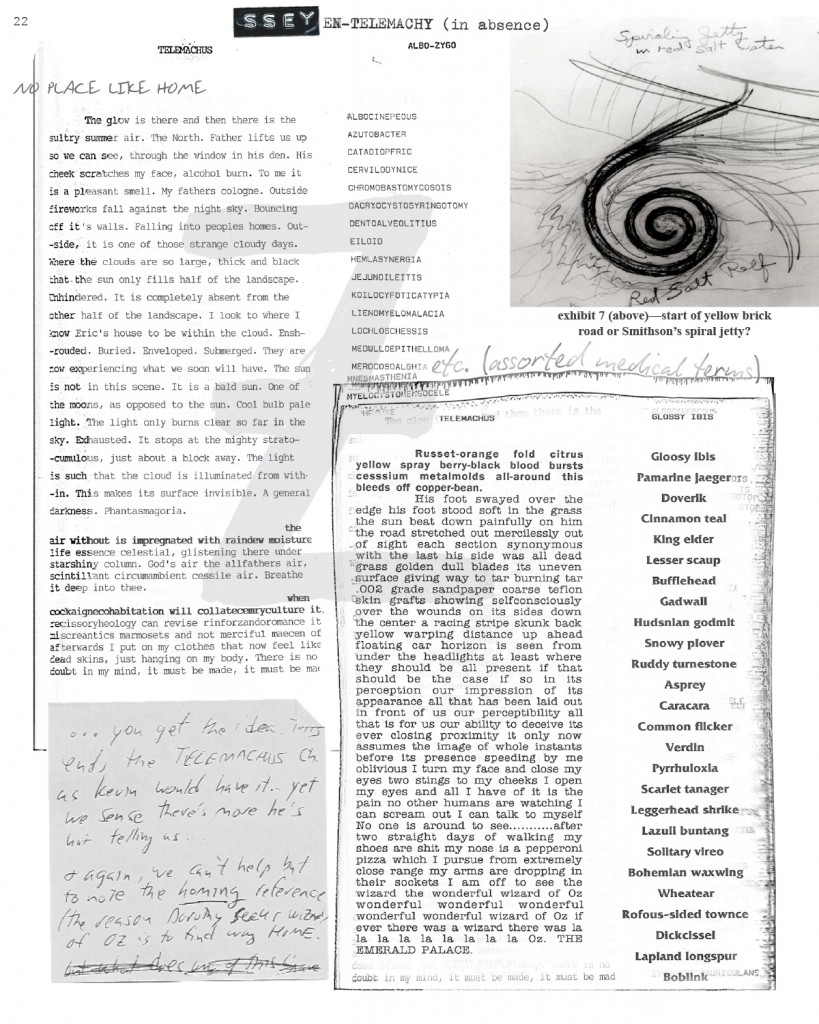
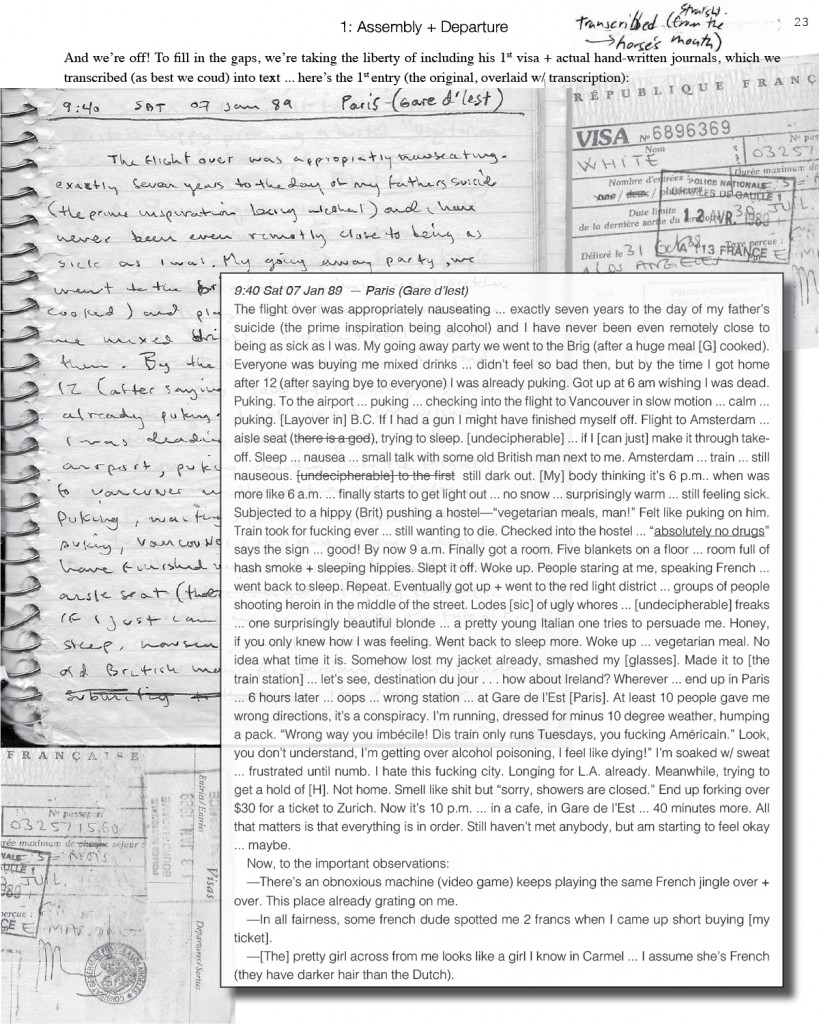
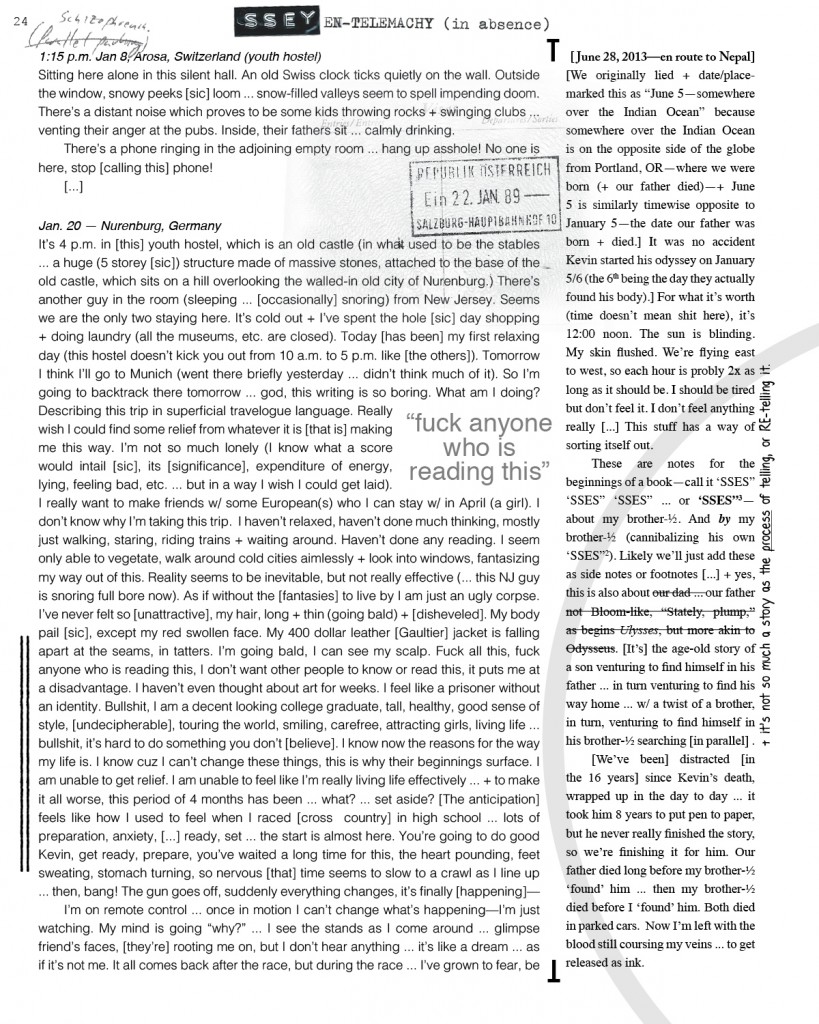
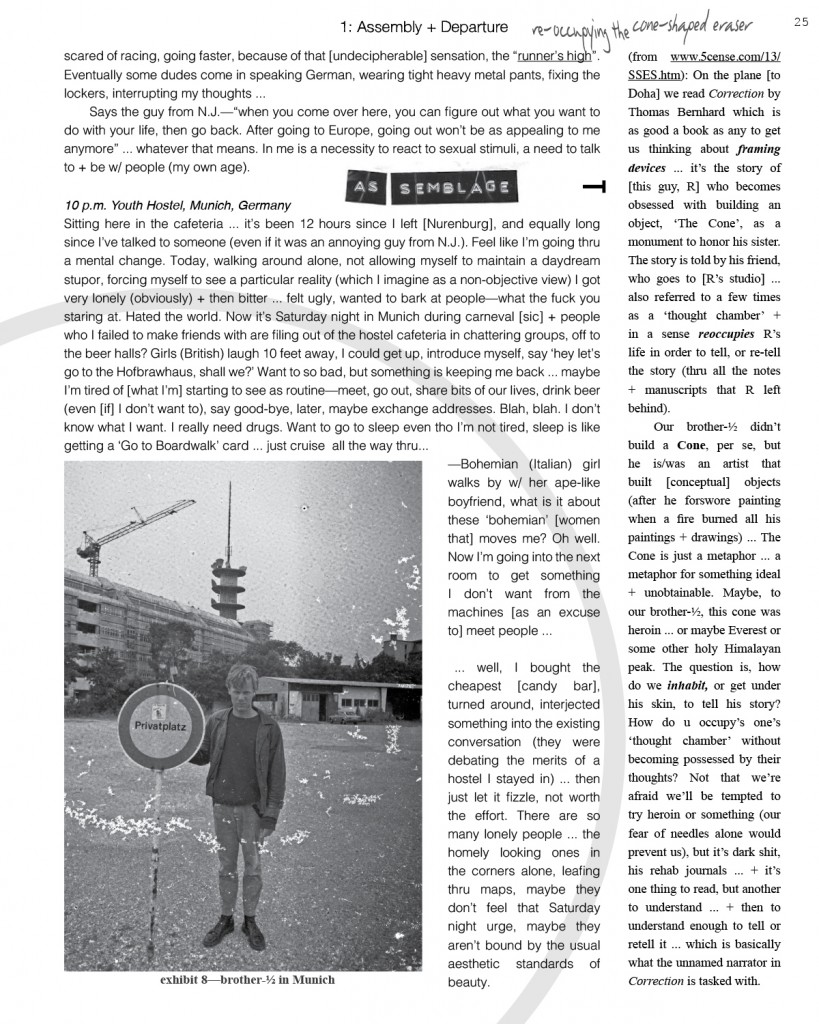
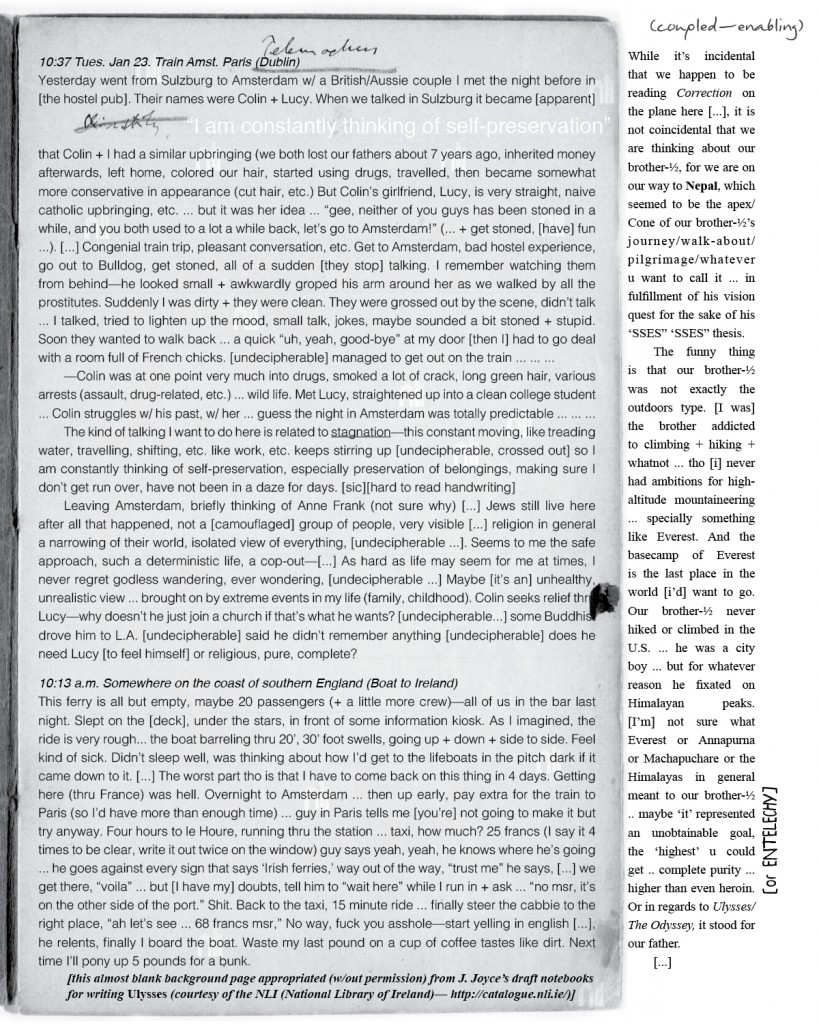
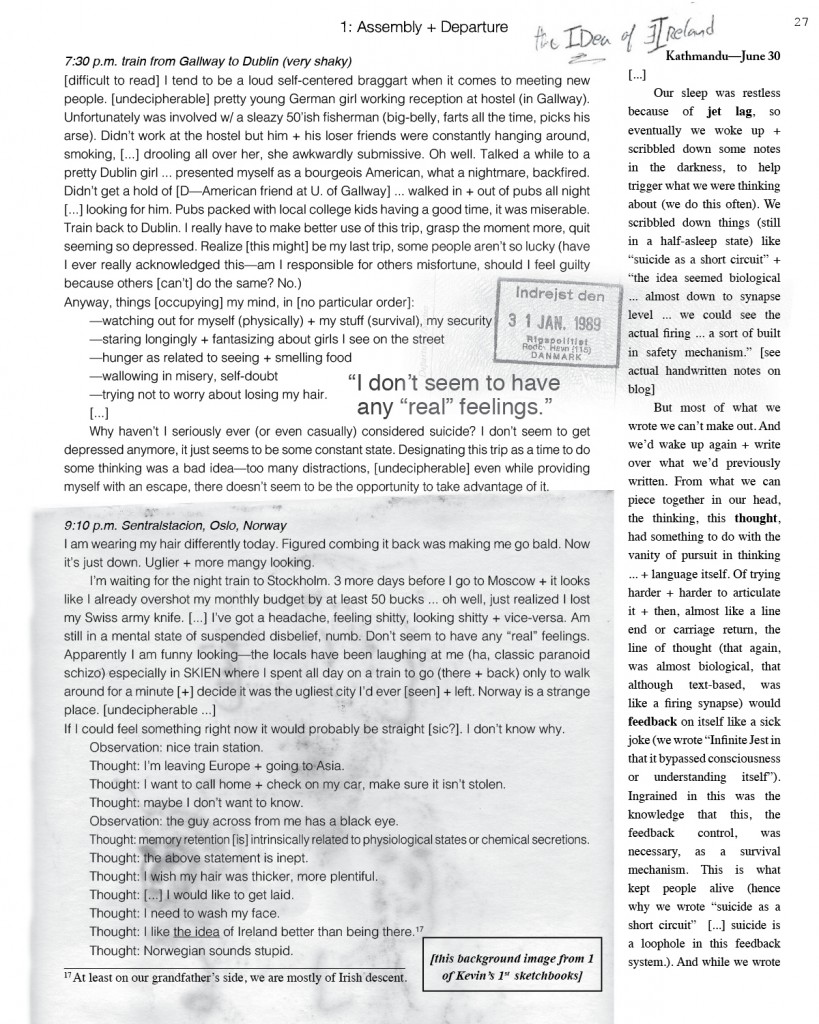
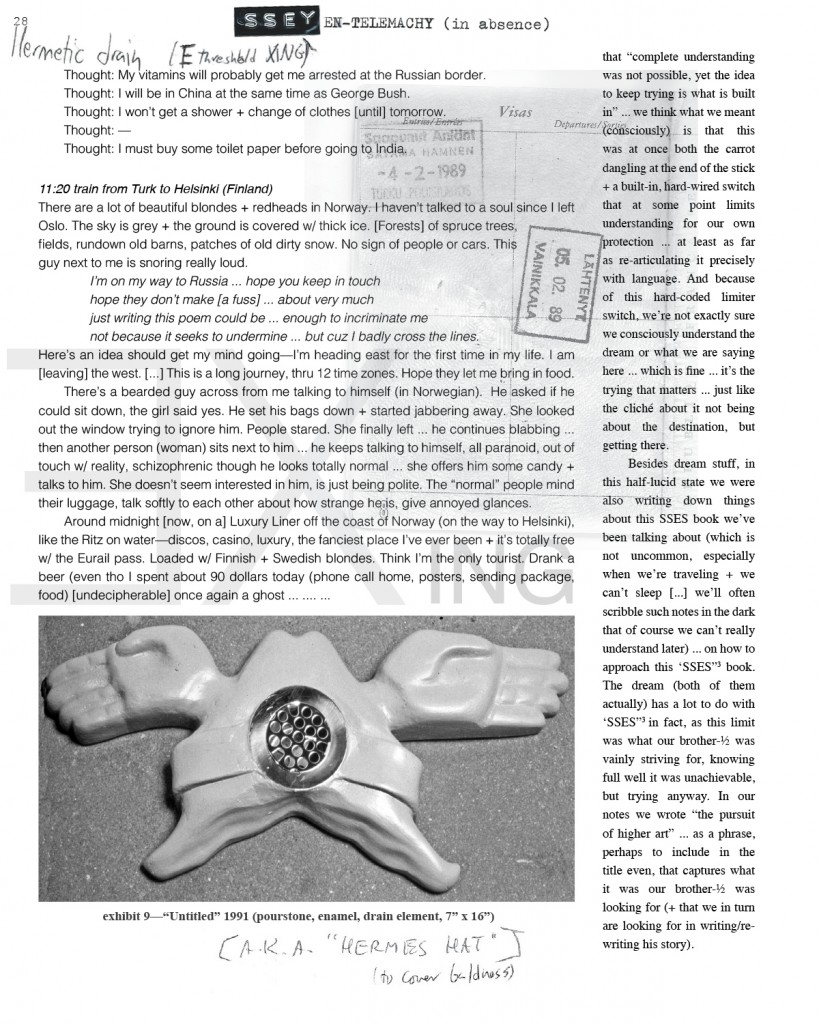

 Oedipus and the Sphinx (detail) by Gustave Moreau
Oedipus and the Sphinx (detail) by Gustave Moreau Karin Fossum
Karin Fossum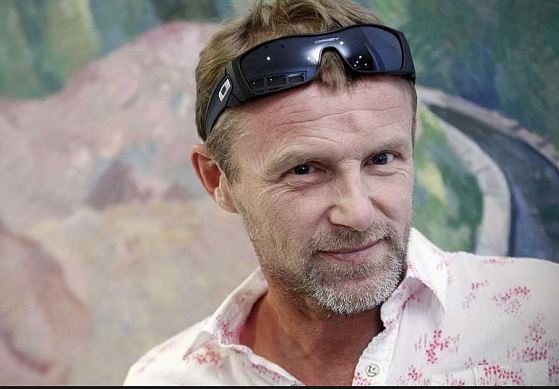 Jo Nesbø
Jo Nesbø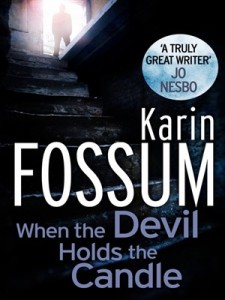



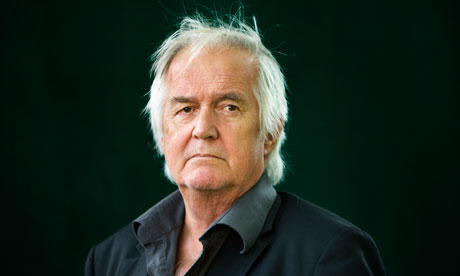
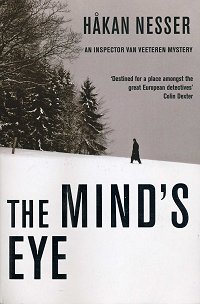
 Noomi Rapace as Lisbeth Salander in The Girl with the Dragon Tattoo.
Noomi Rapace as Lisbeth Salander in The Girl with the Dragon Tattoo.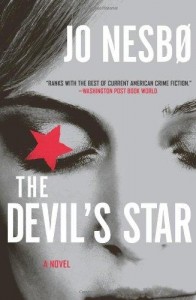

 Lisa Moore
Lisa Moore
 Figure 1. Steven Smulka. “Solar System.” 2011, Oil on Linen, 76.2 x 116.8 cm.
Figure 1. Steven Smulka. “Solar System.” 2011, Oil on Linen, 76.2 x 116.8 cm. Figure 2. Ralph Goings. “Double Ketchup.” 2006, Pigmented Inkjet on rag paper. 22×32.75 in. Edition of 30.
Figure 2. Ralph Goings. “Double Ketchup.” 2006, Pigmented Inkjet on rag paper. 22×32.75 in. Edition of 30. Figure 3. Randy Dudley. “Coney Island Creek at Corpse Ave.” 1988, Oil on Canvas. 28 1/2 x 54 in.
Figure 3. Randy Dudley. “Coney Island Creek at Corpse Ave.” 1988, Oil on Canvas. 28 1/2 x 54 in. Figure 4. Tjalf Sparnaay. “Vaatwasser” (“Dishwasher”). 1998, oil on canvas, 185 x125 cm.
Figure 4. Tjalf Sparnaay. “Vaatwasser” (“Dishwasher”). 1998, oil on canvas, 185 x125 cm. Figure 5. Tjalf Sparnaay. “Girl with a Pearl Earring in Plastic”. 2002, oil on canvas, 75 x 60 cm.
Figure 5. Tjalf Sparnaay. “Girl with a Pearl Earring in Plastic”. 2002, oil on canvas, 75 x 60 cm. Figure 6. Cynthia Poole. “Displaced Mints II.”2011. Acrylic on canvas. 100 x 120 cm.
Figure 6. Cynthia Poole. “Displaced Mints II.”2011. Acrylic on canvas. 100 x 120 cm. Figure 7. Tom Martin. “One of Five.” 2009, Acrylic on panel, 90 x 90 cm.
Figure 7. Tom Martin. “One of Five.” 2009, Acrylic on panel, 90 x 90 cm.
